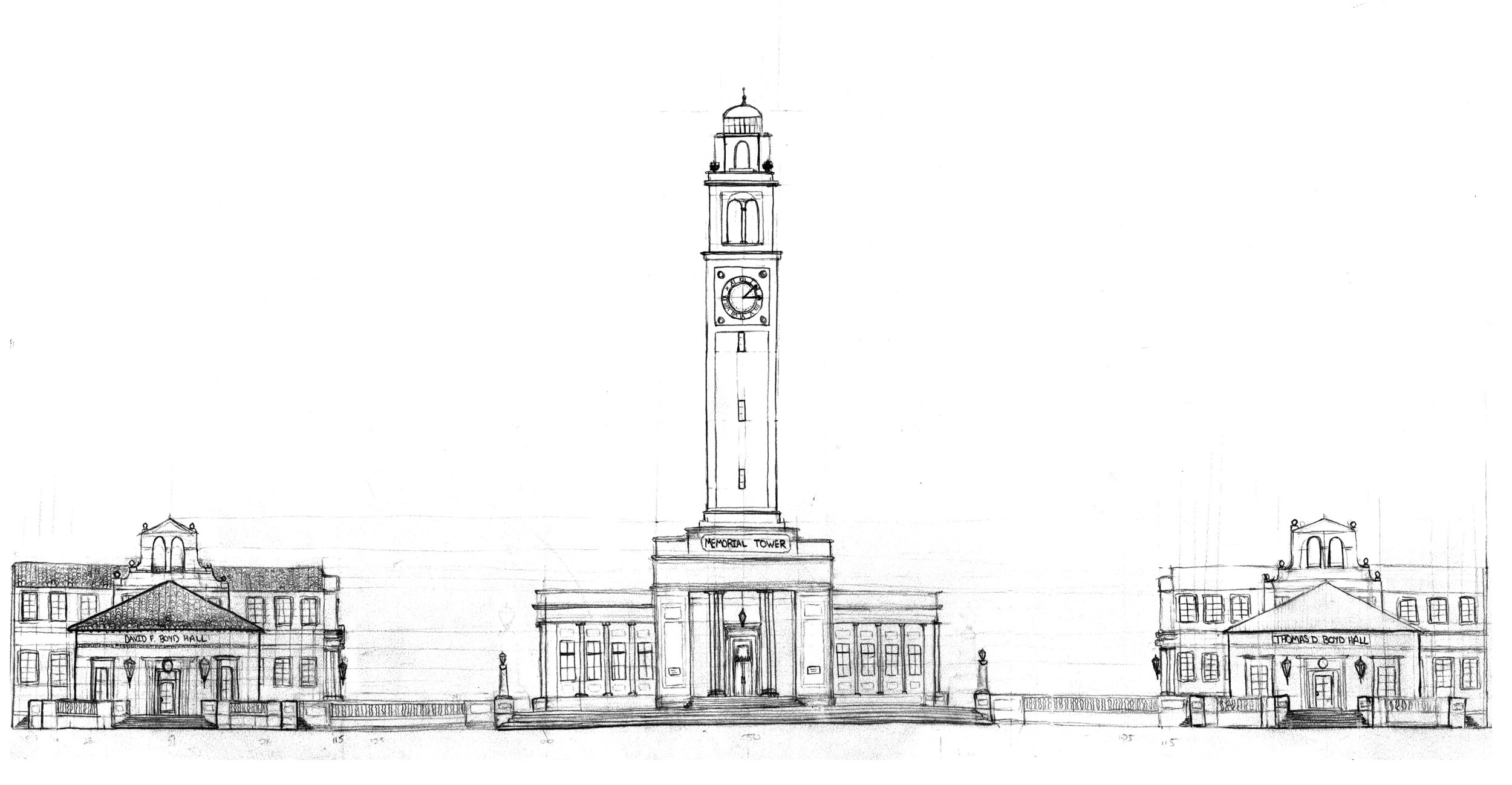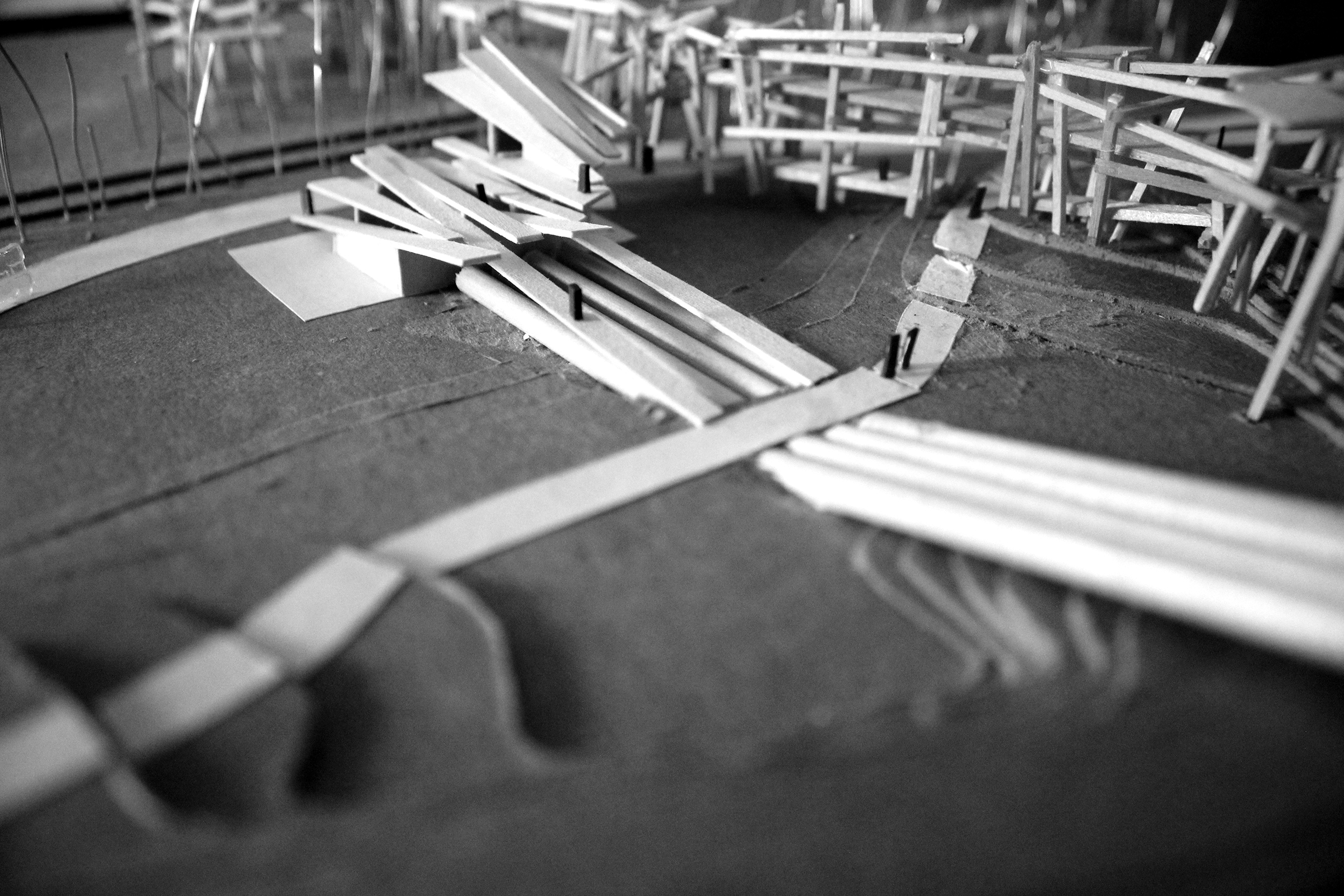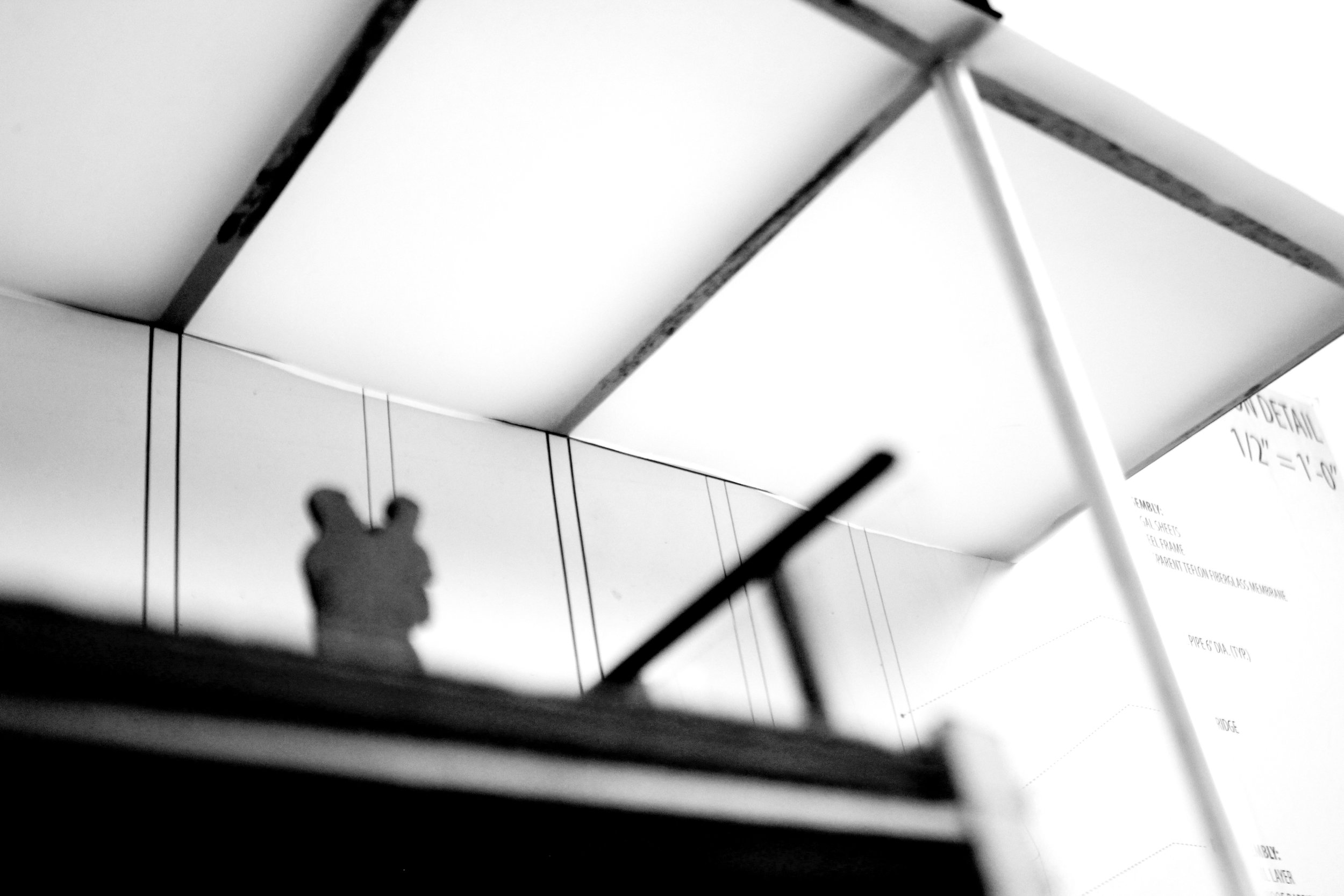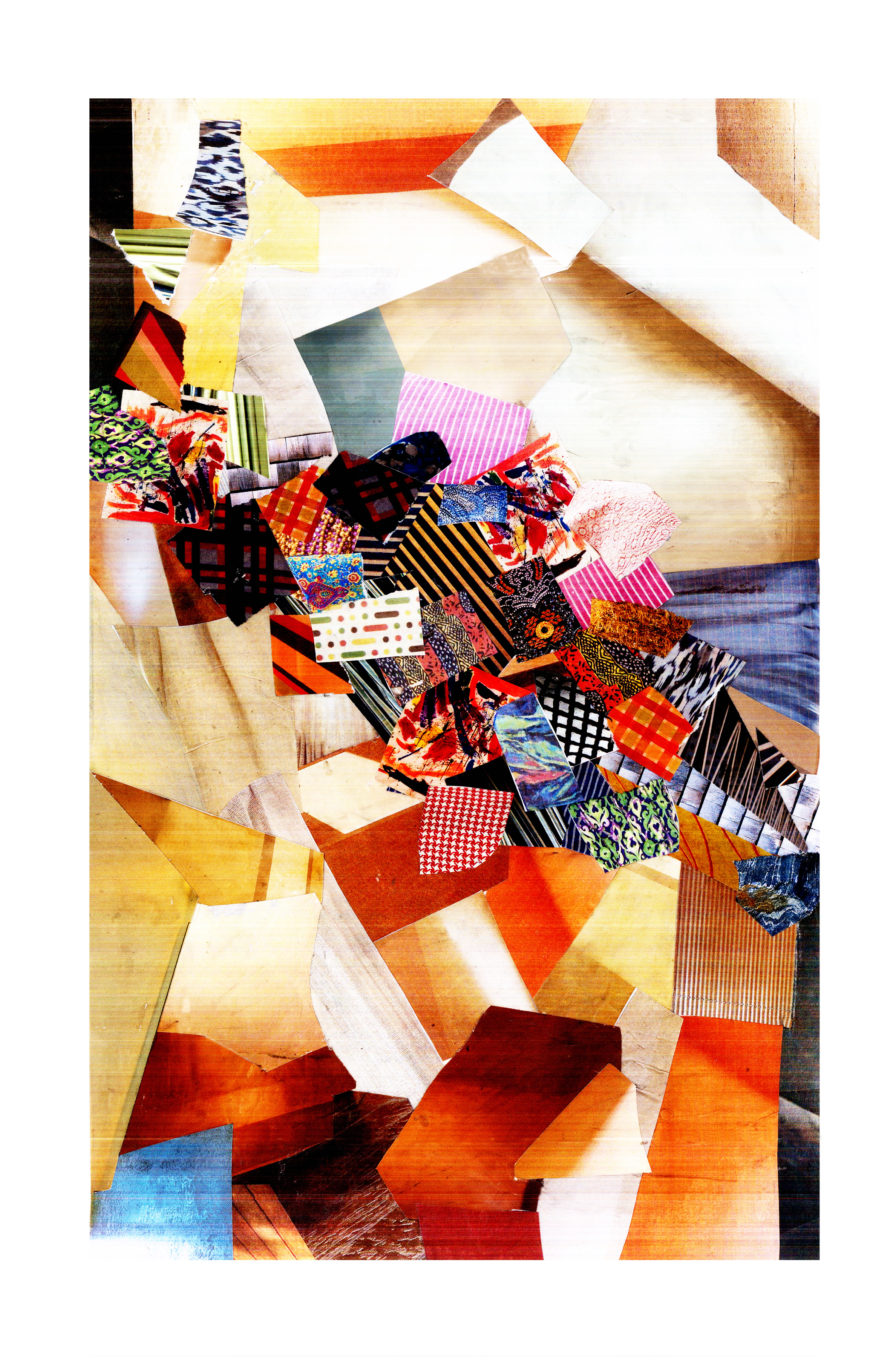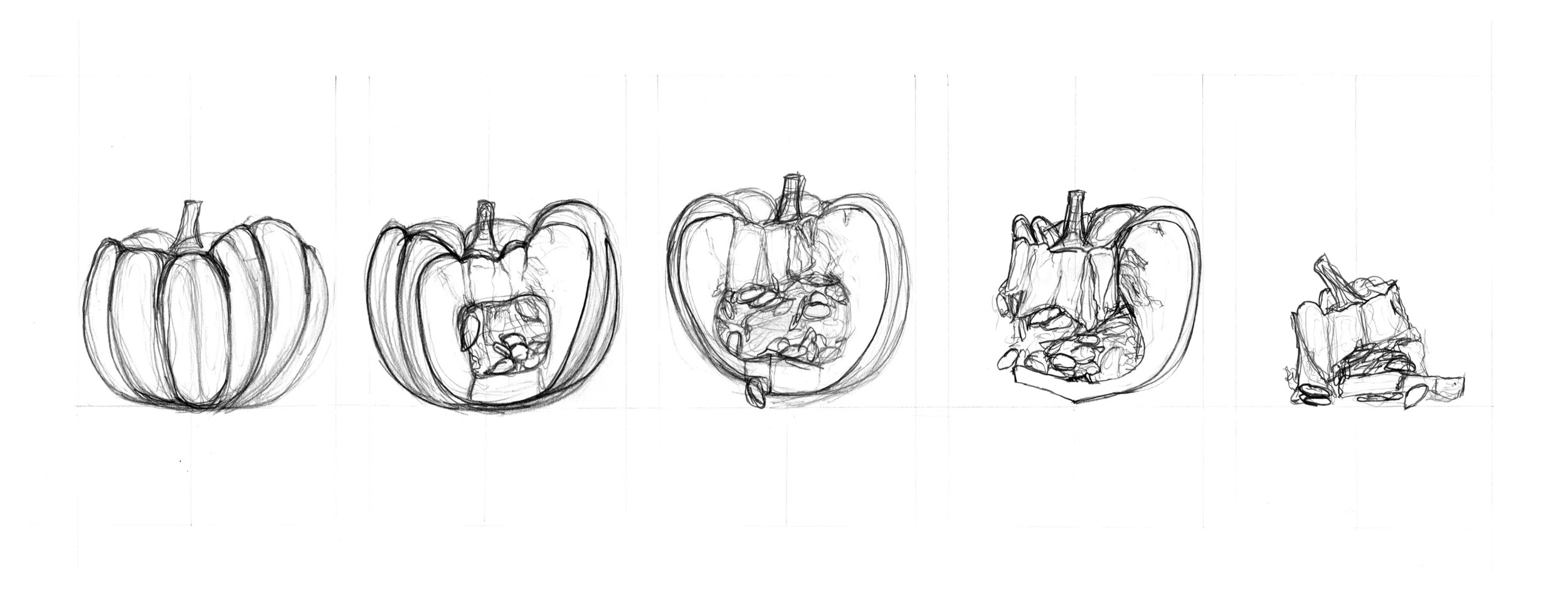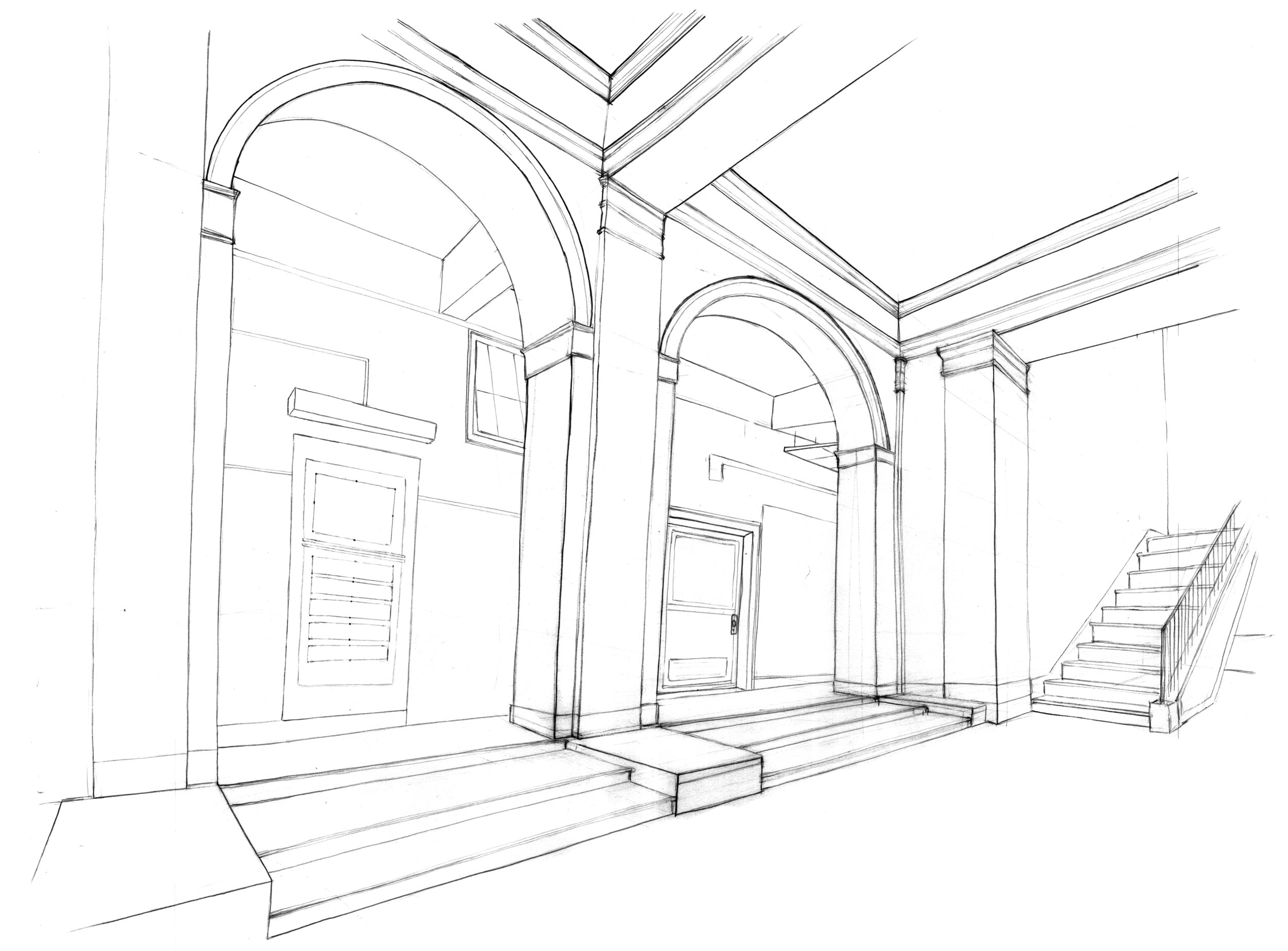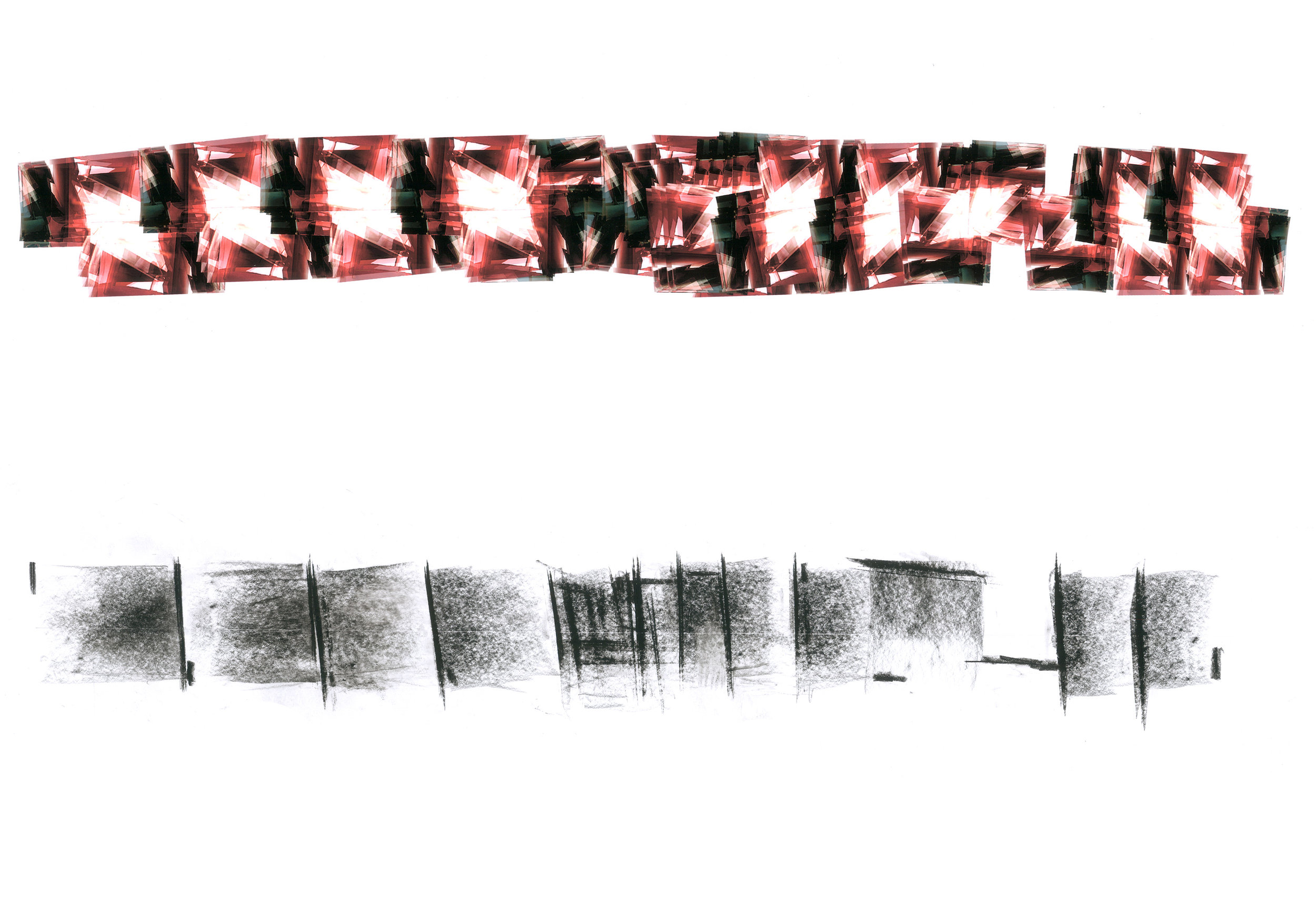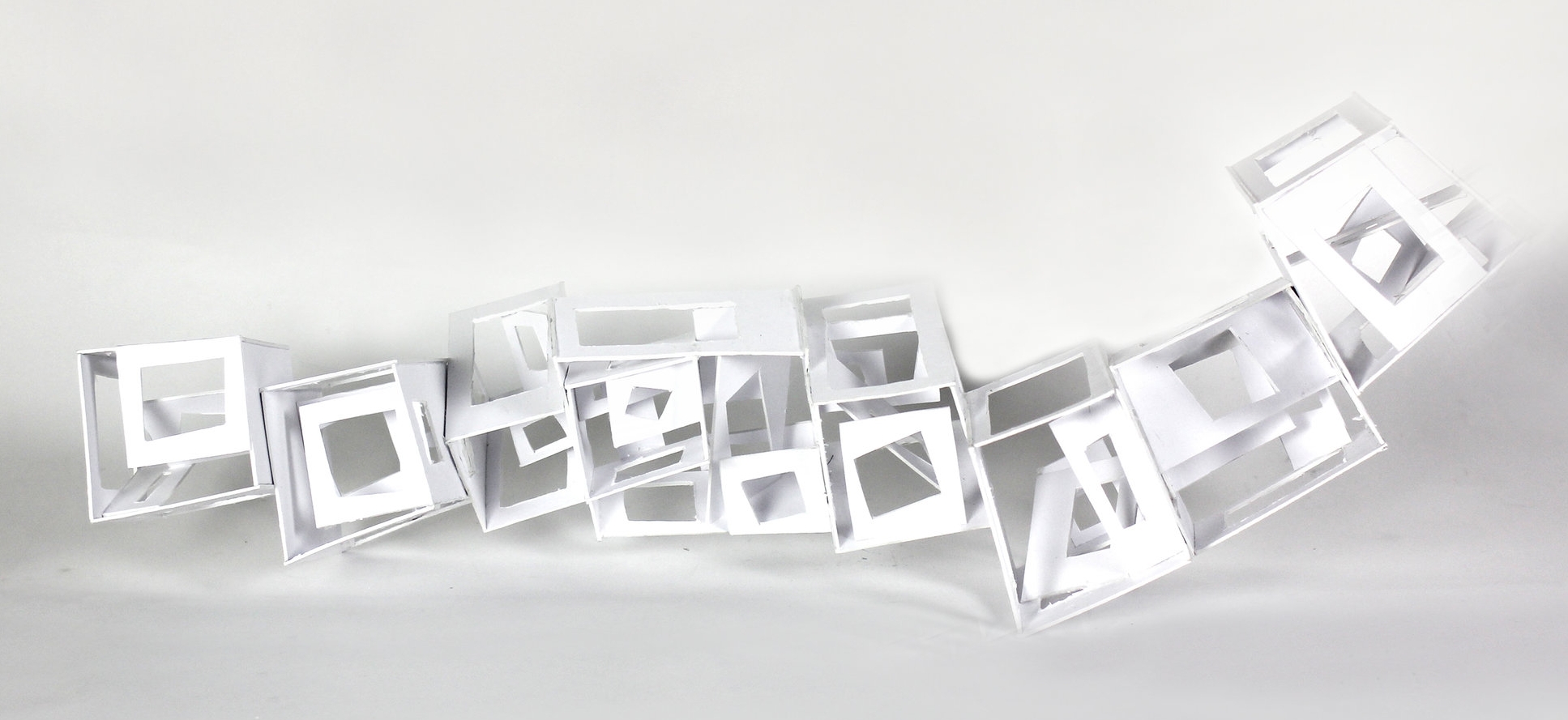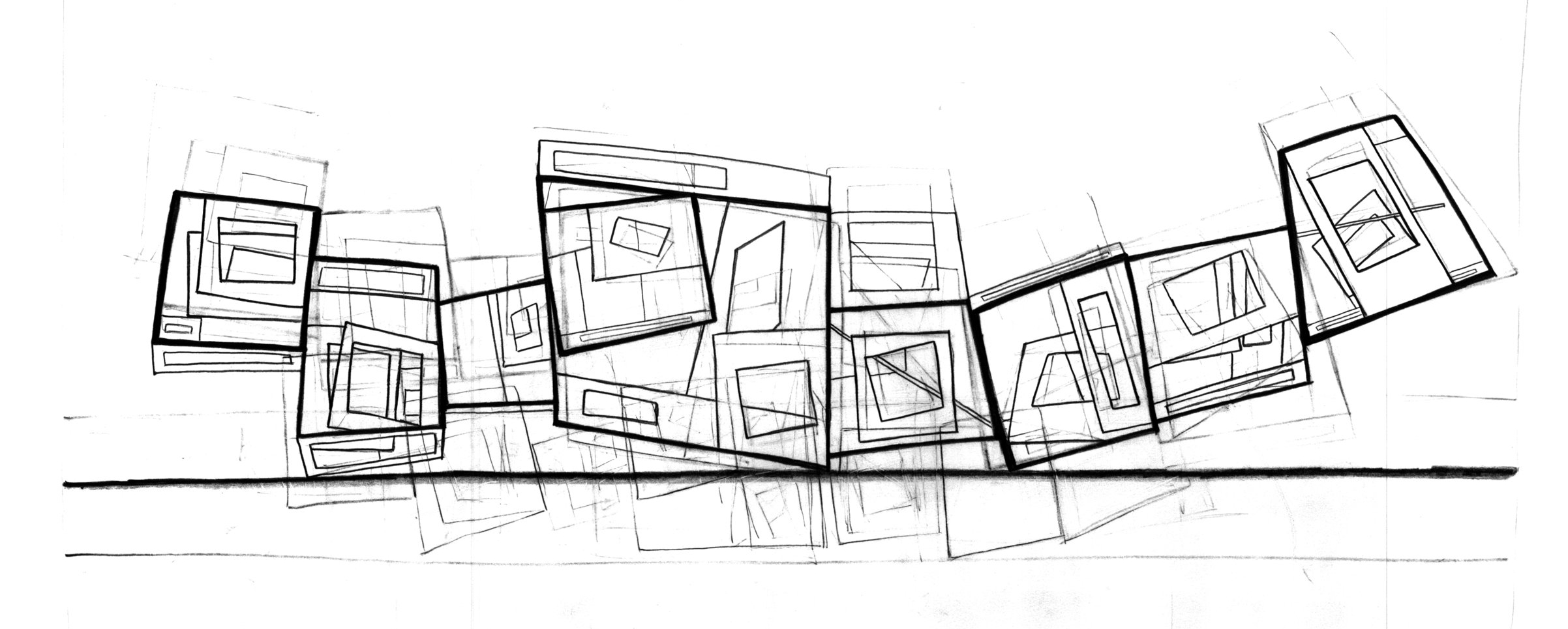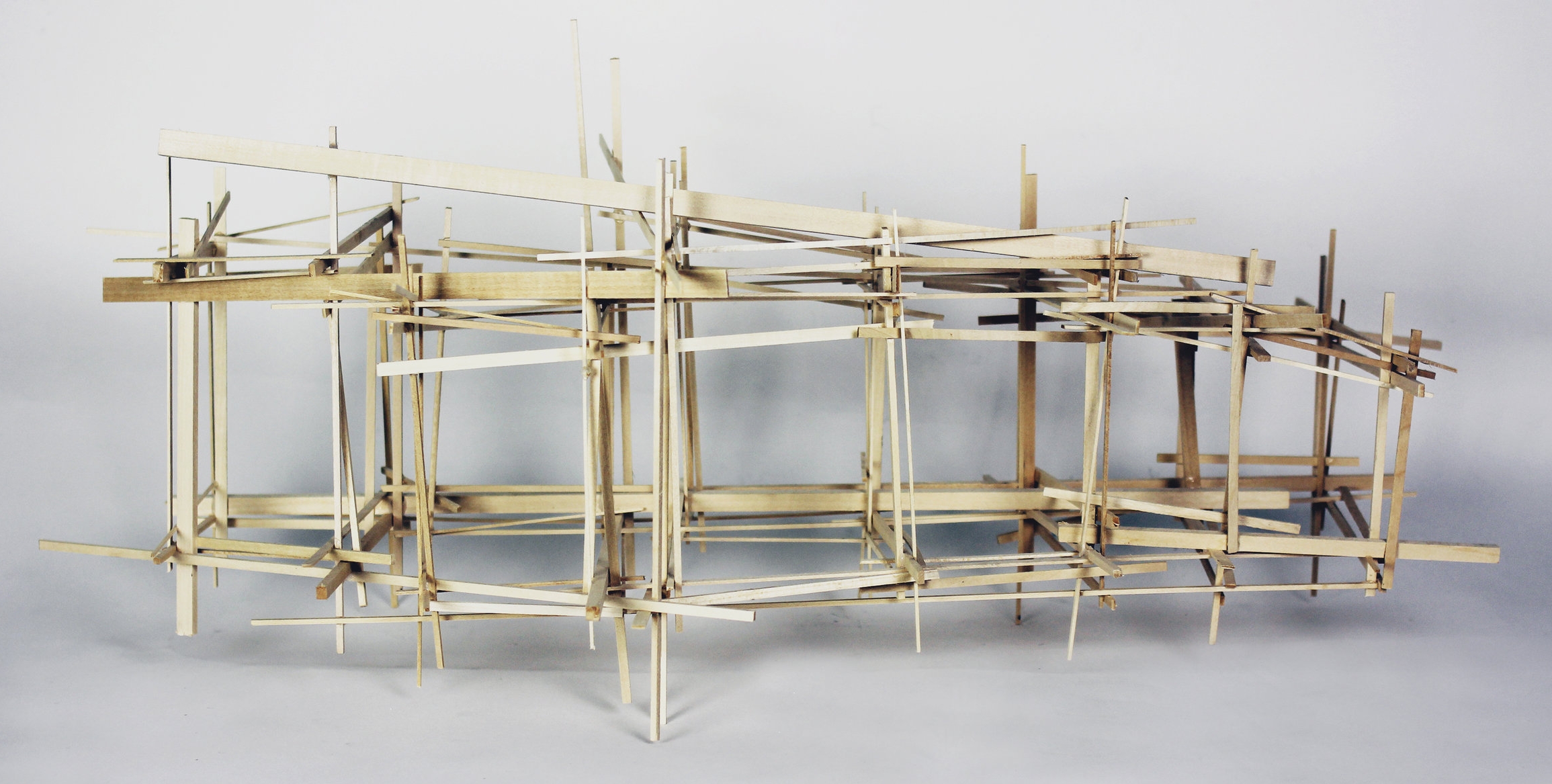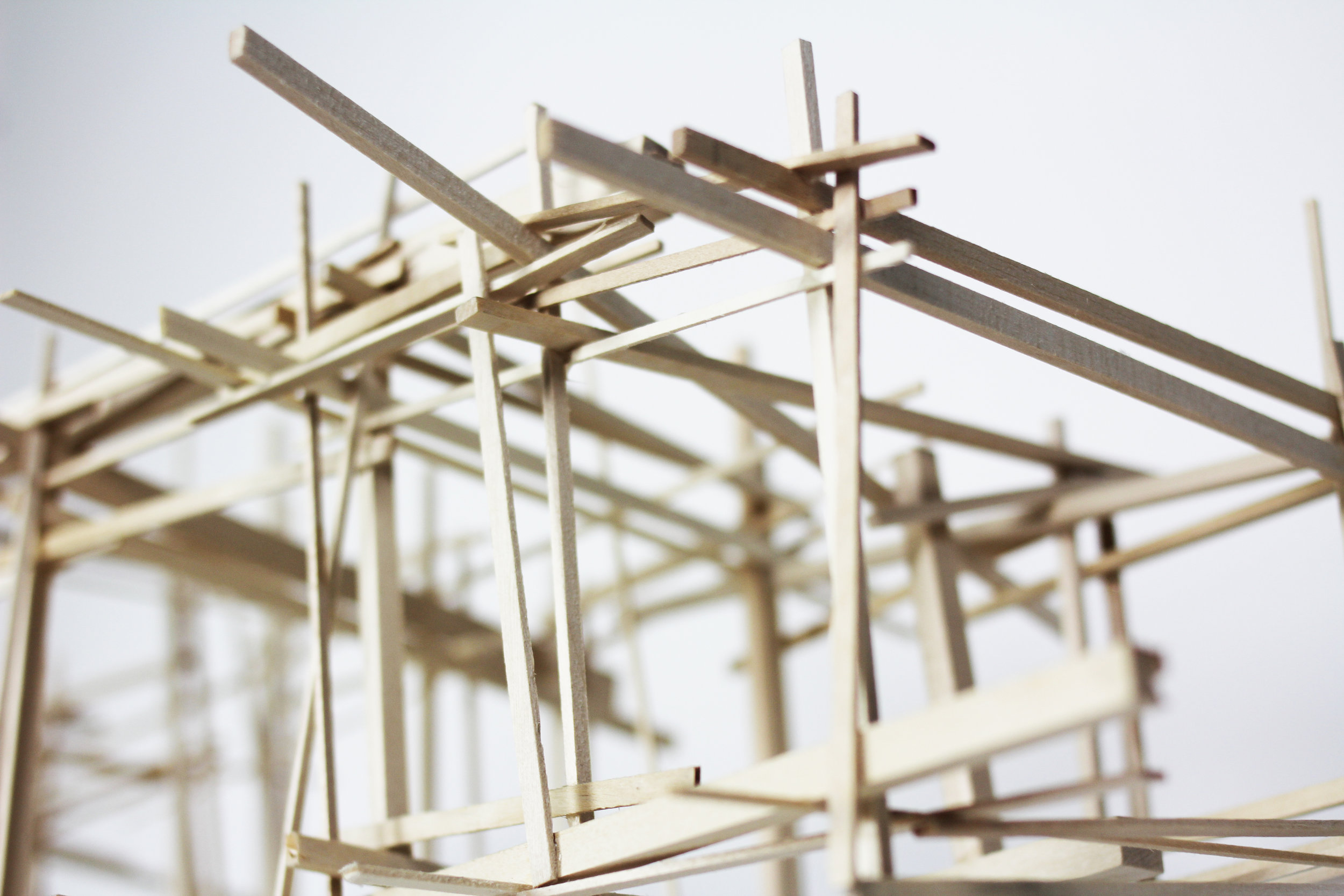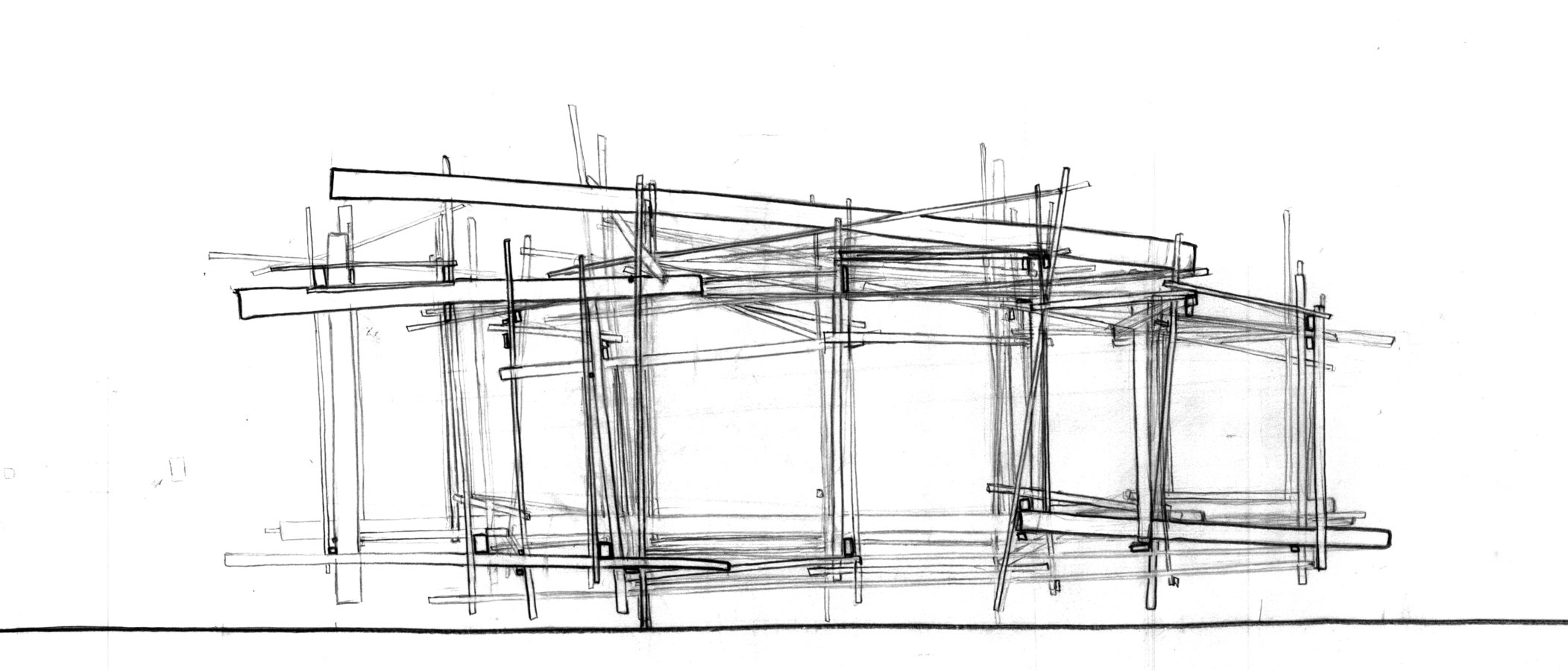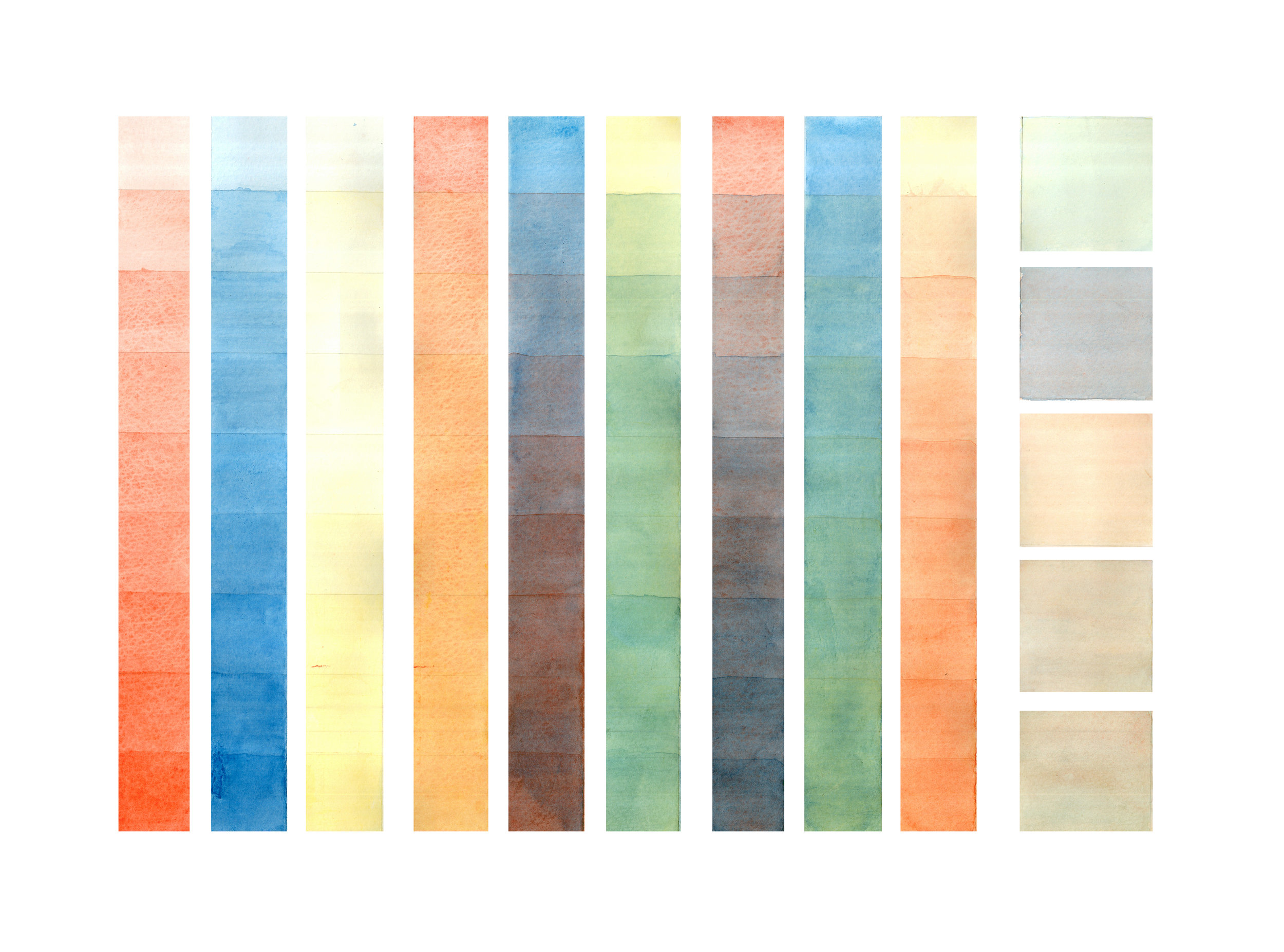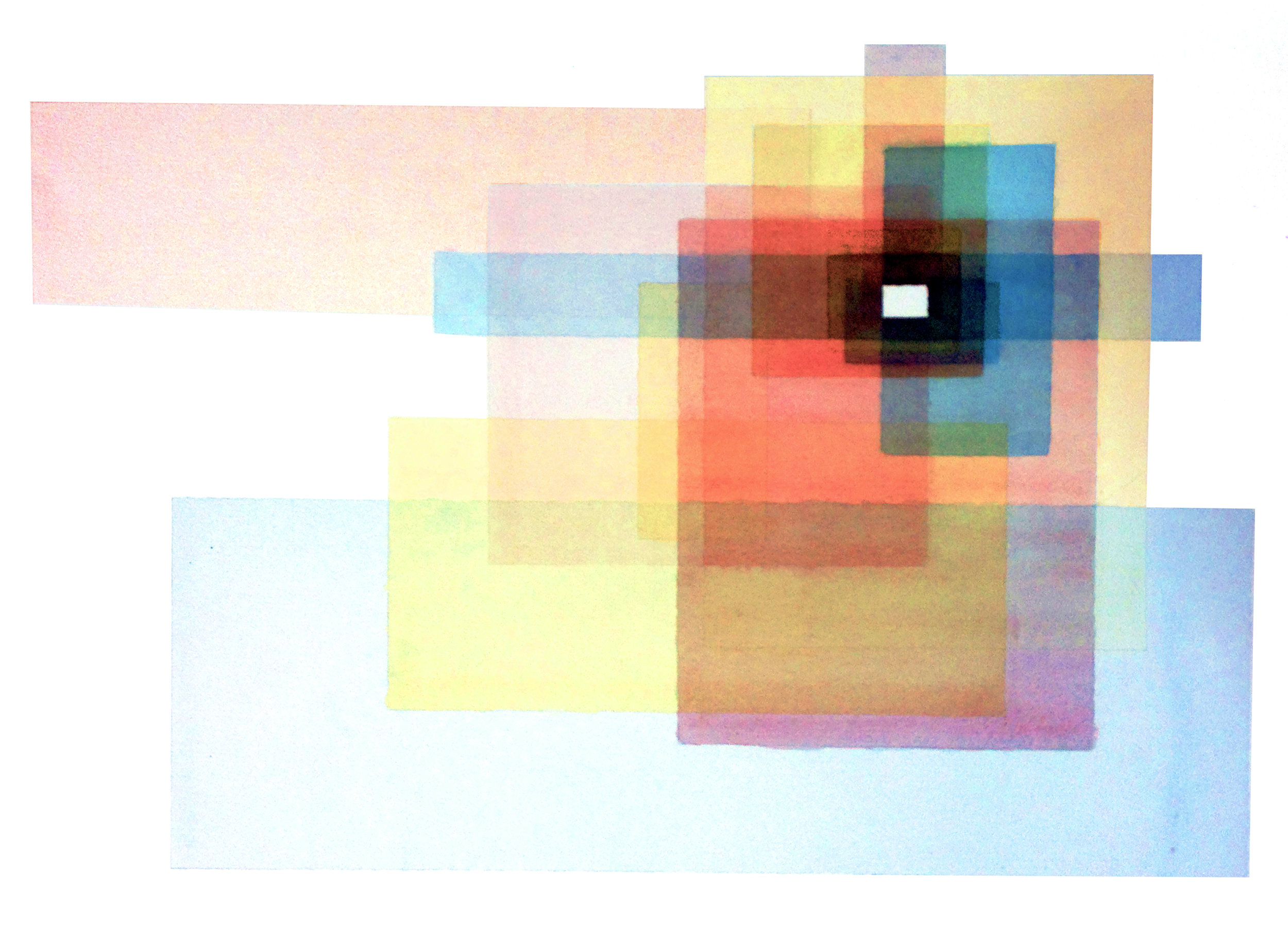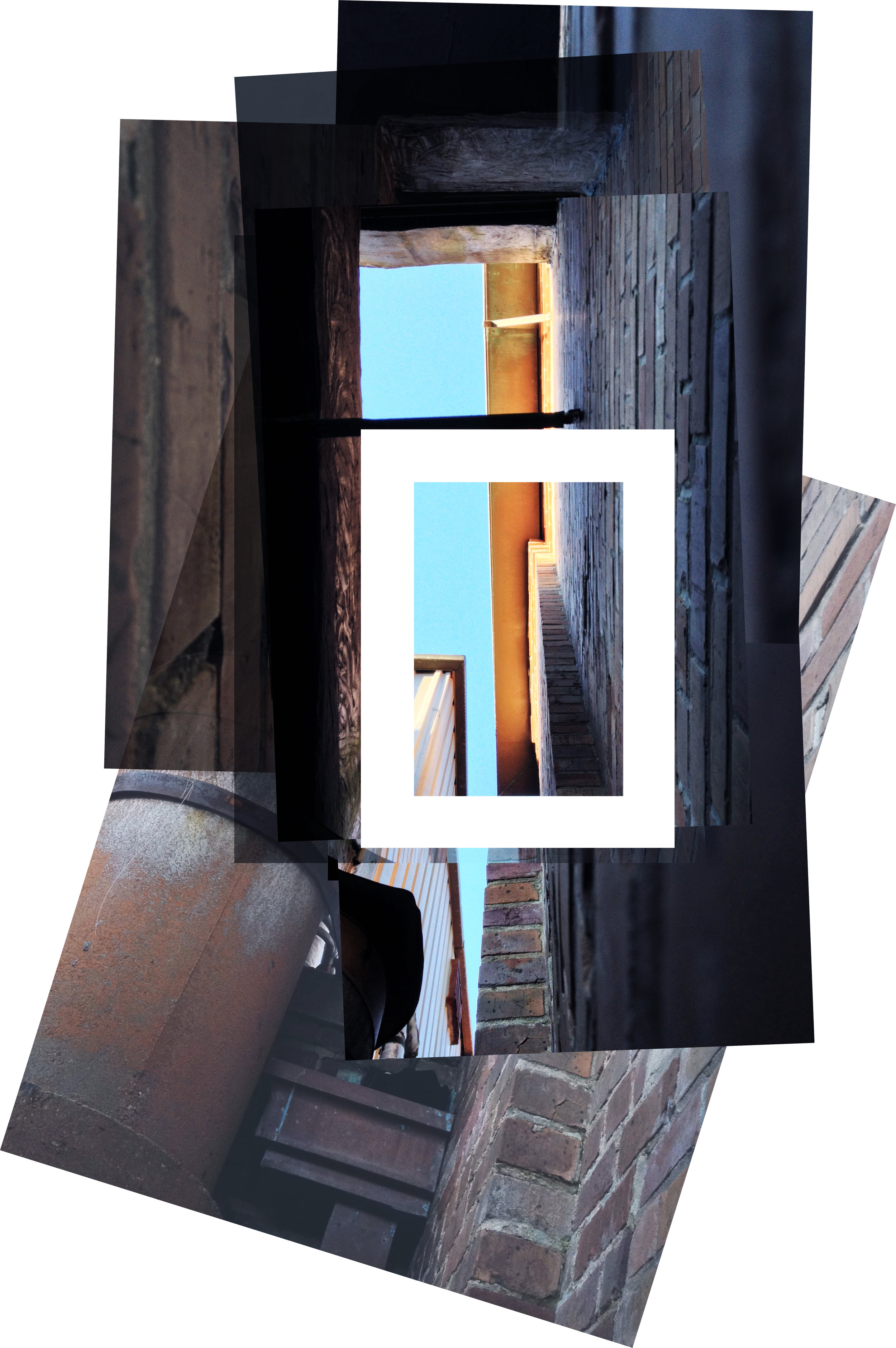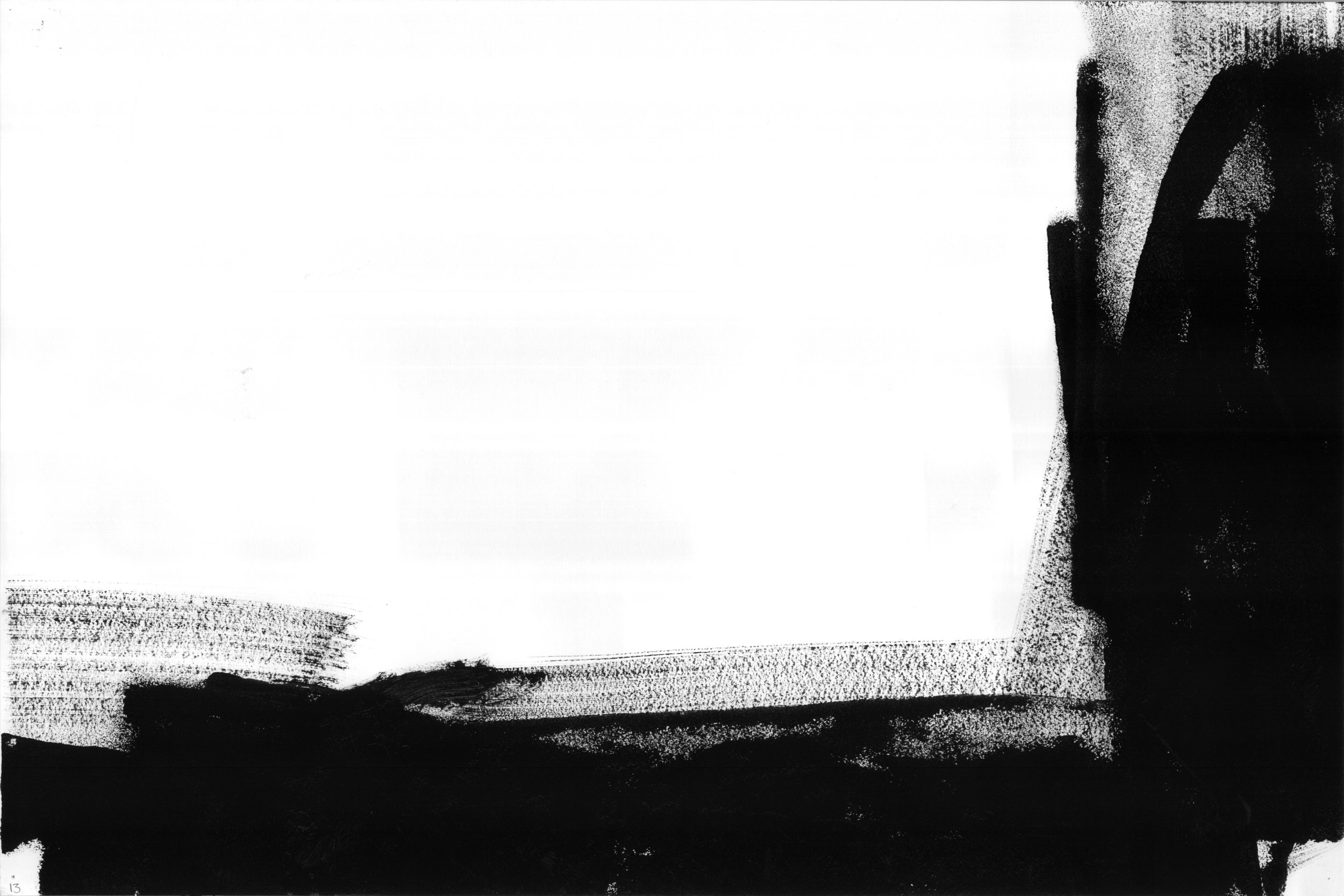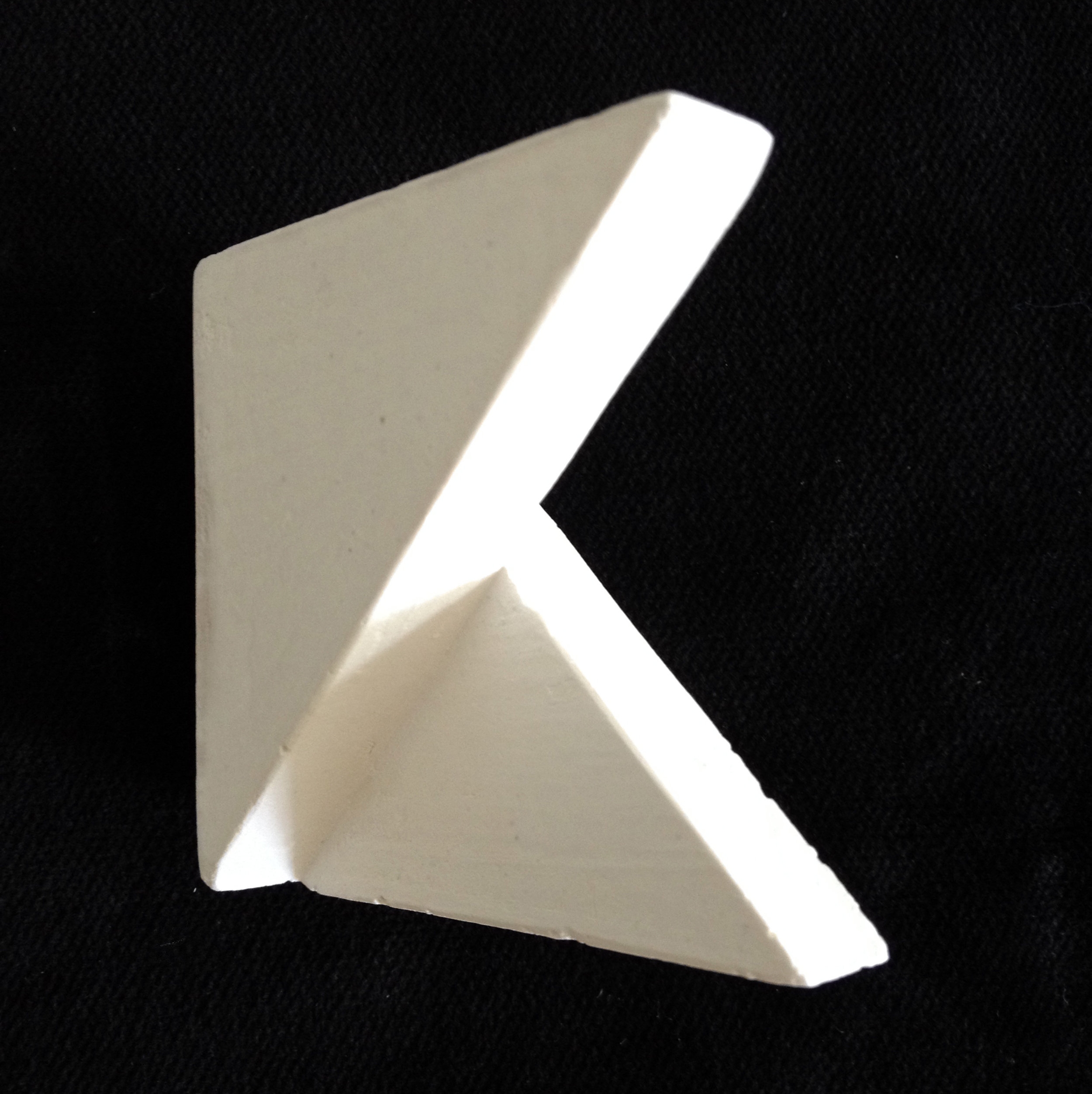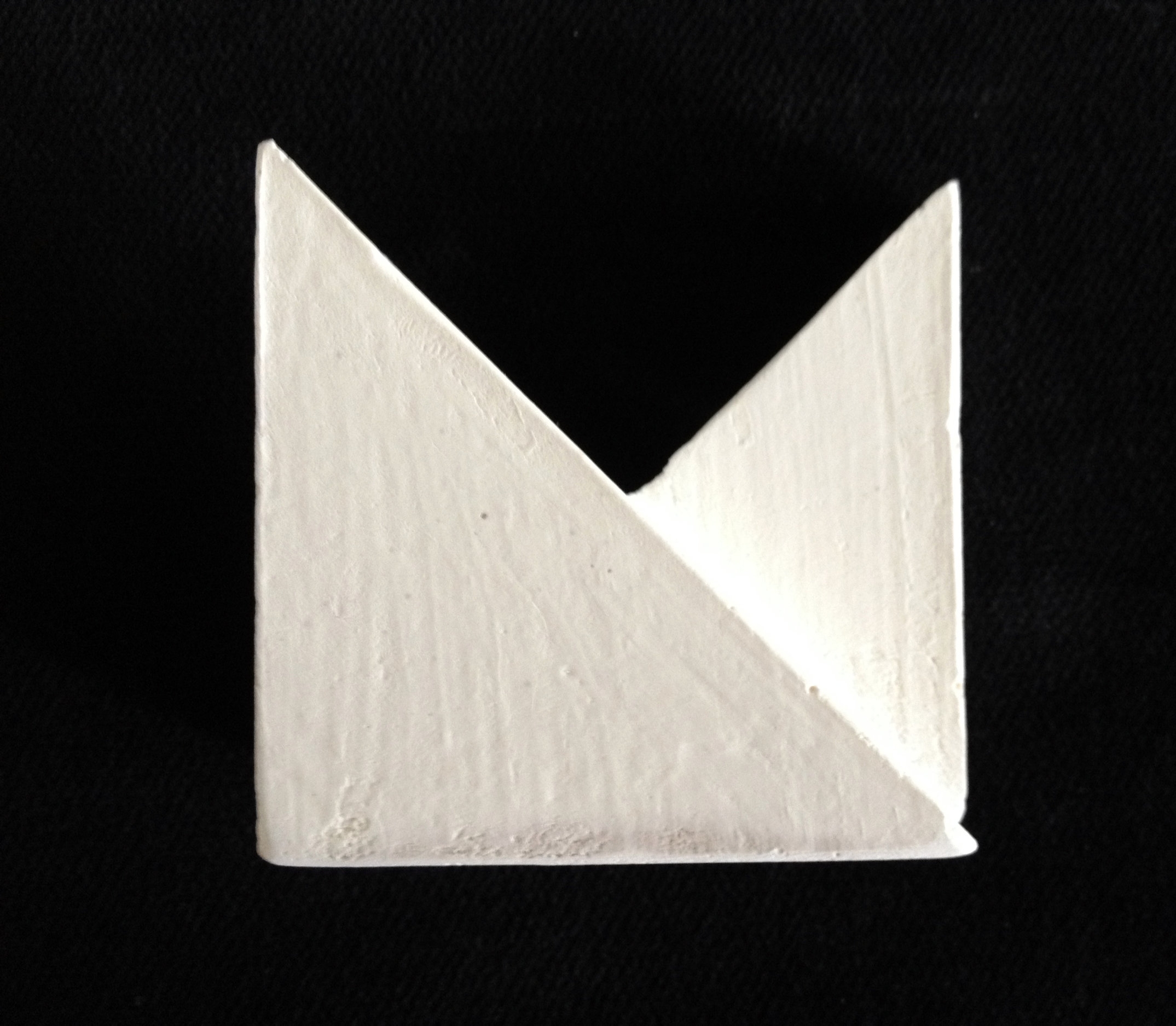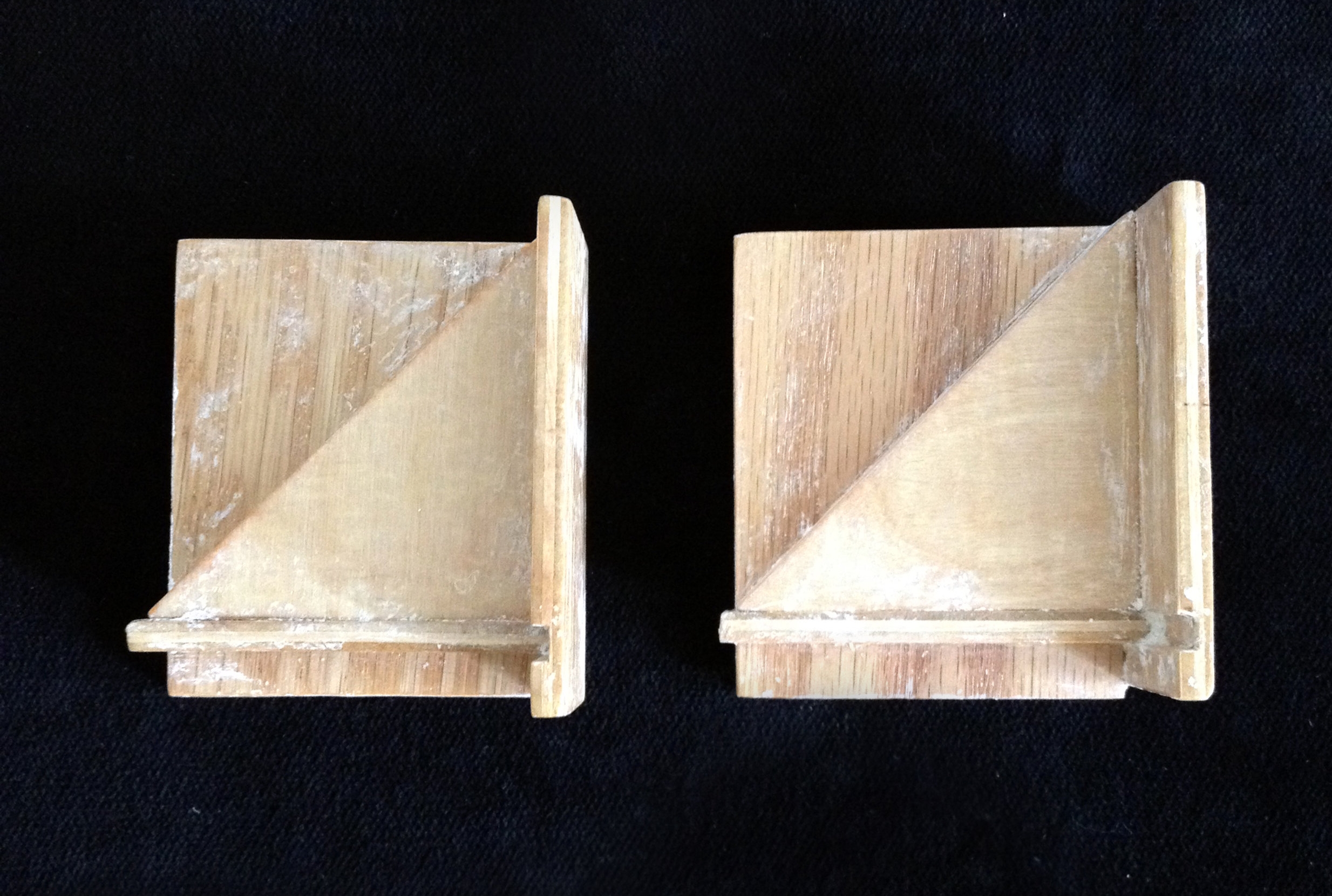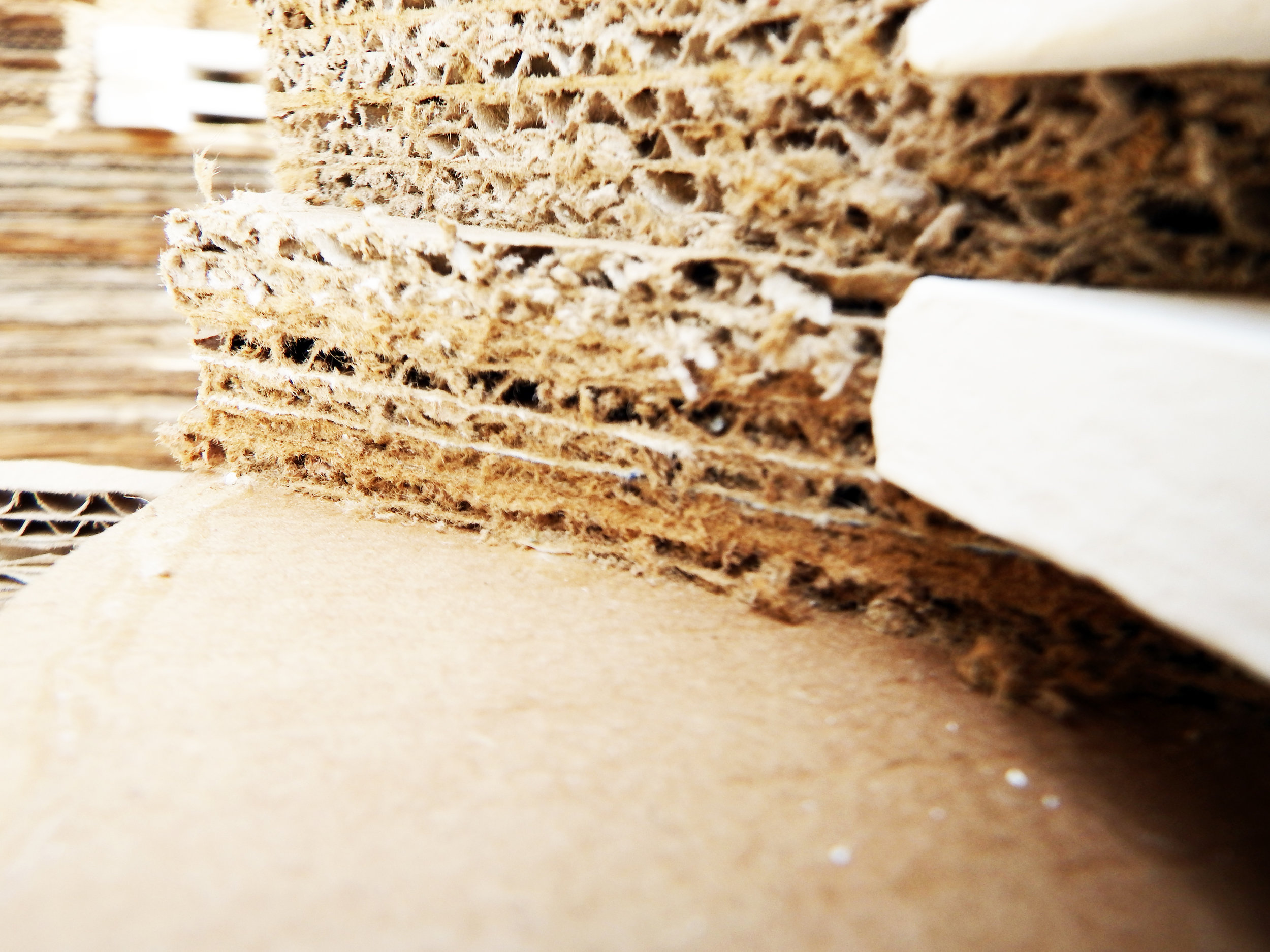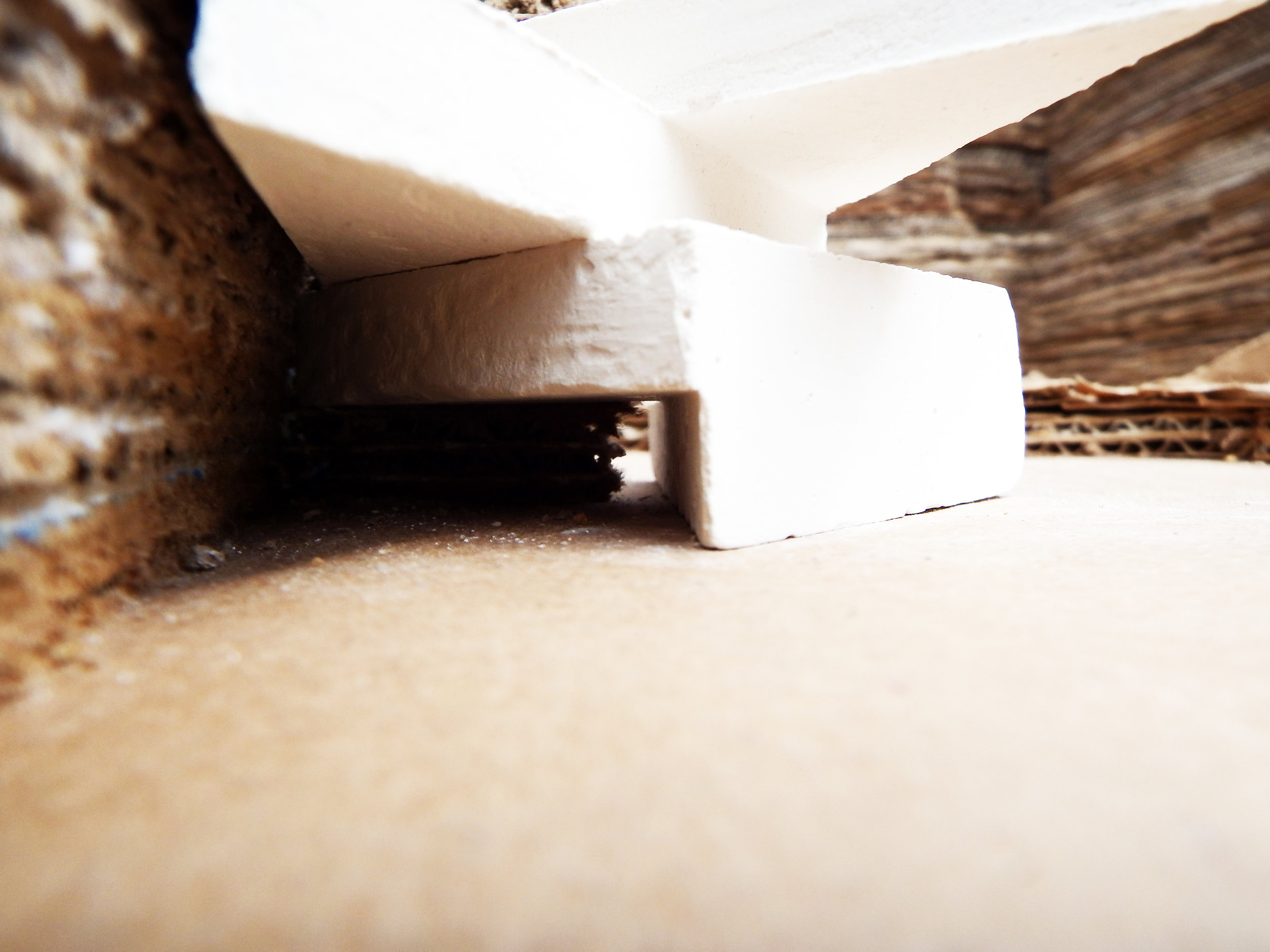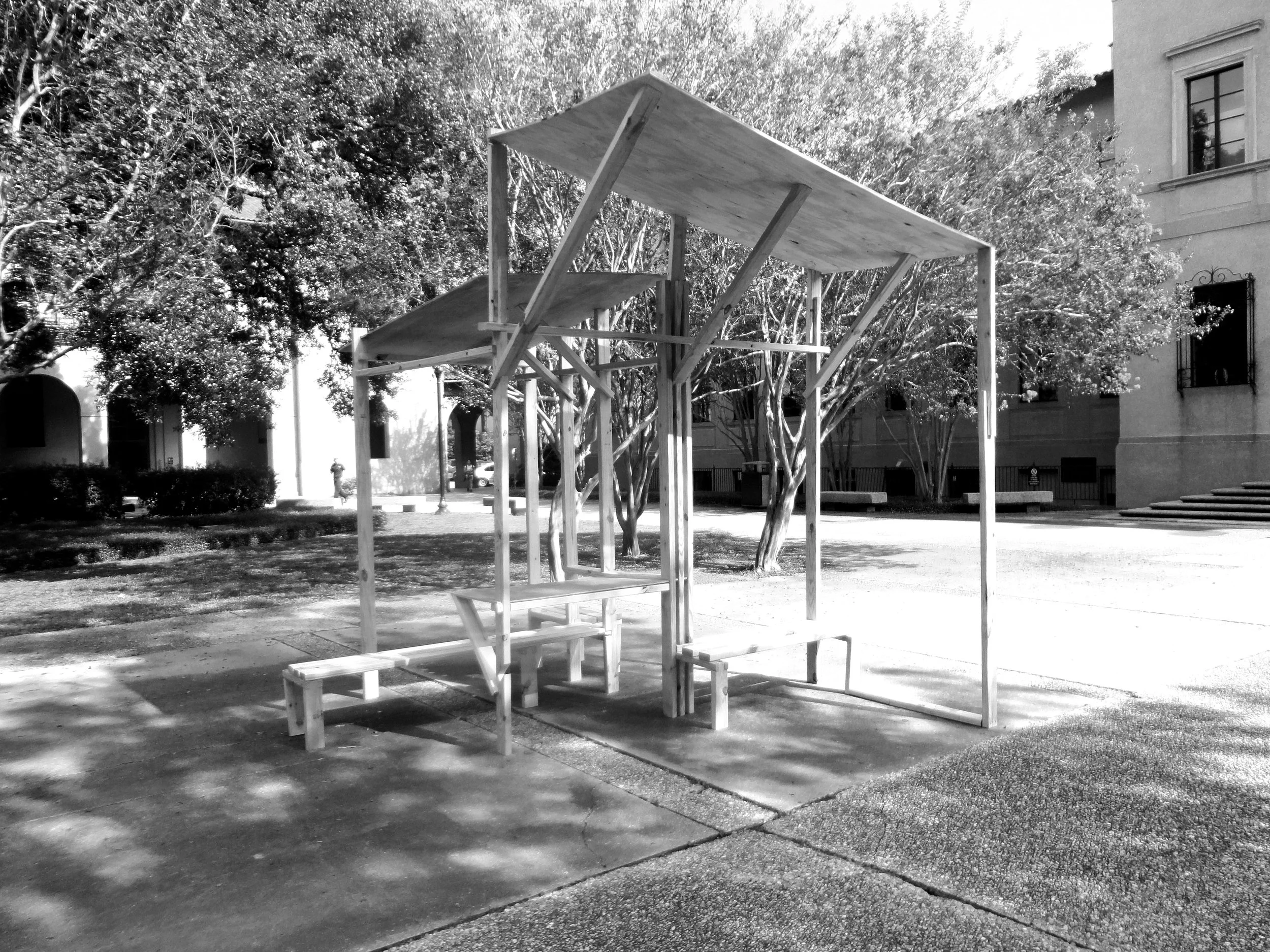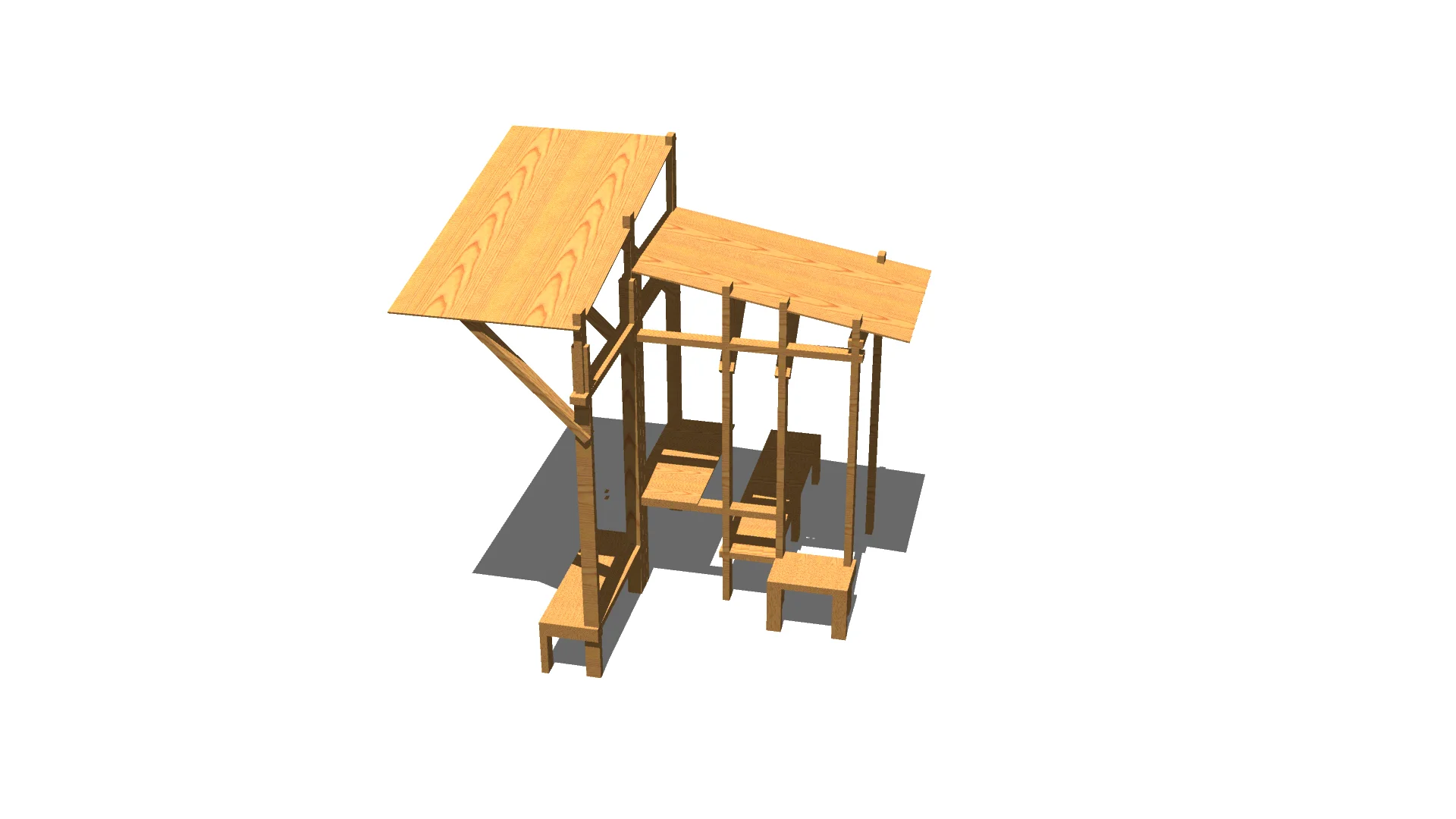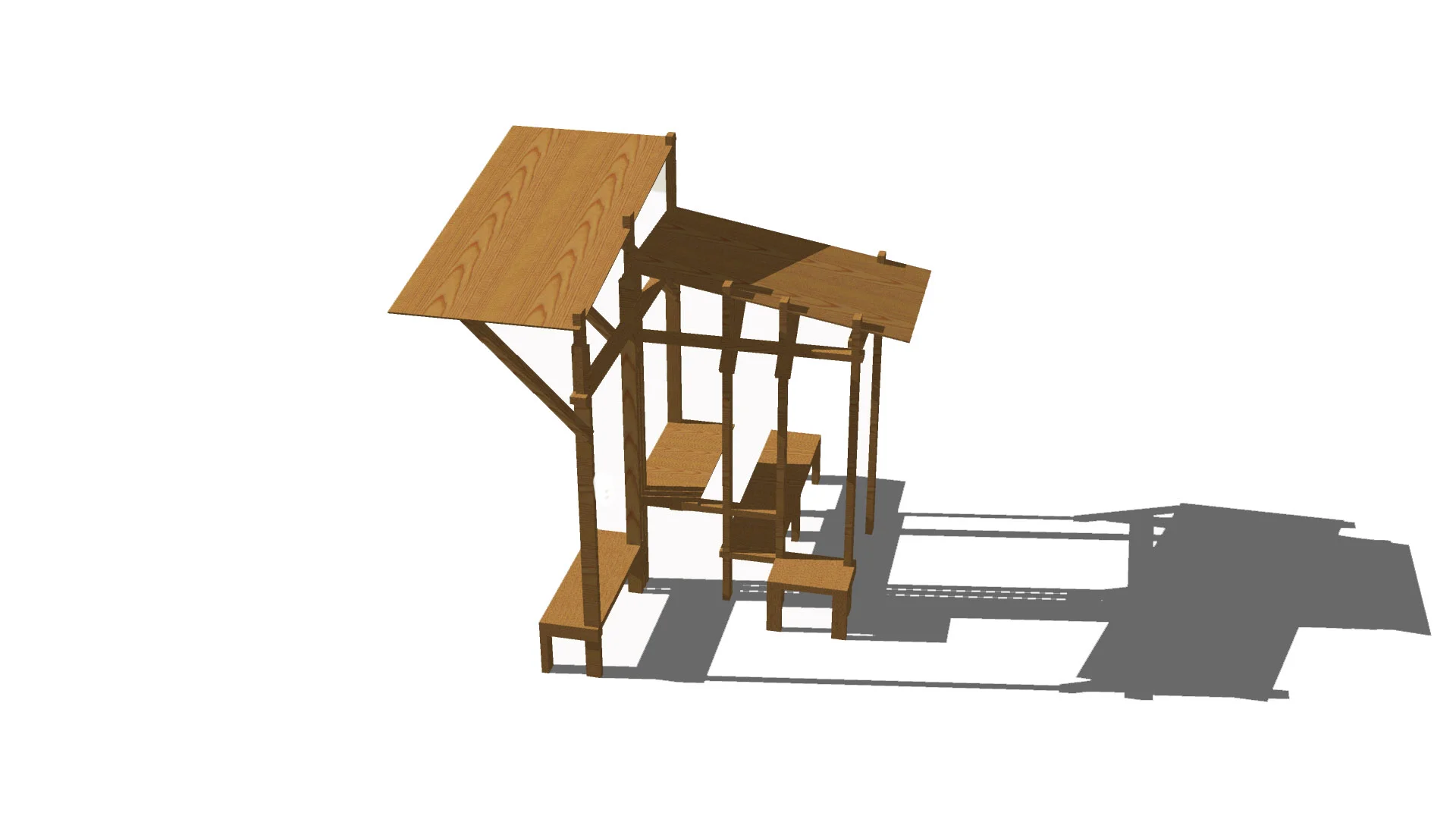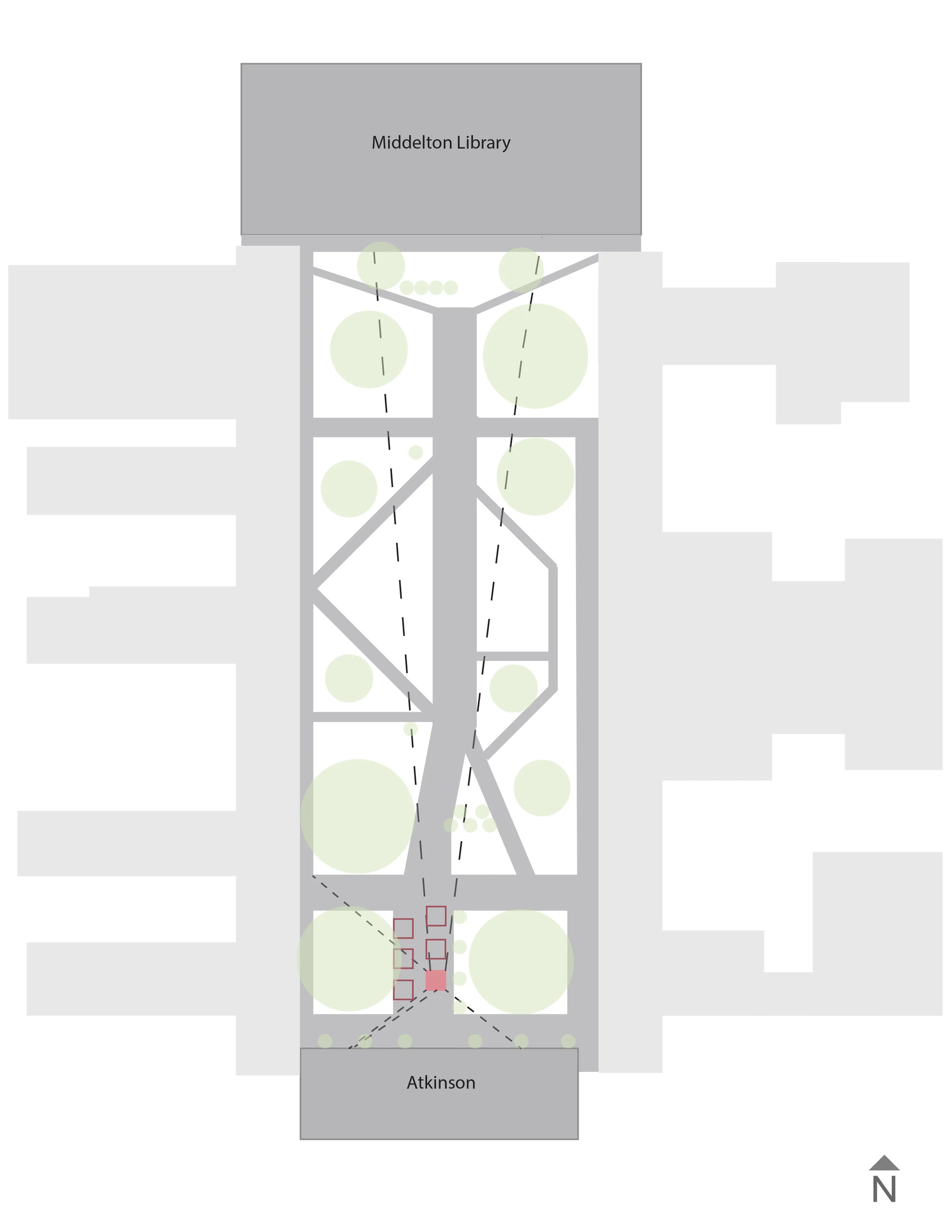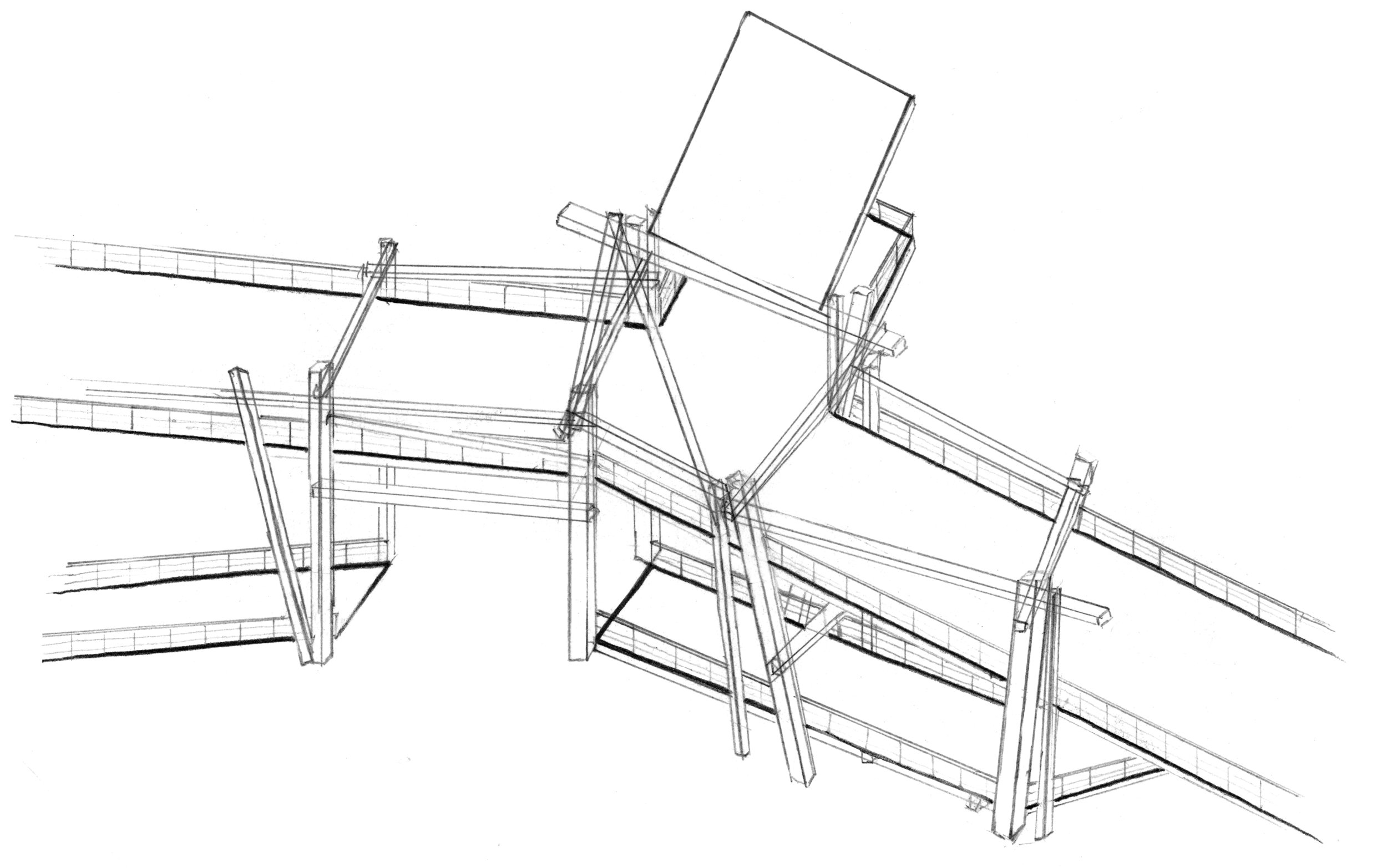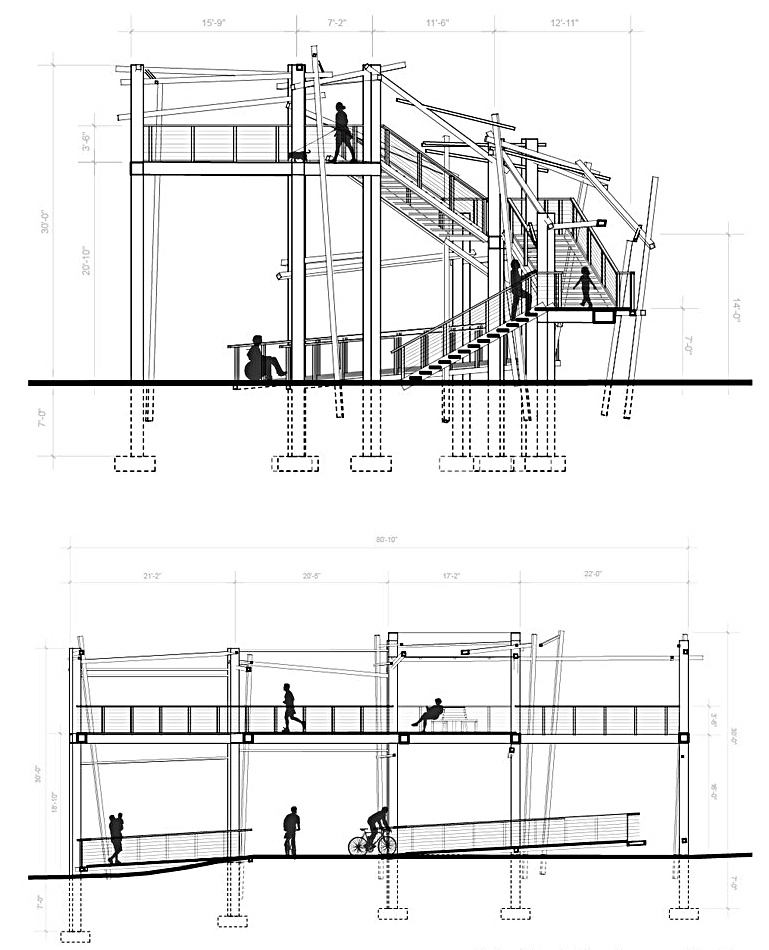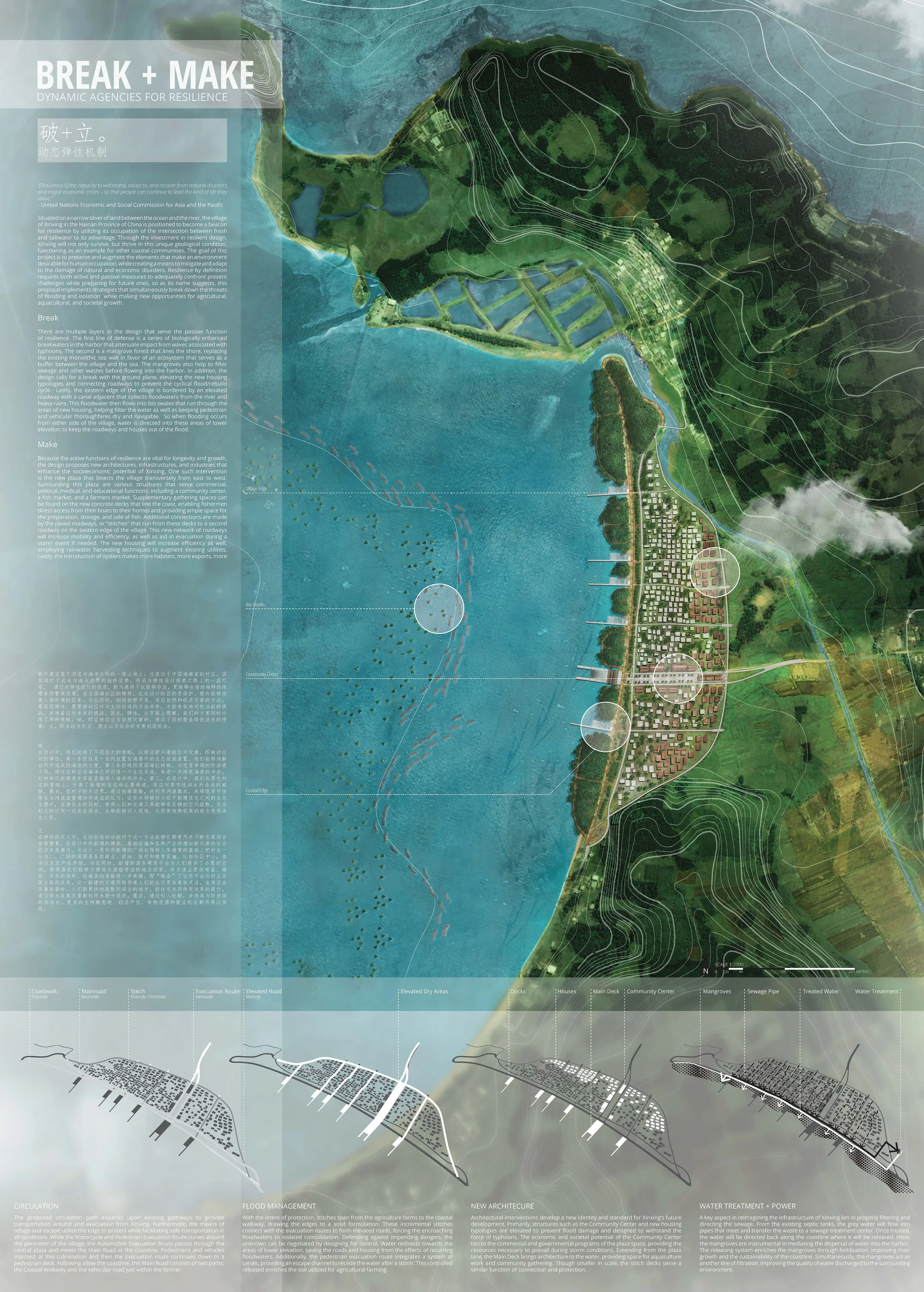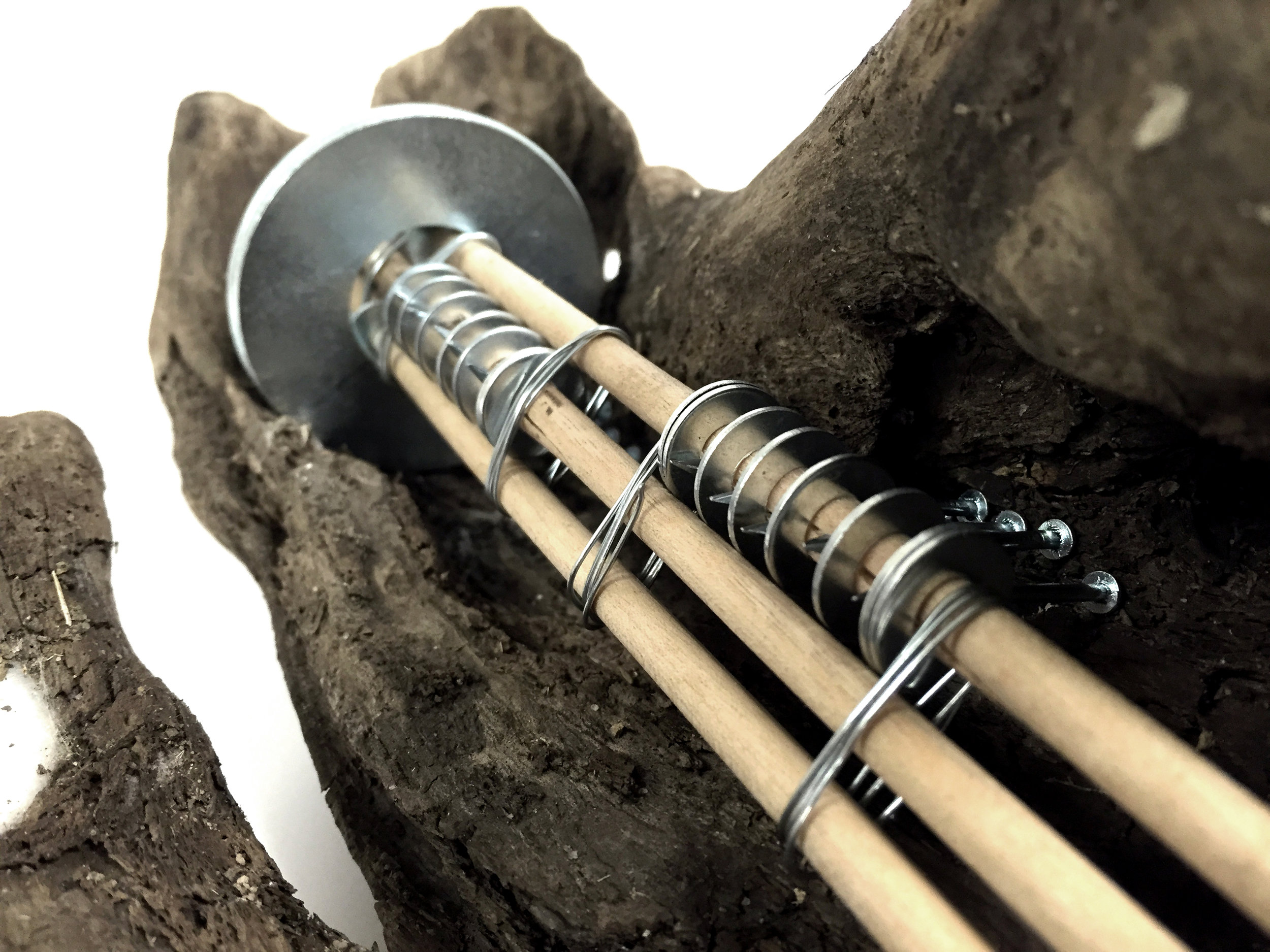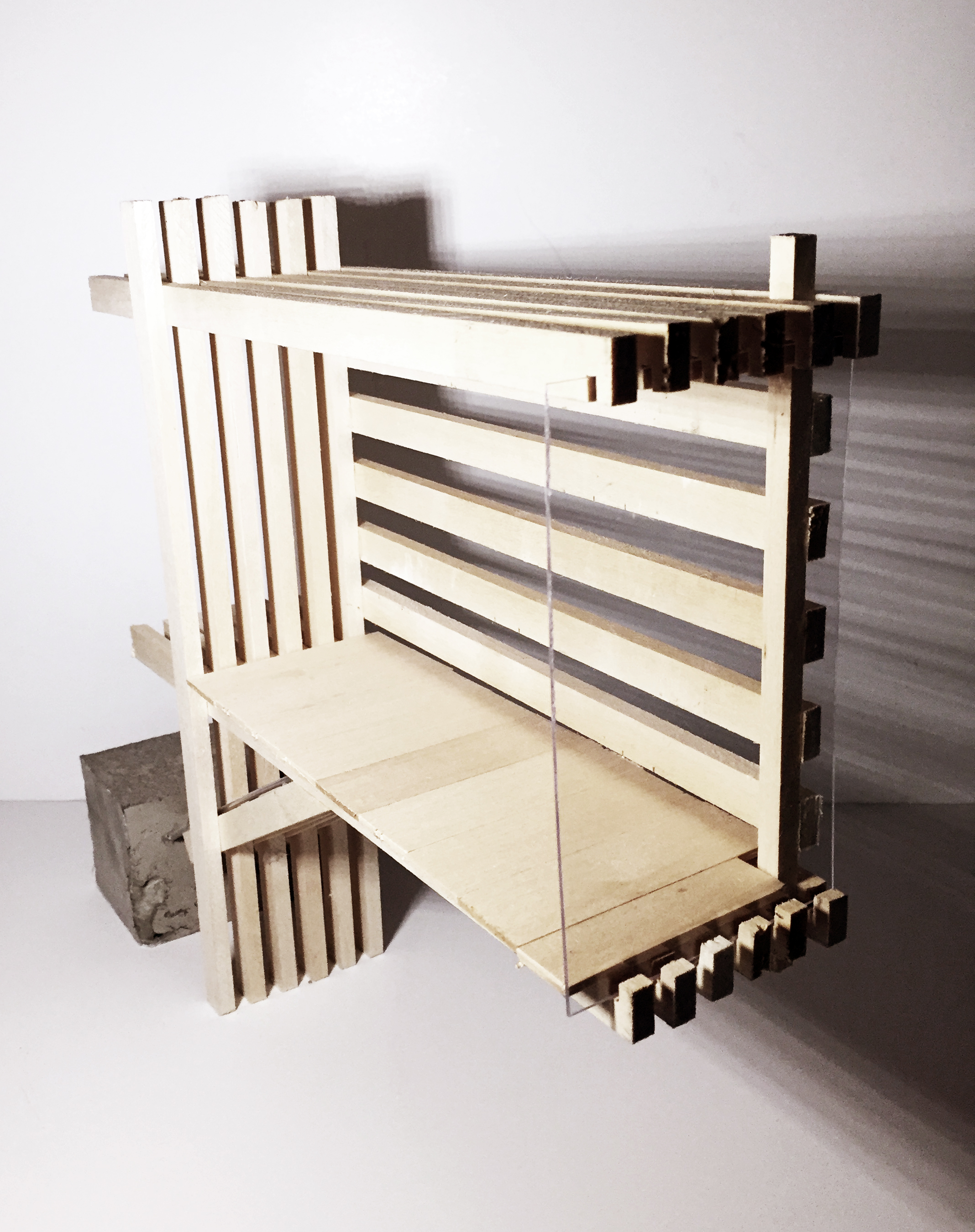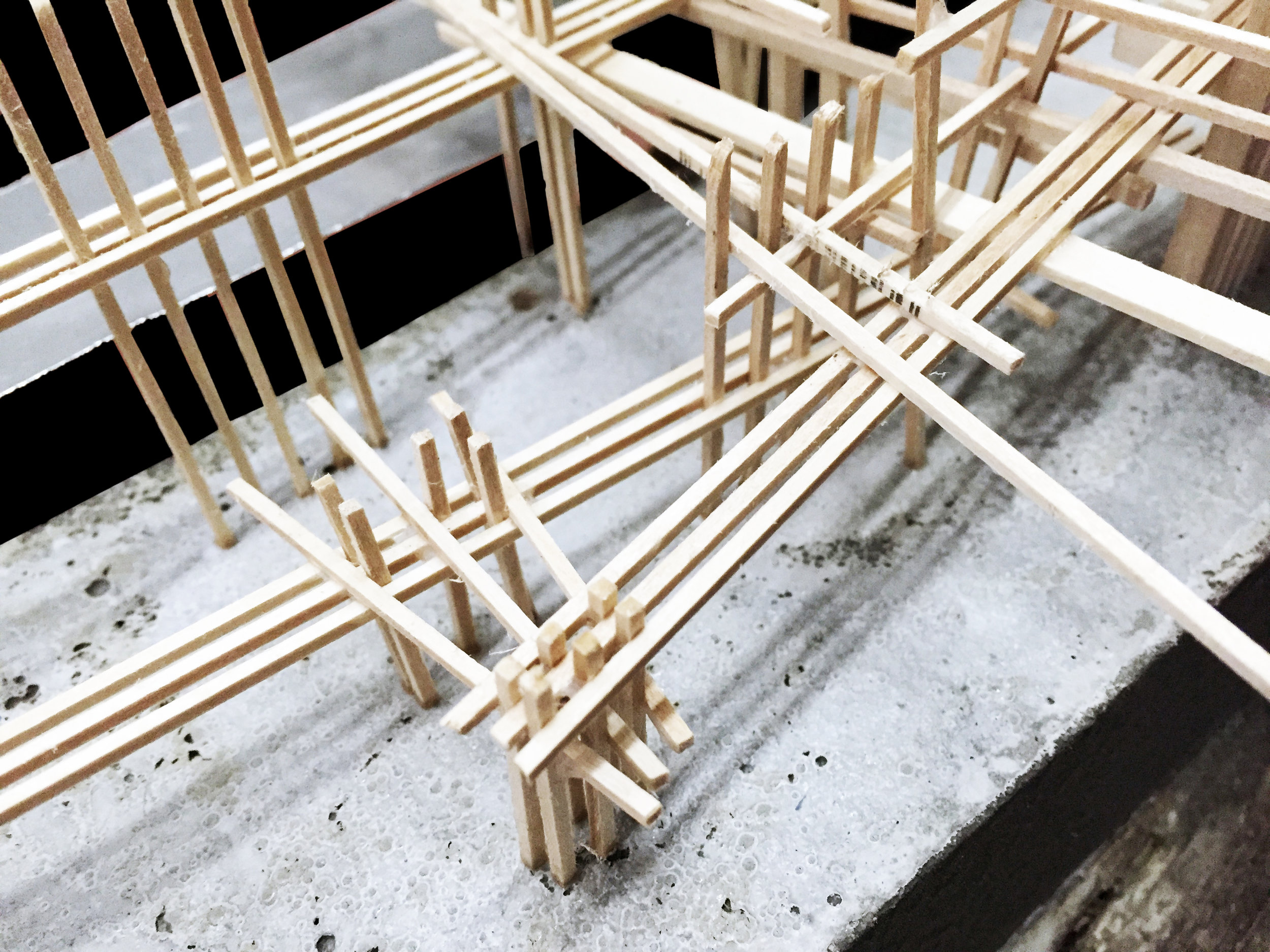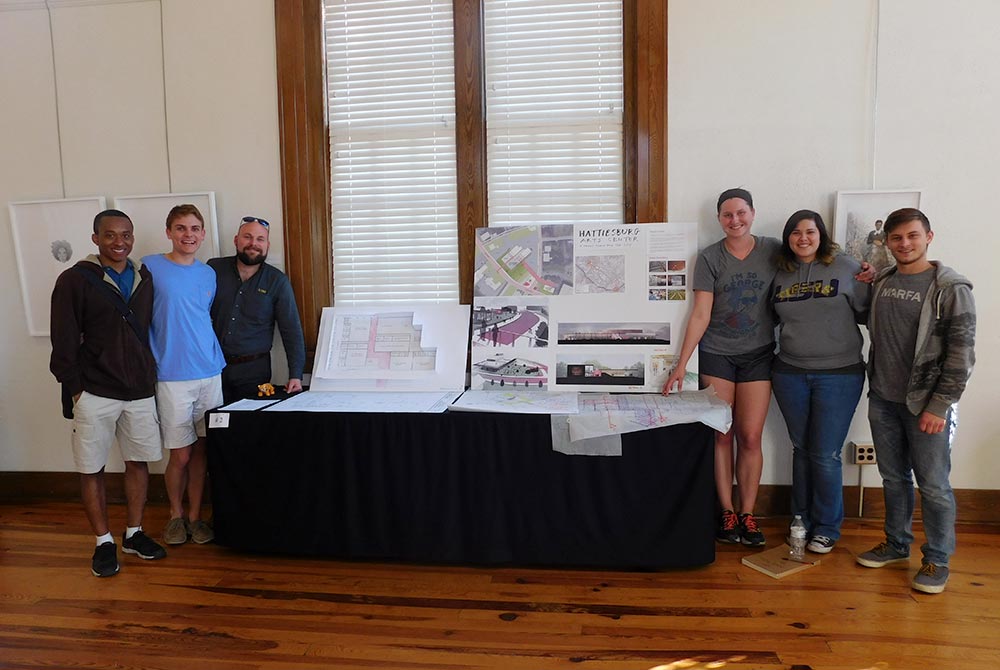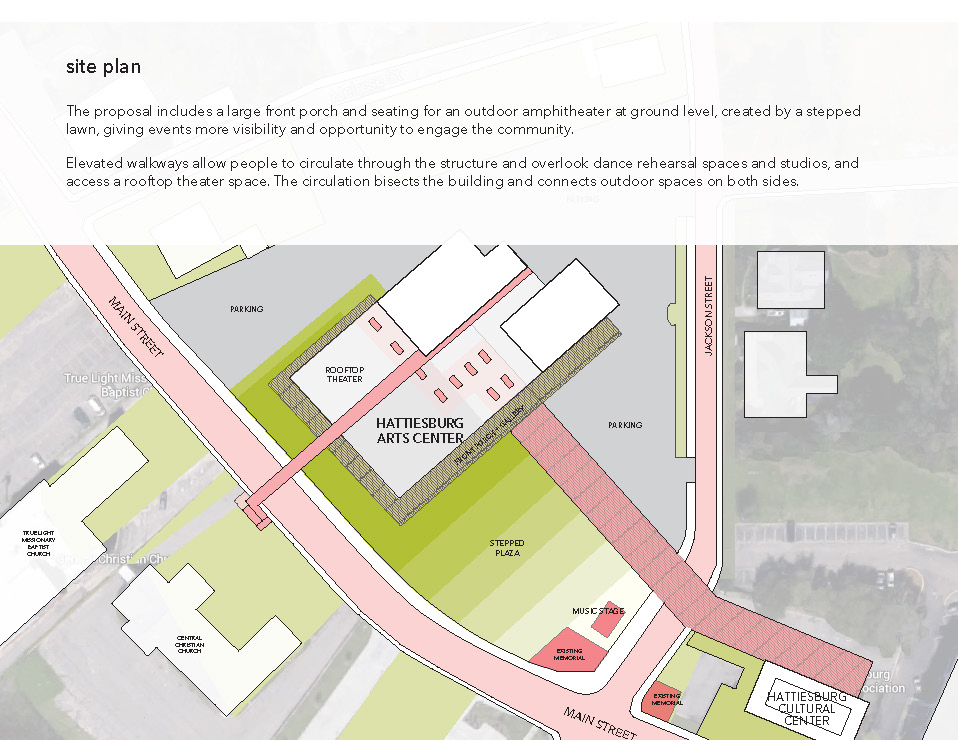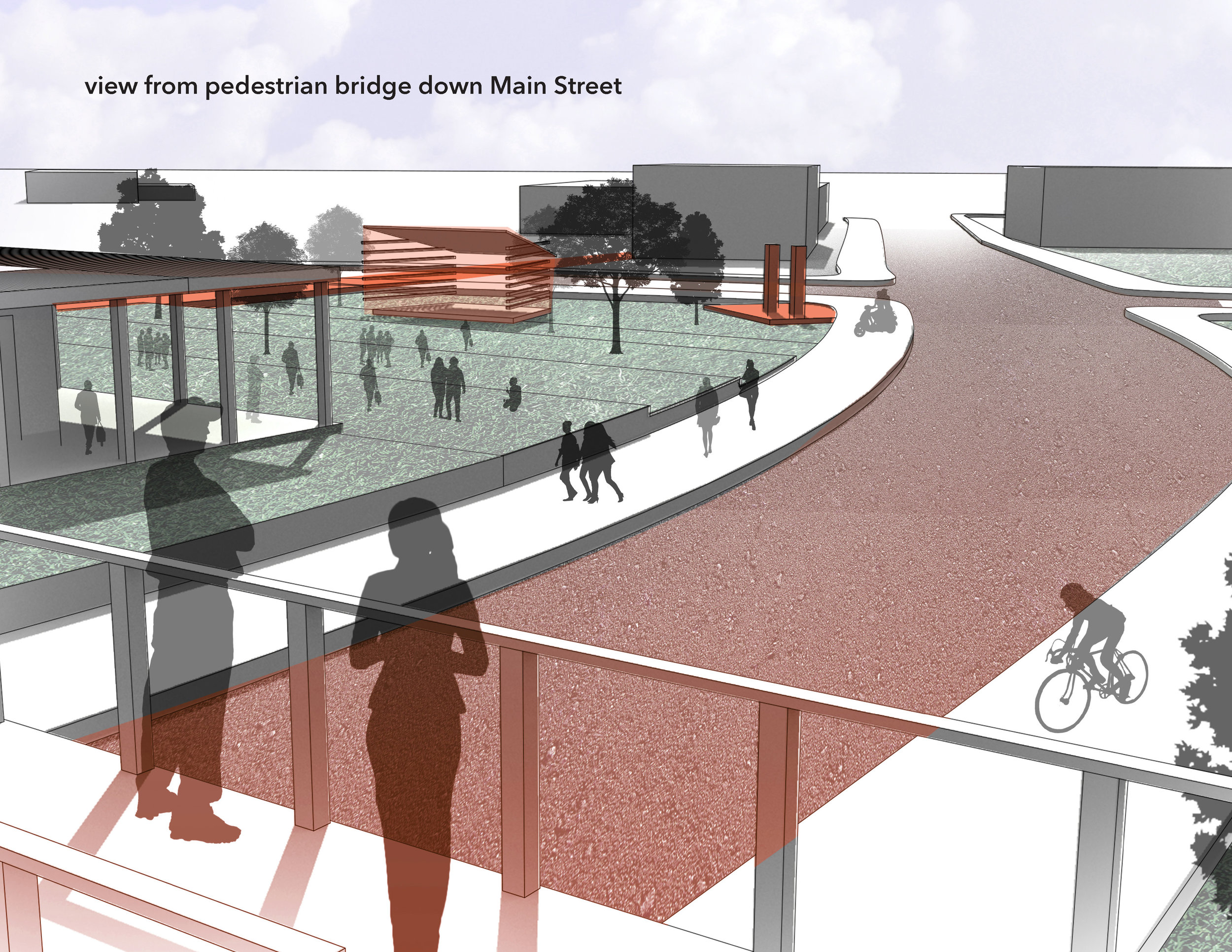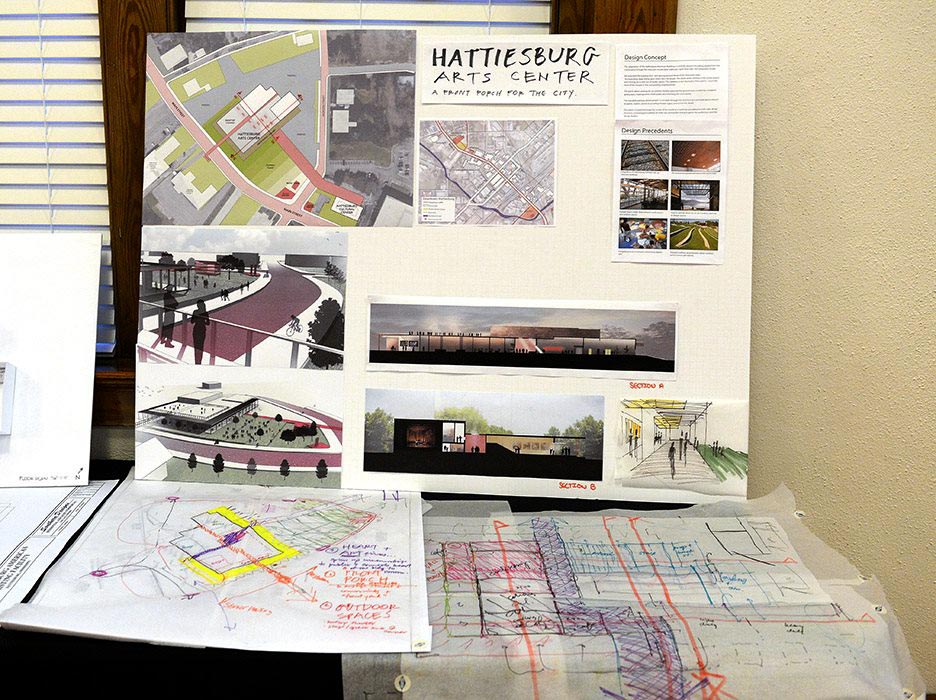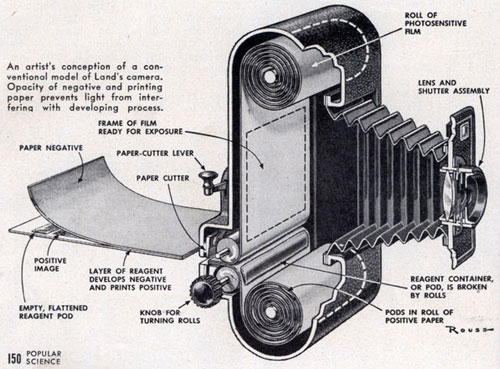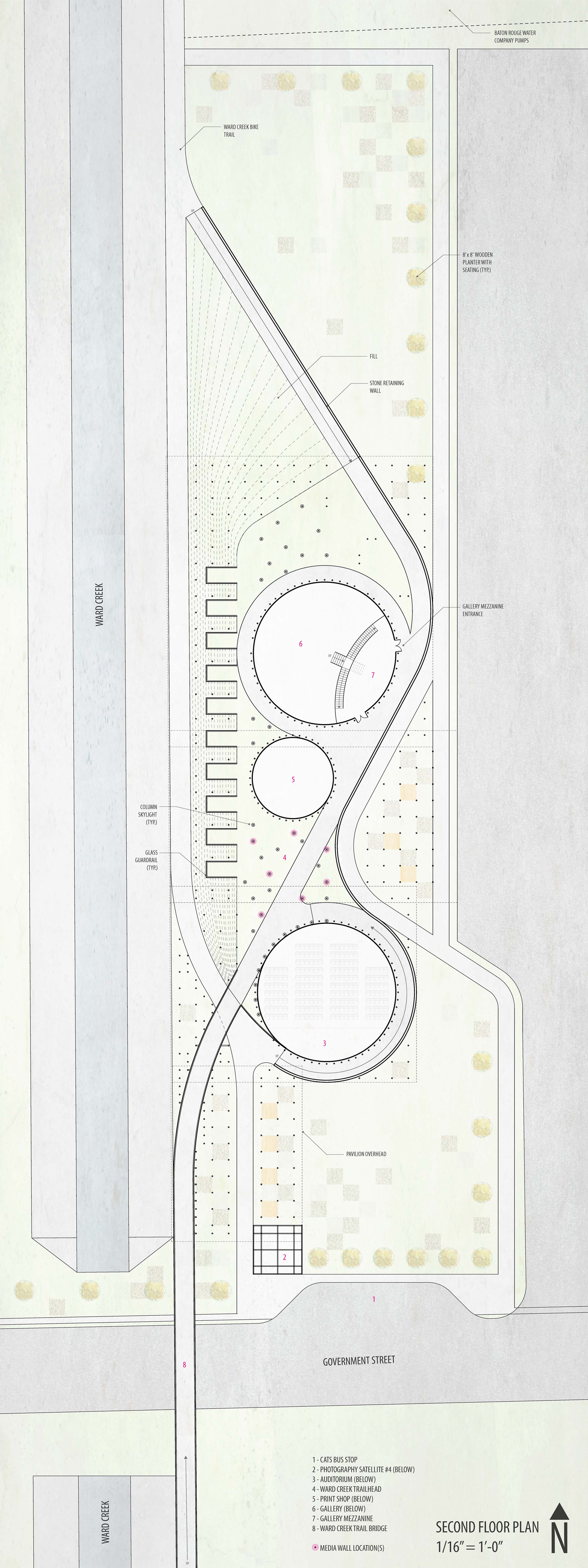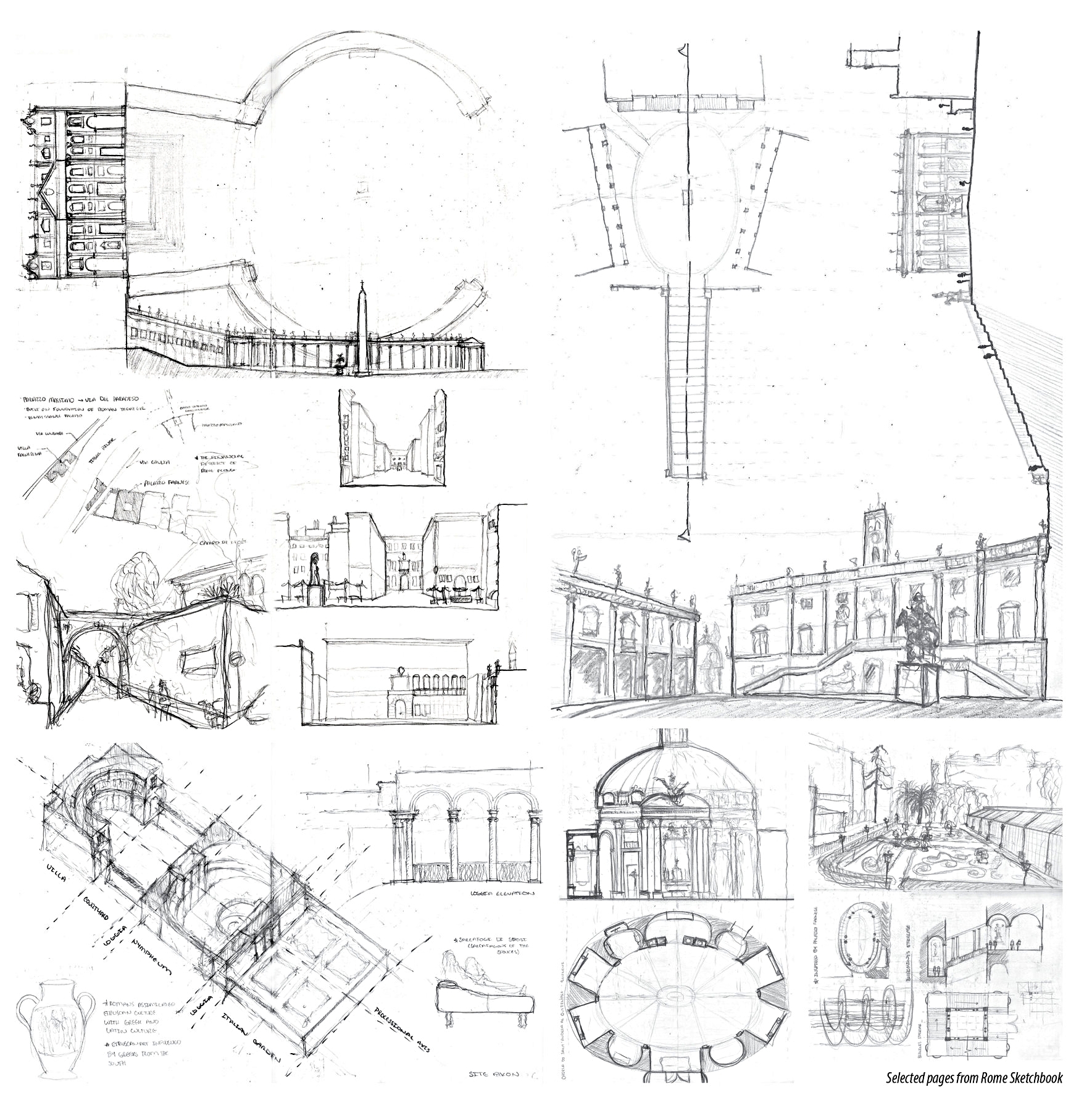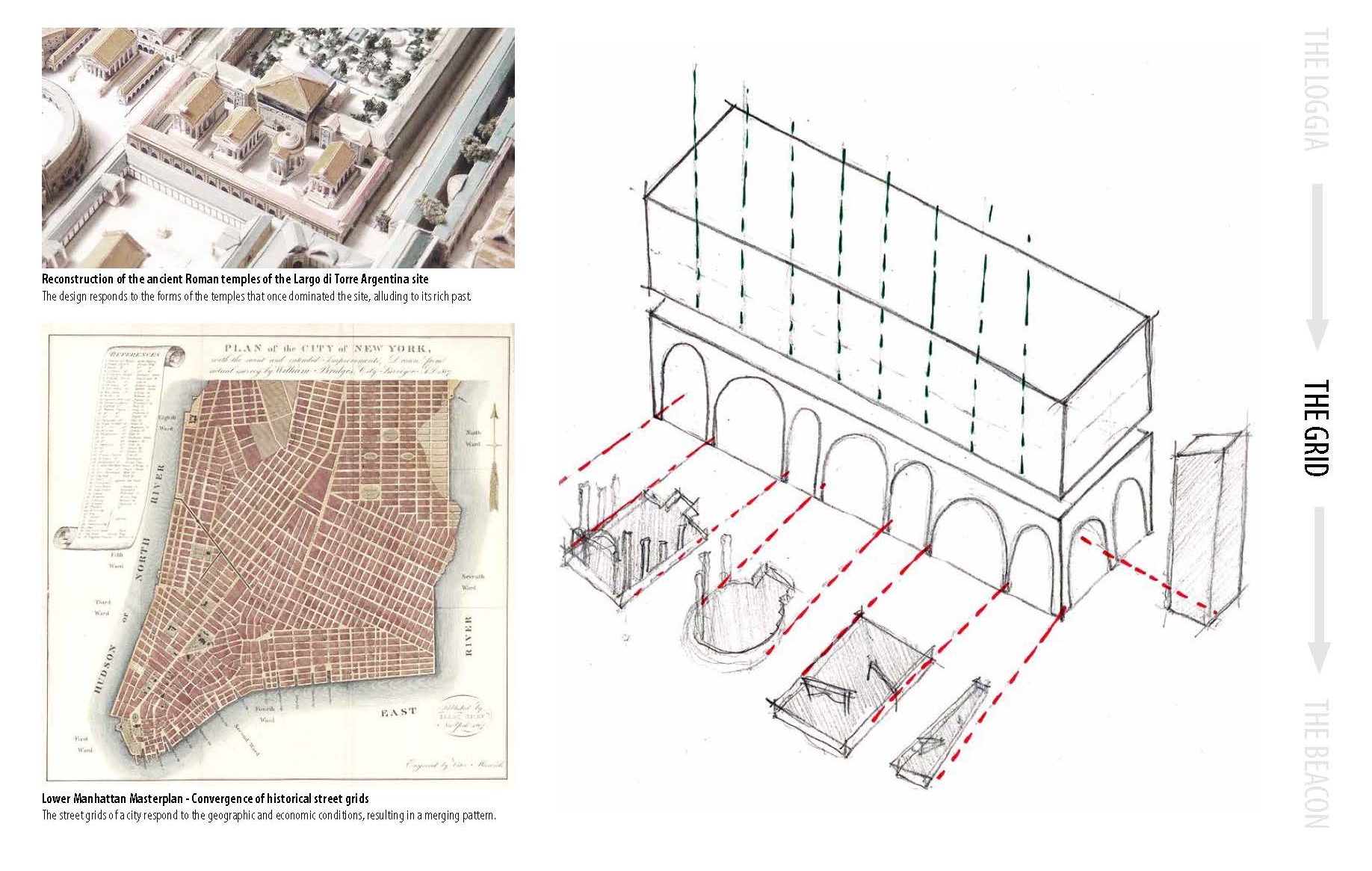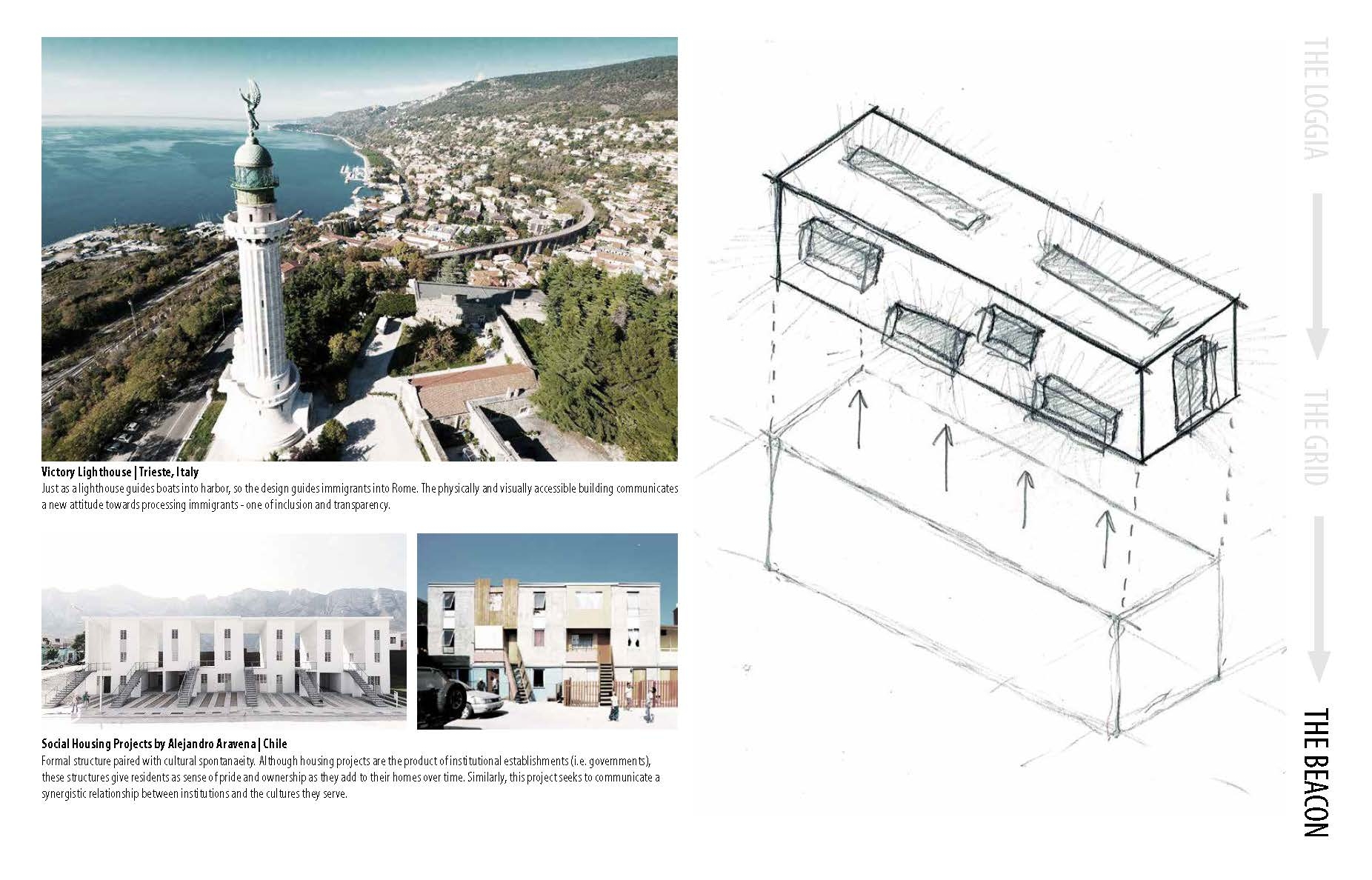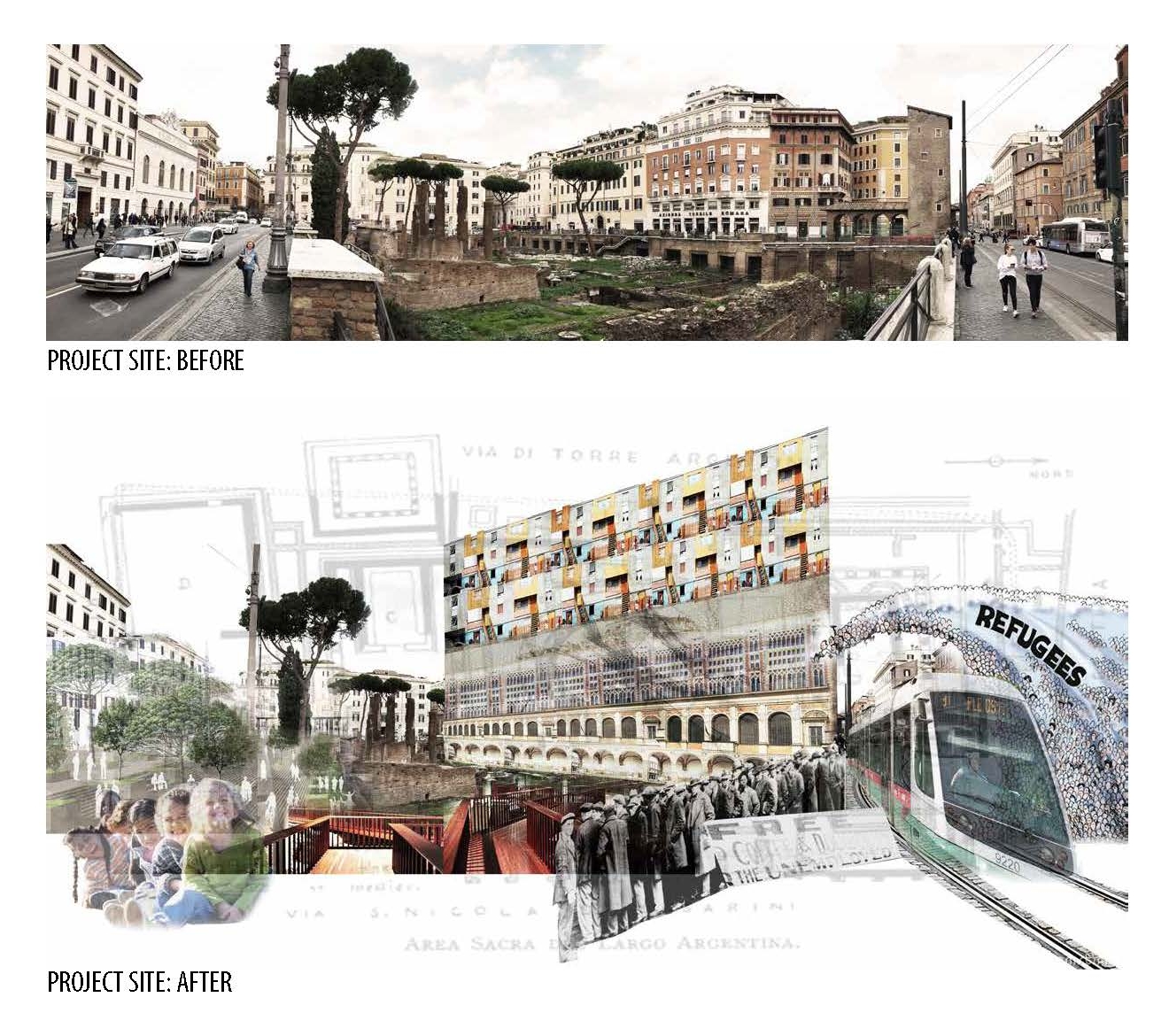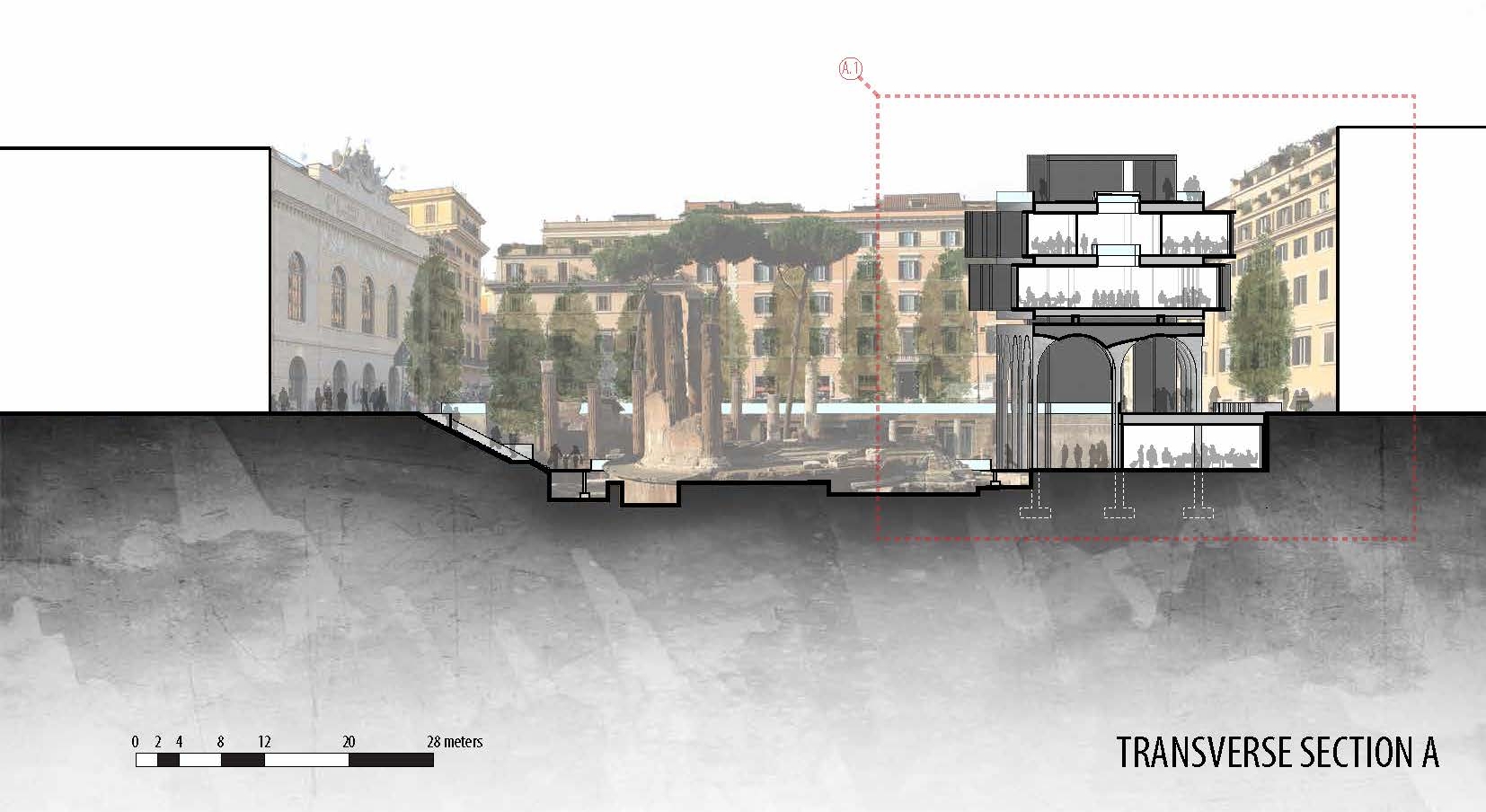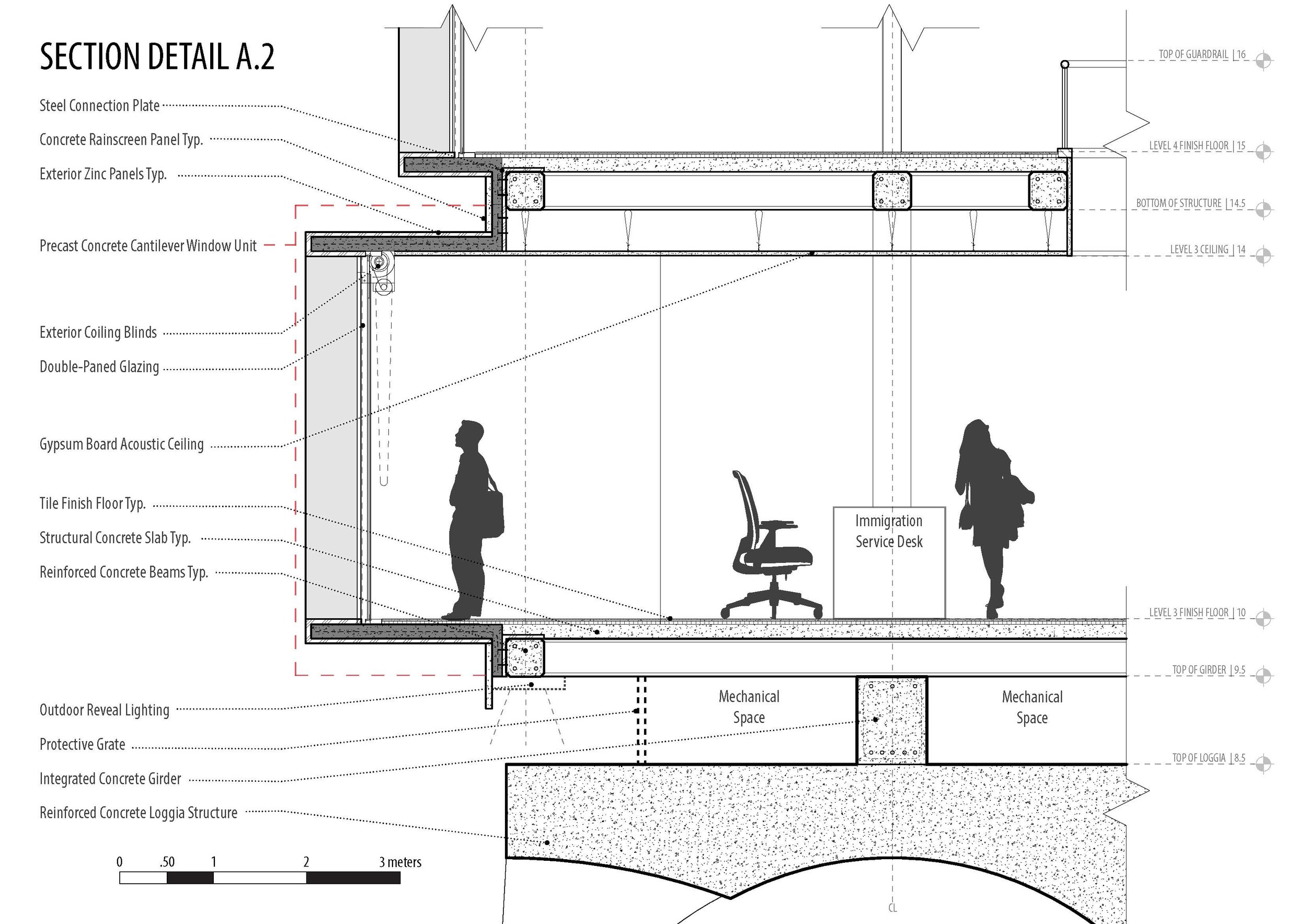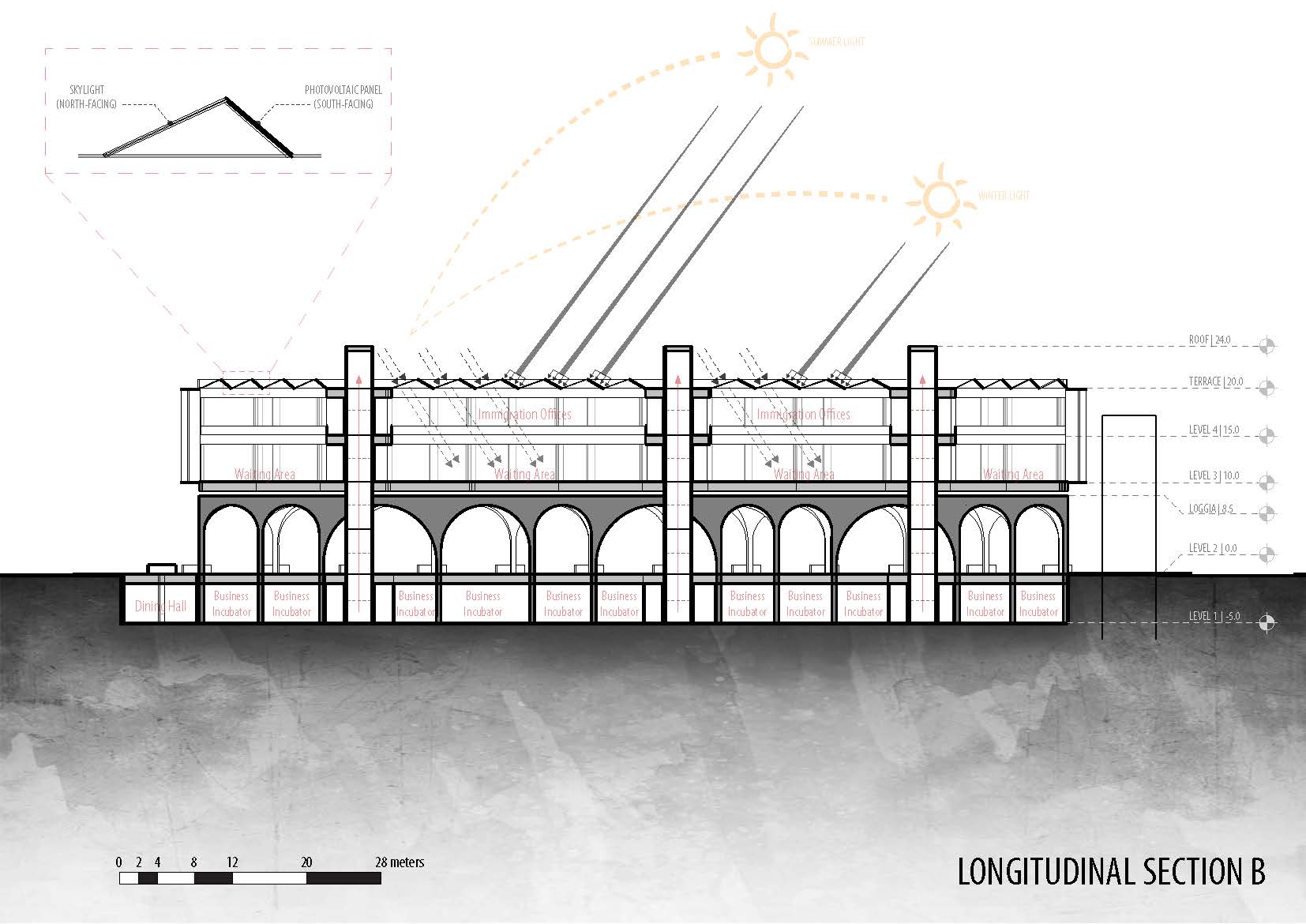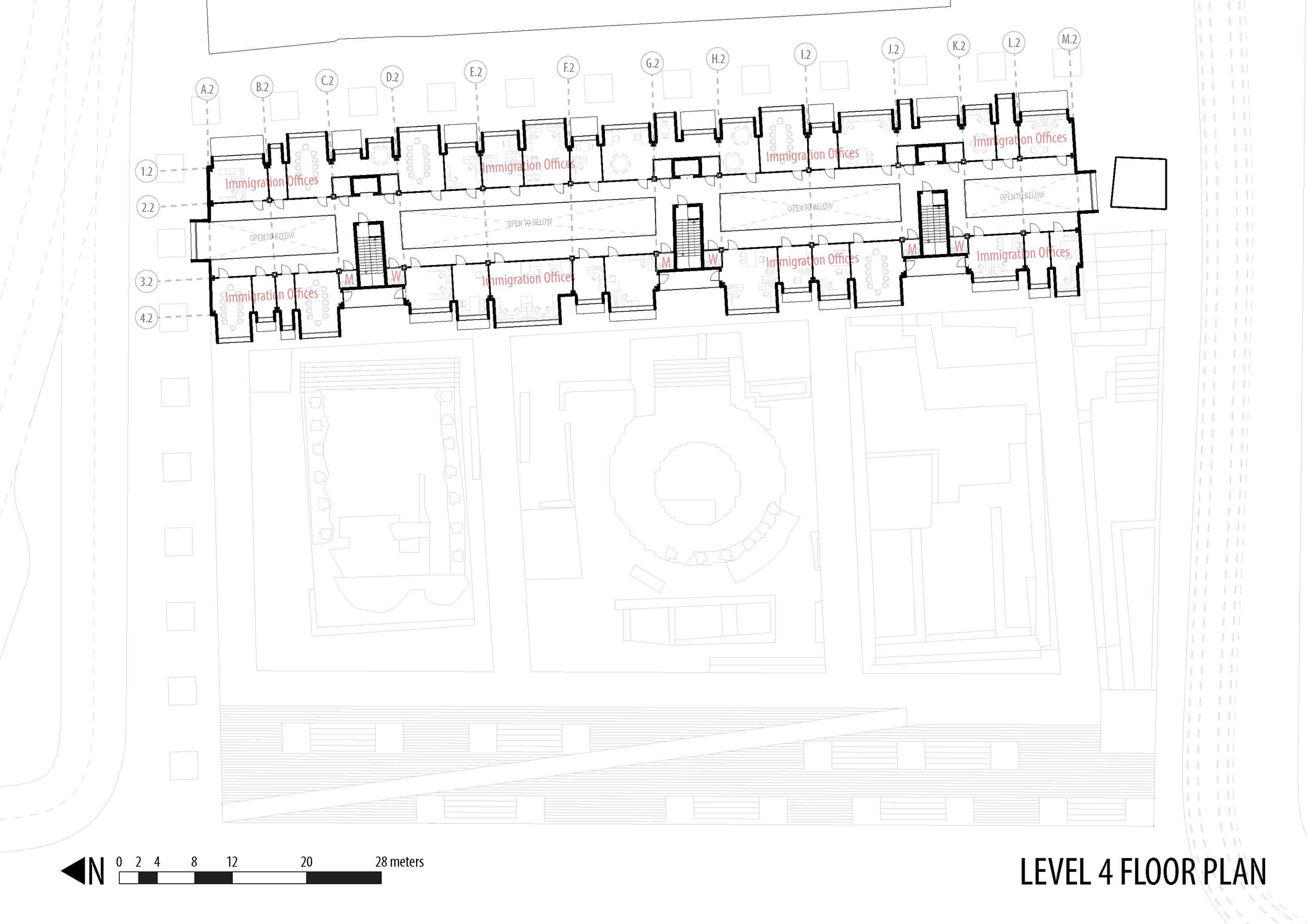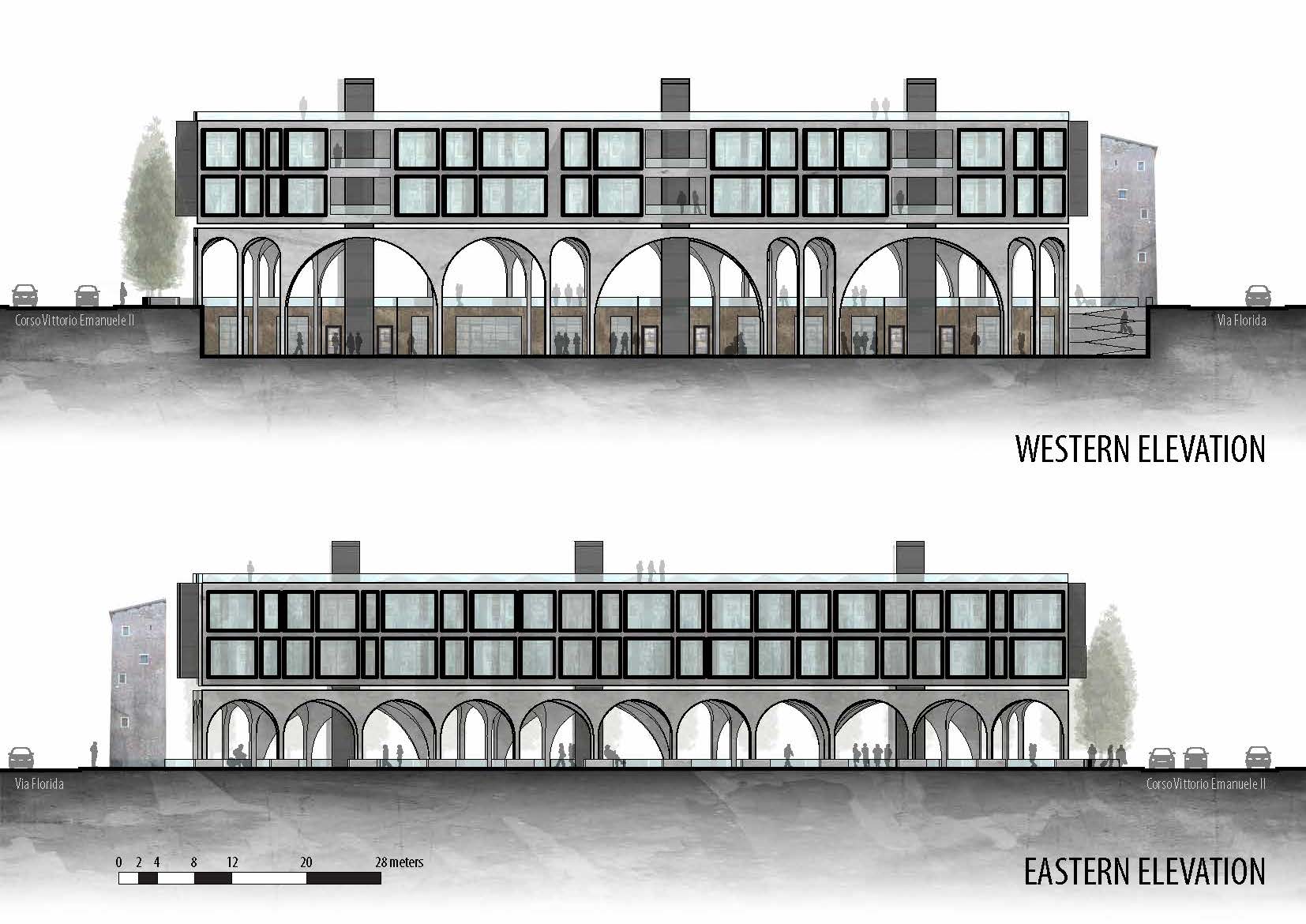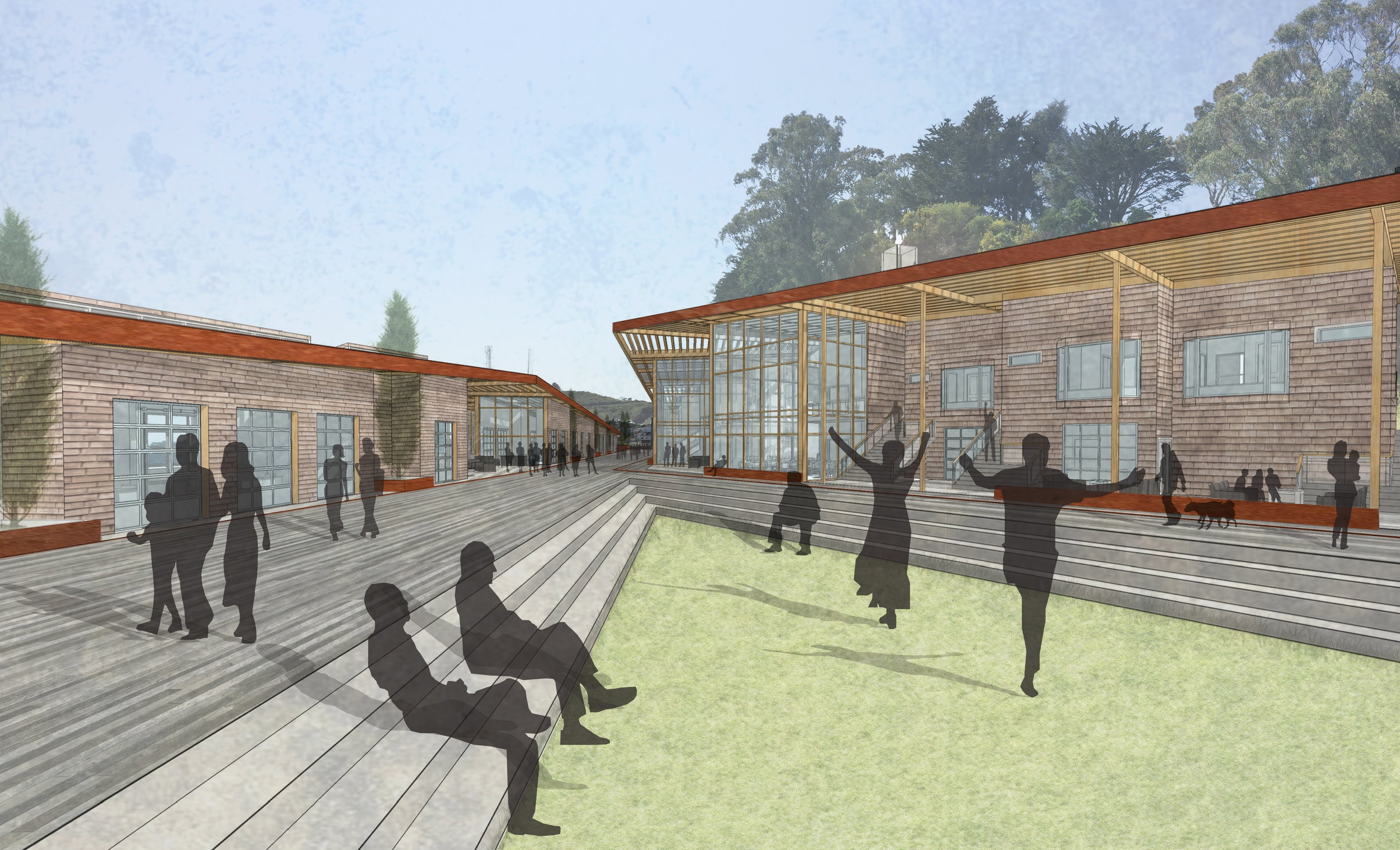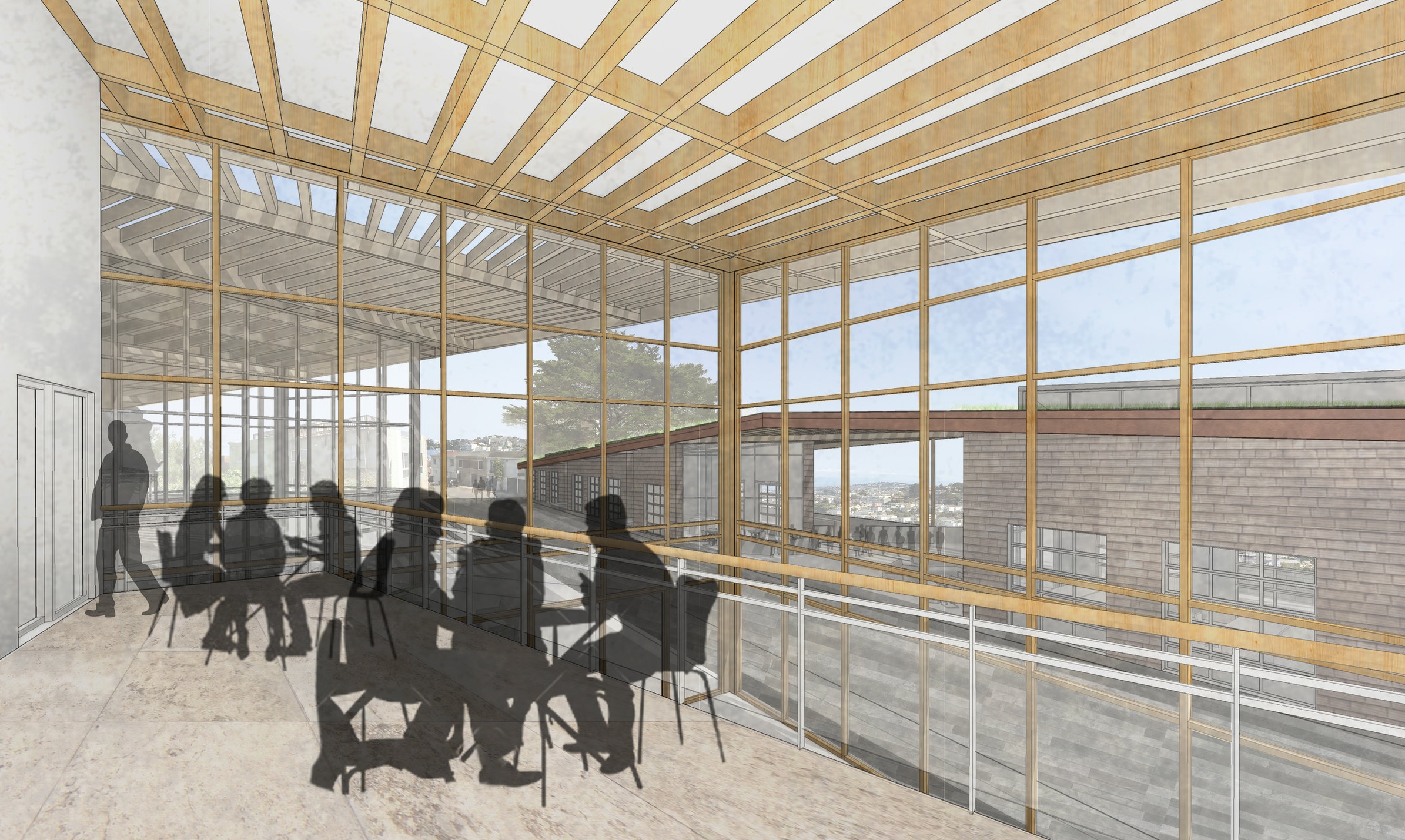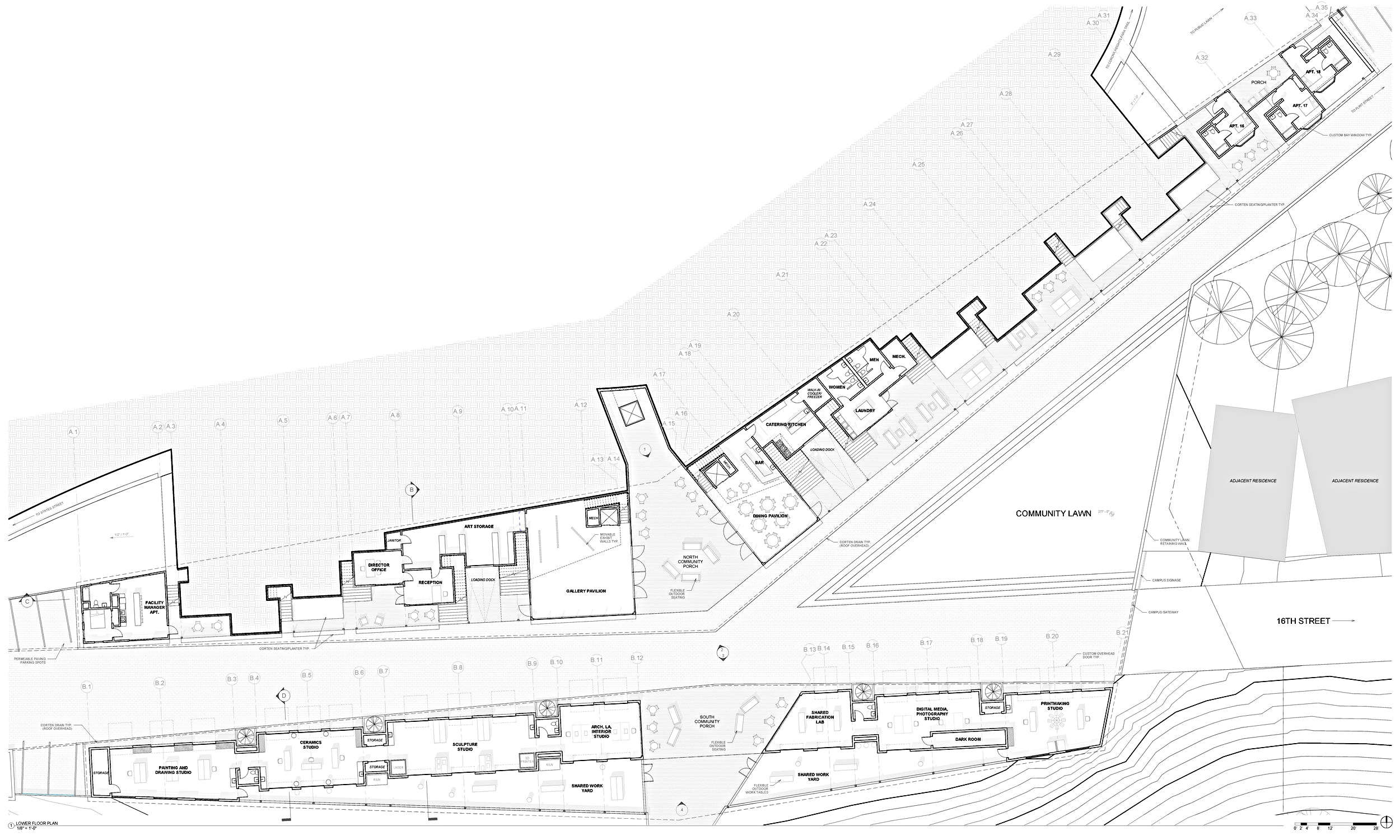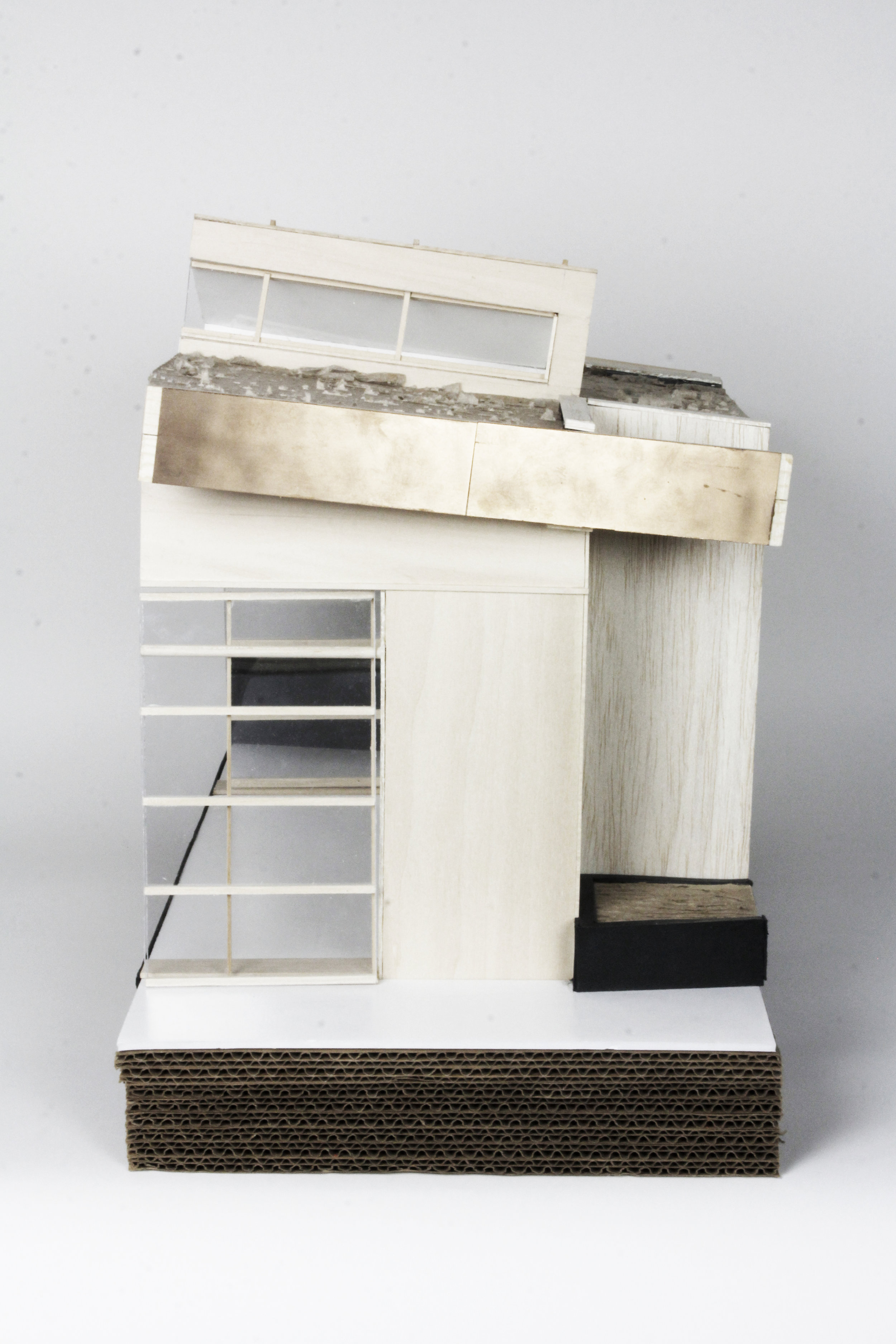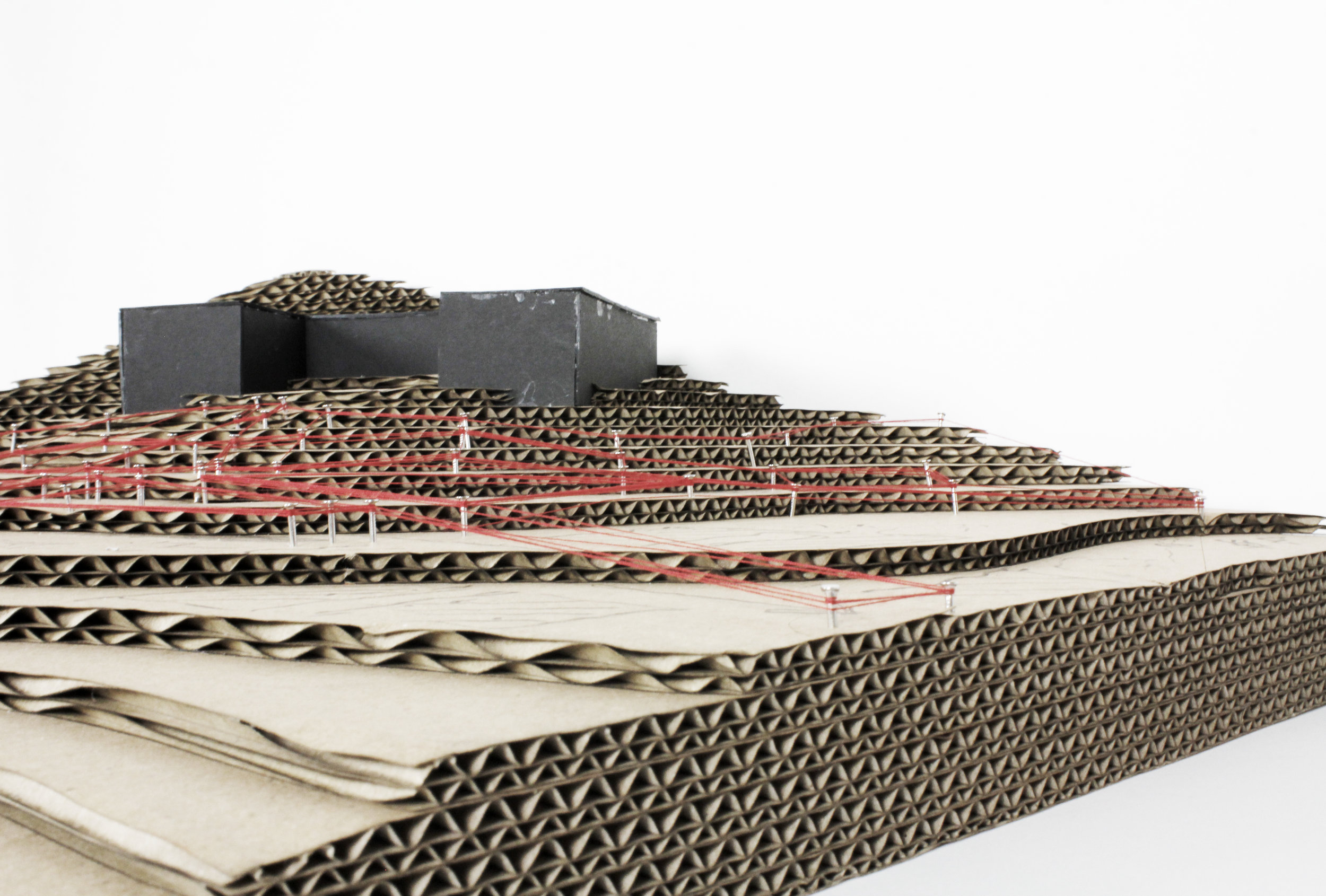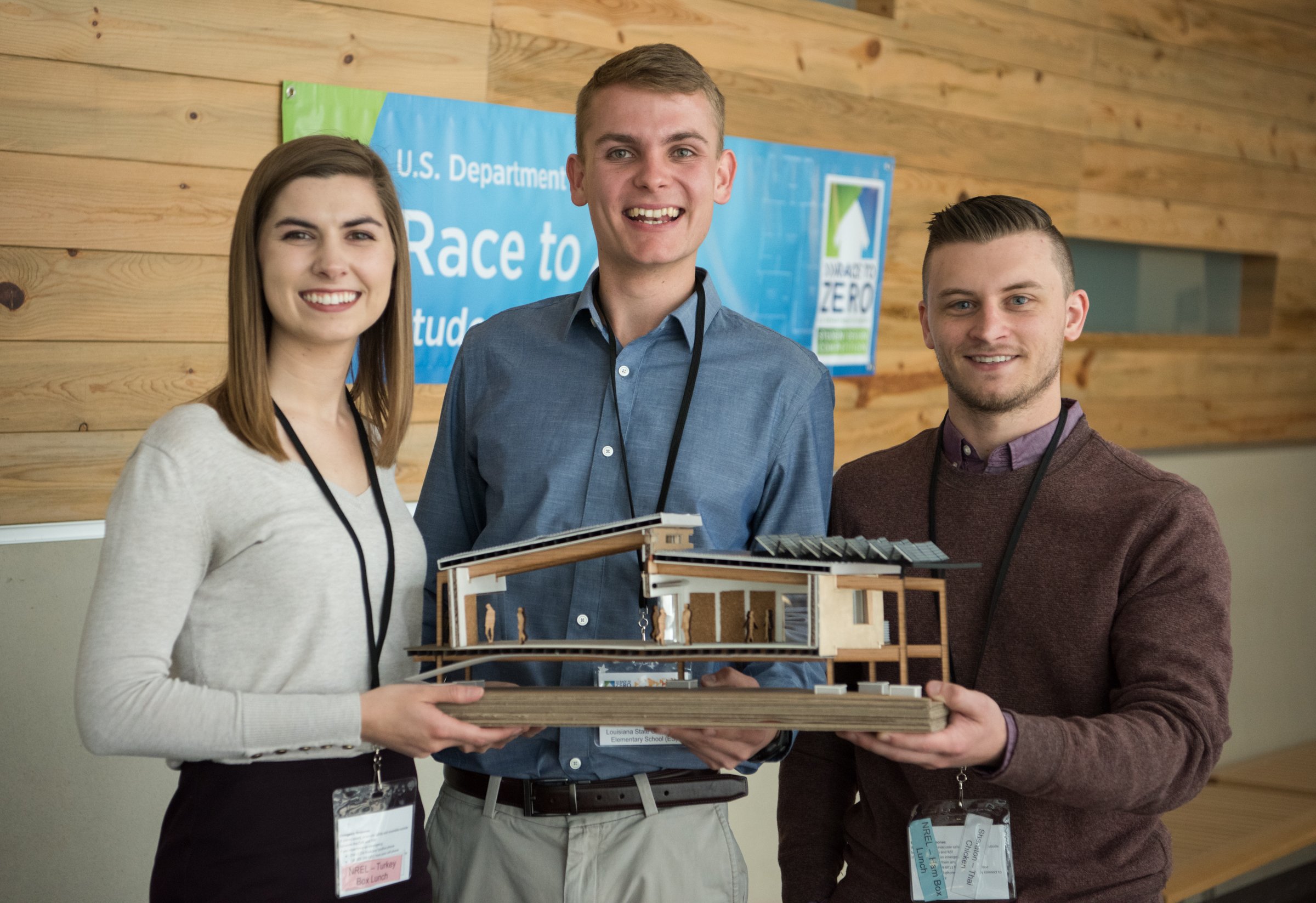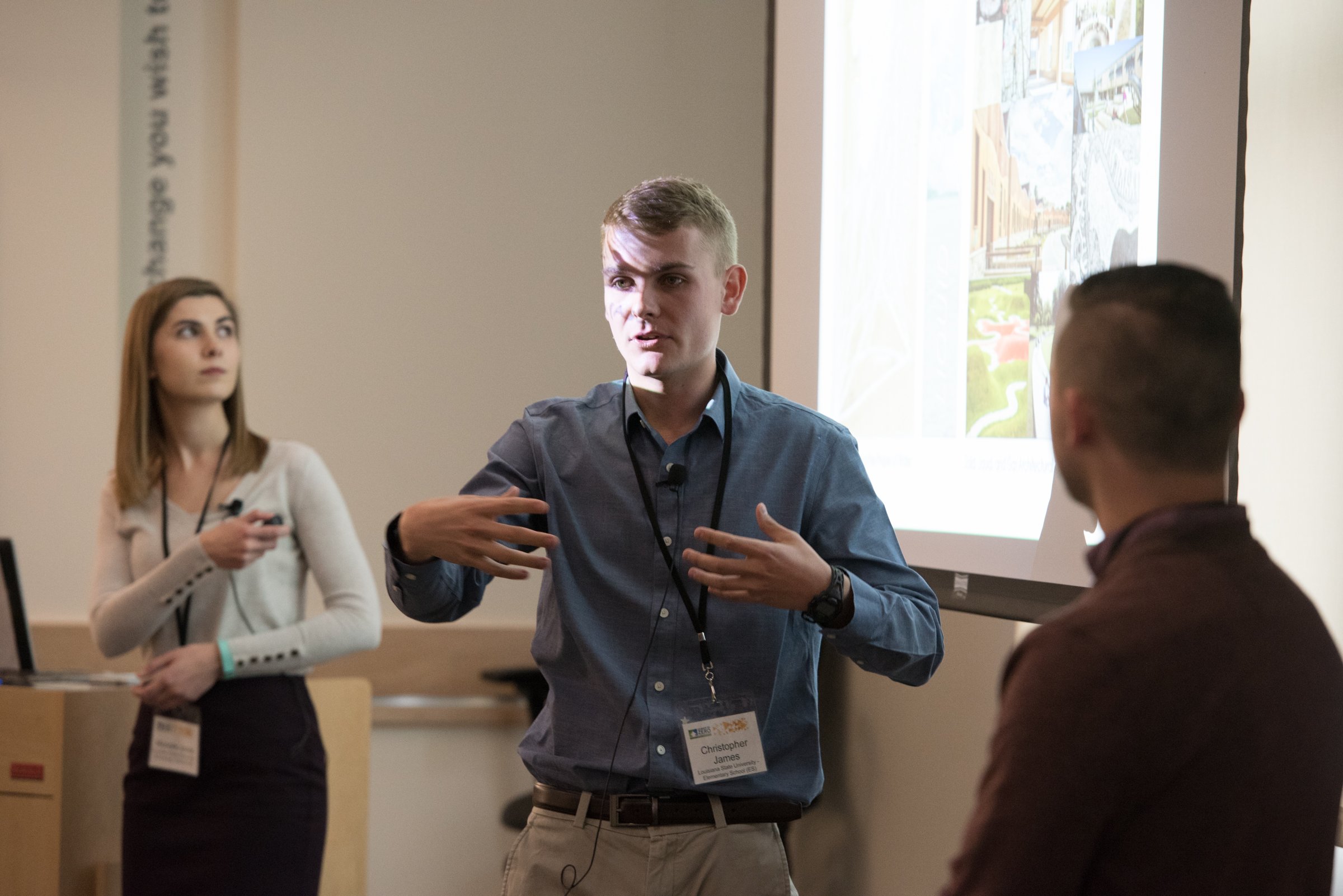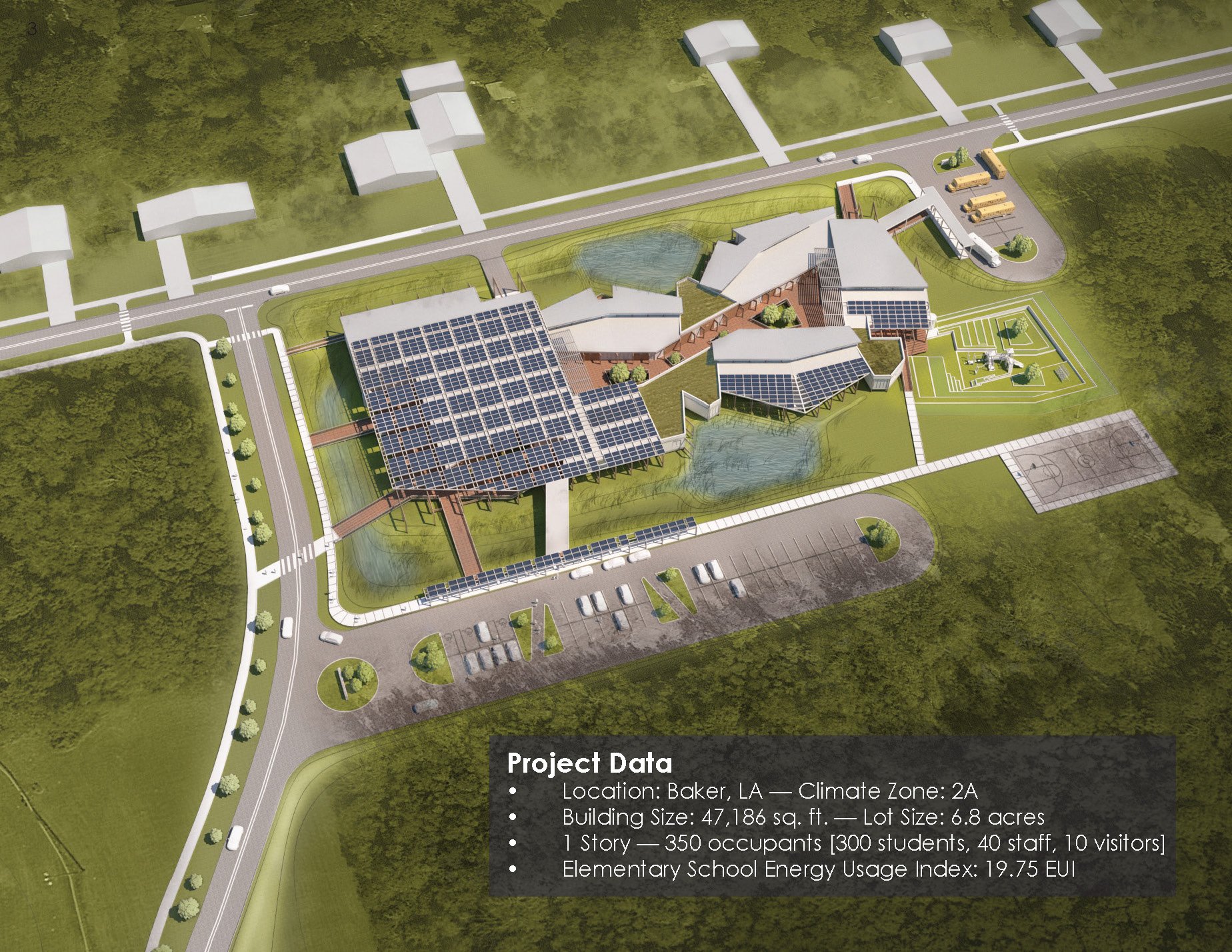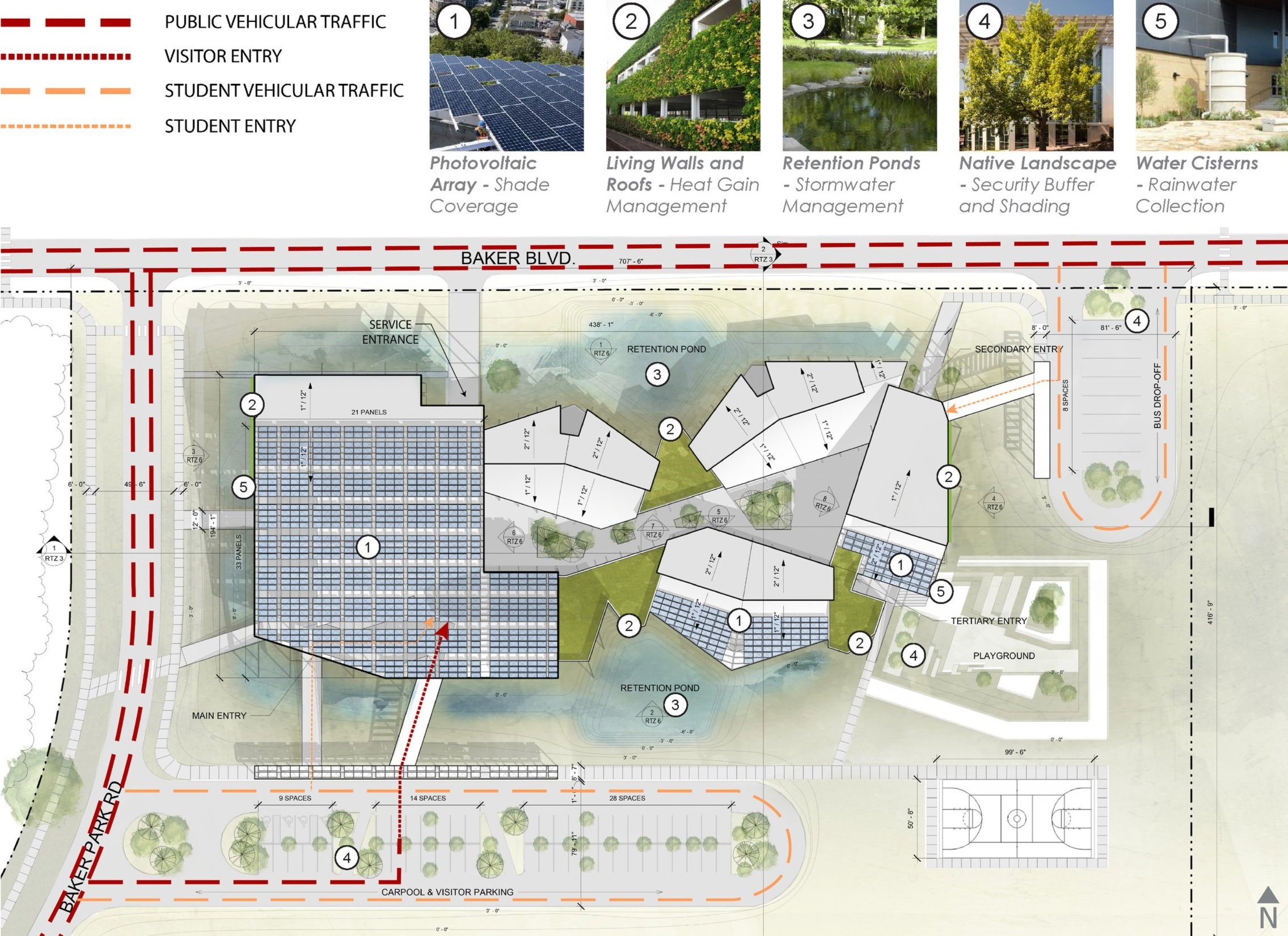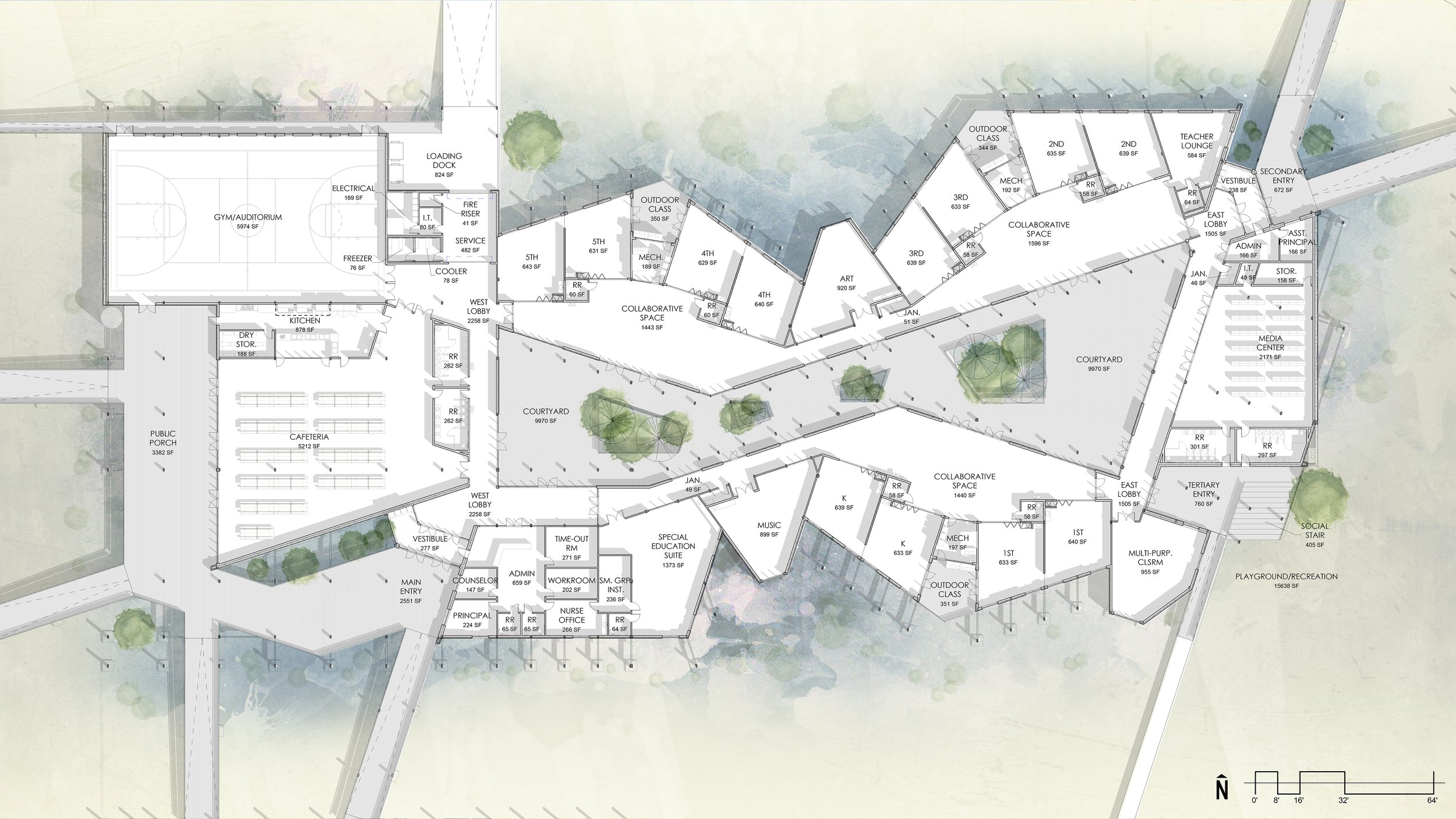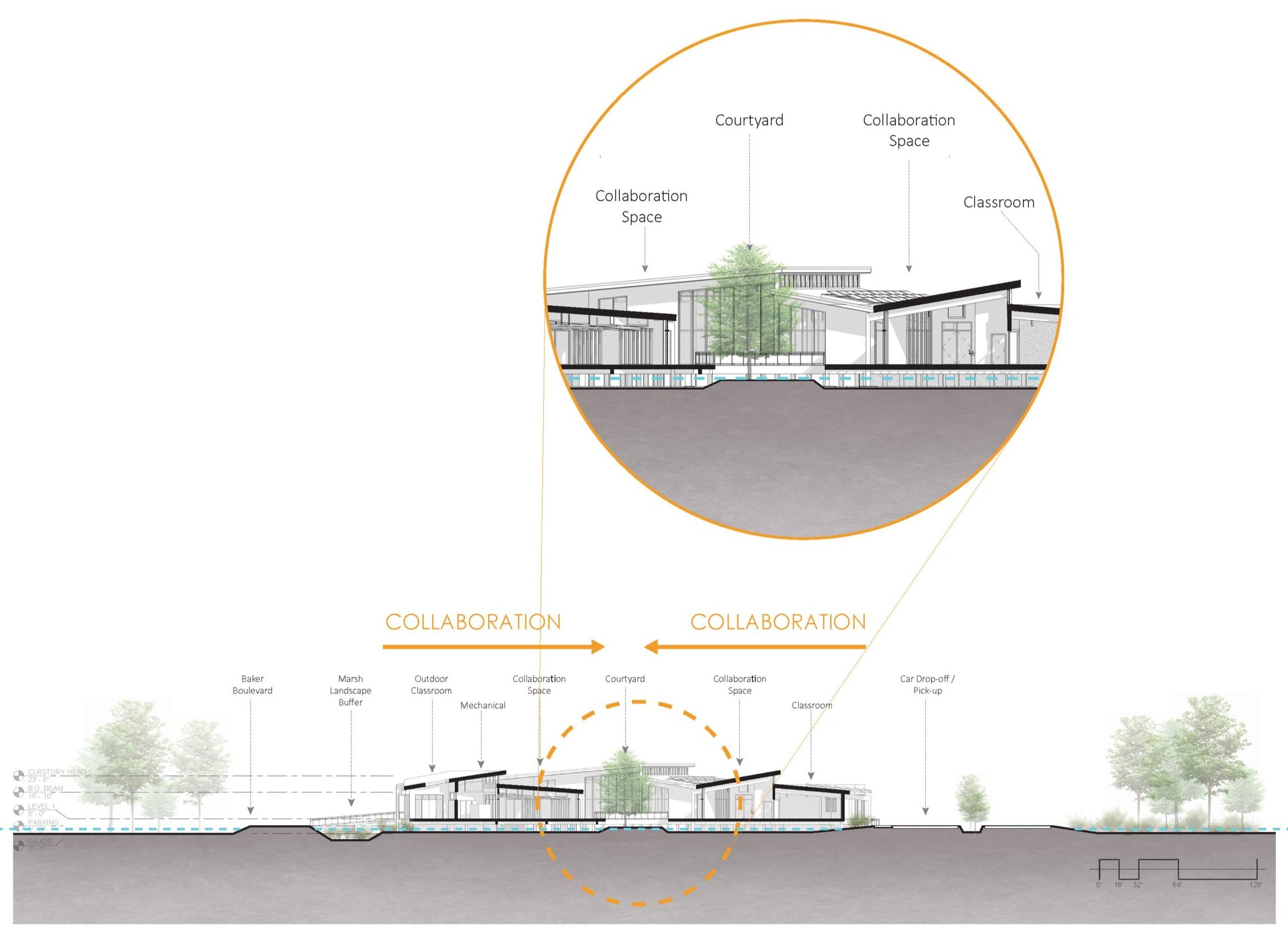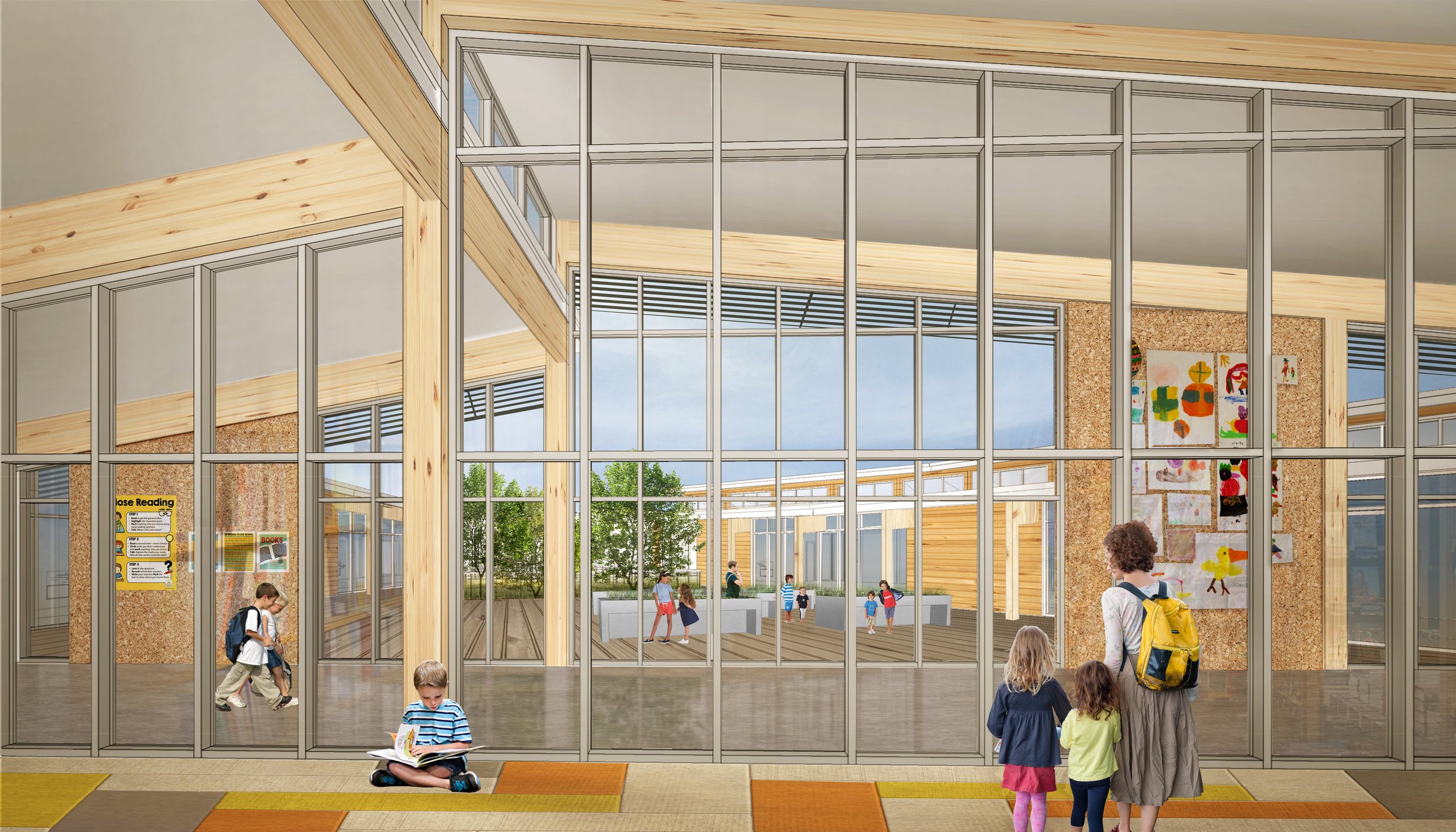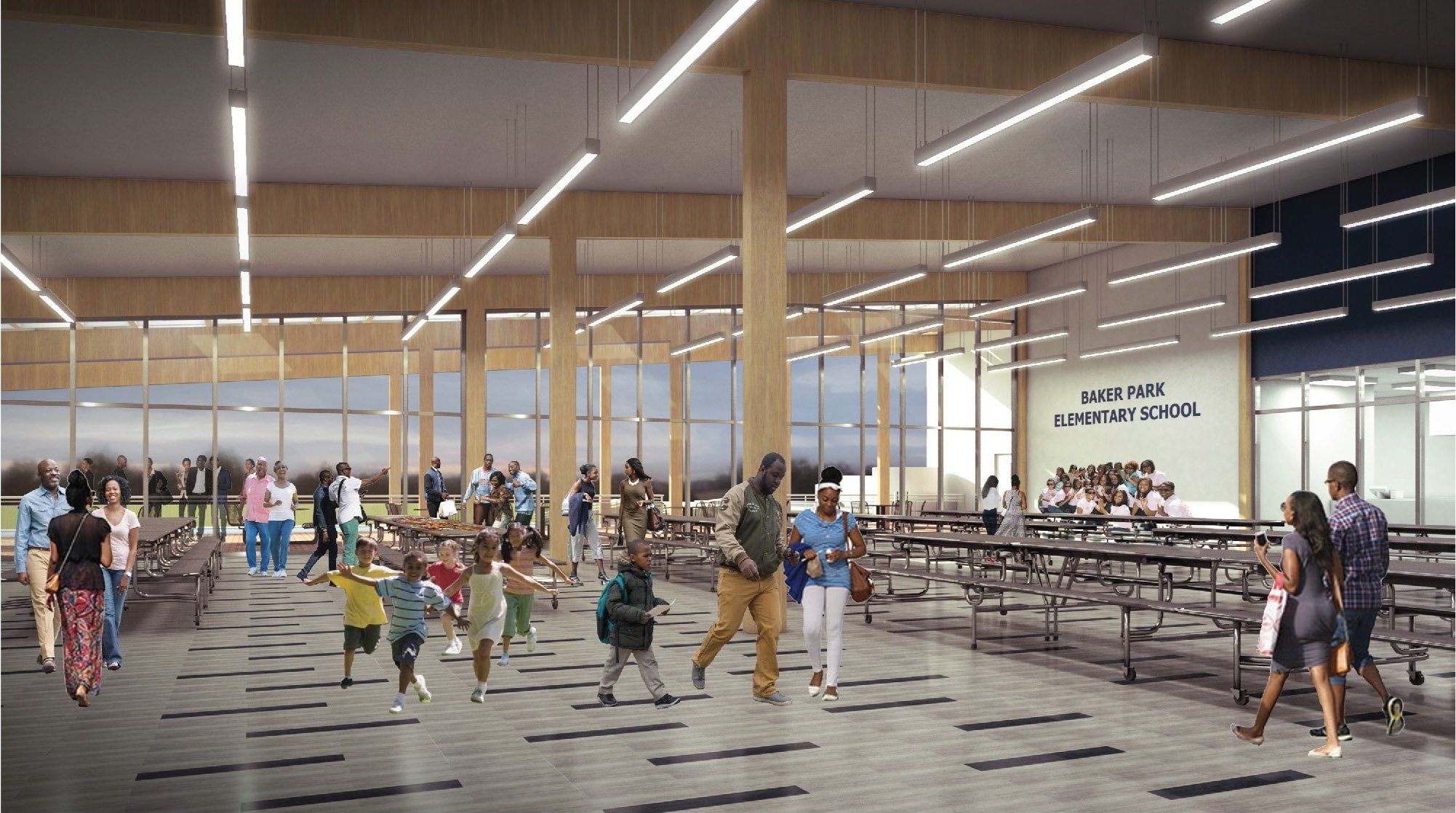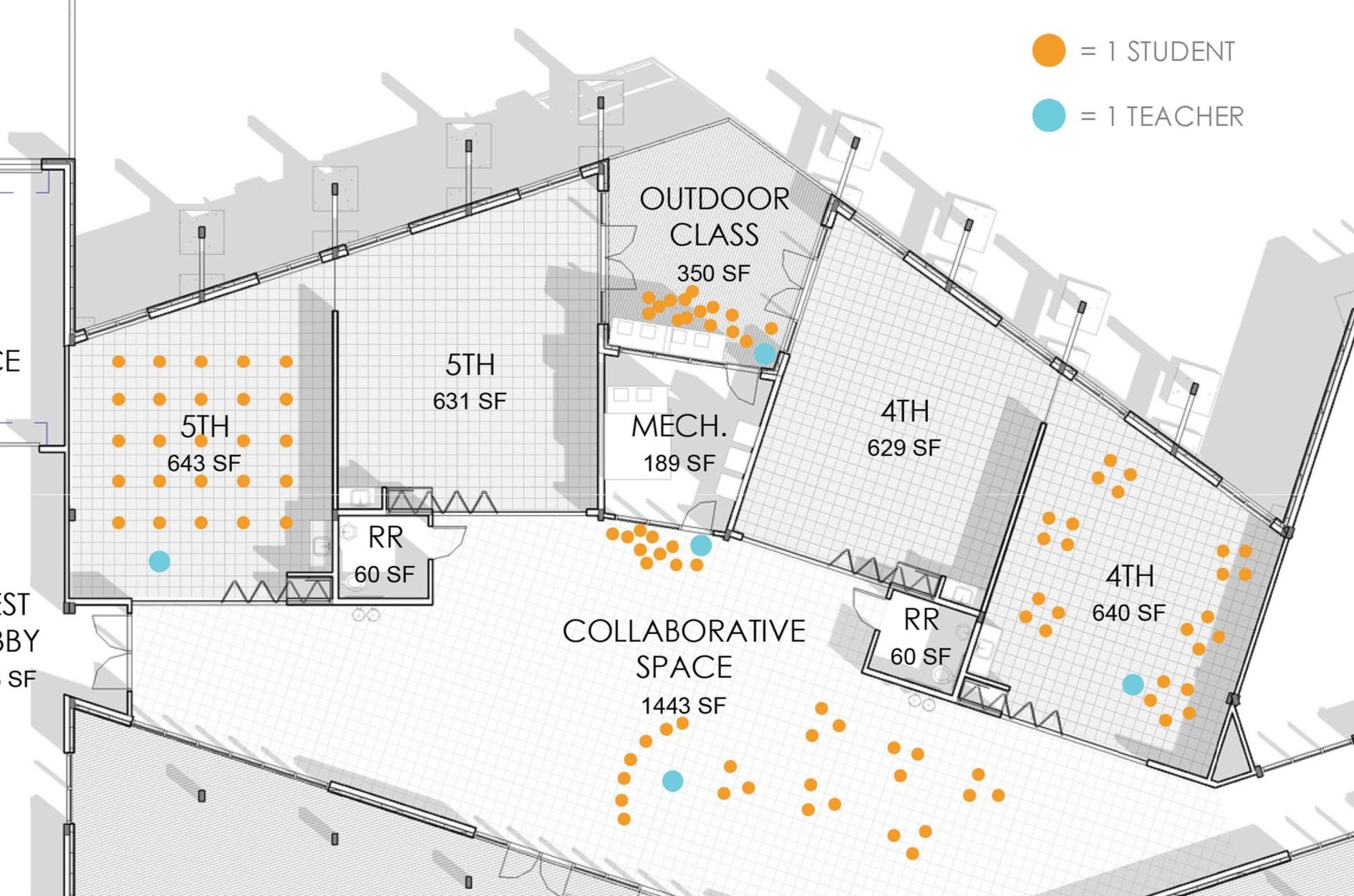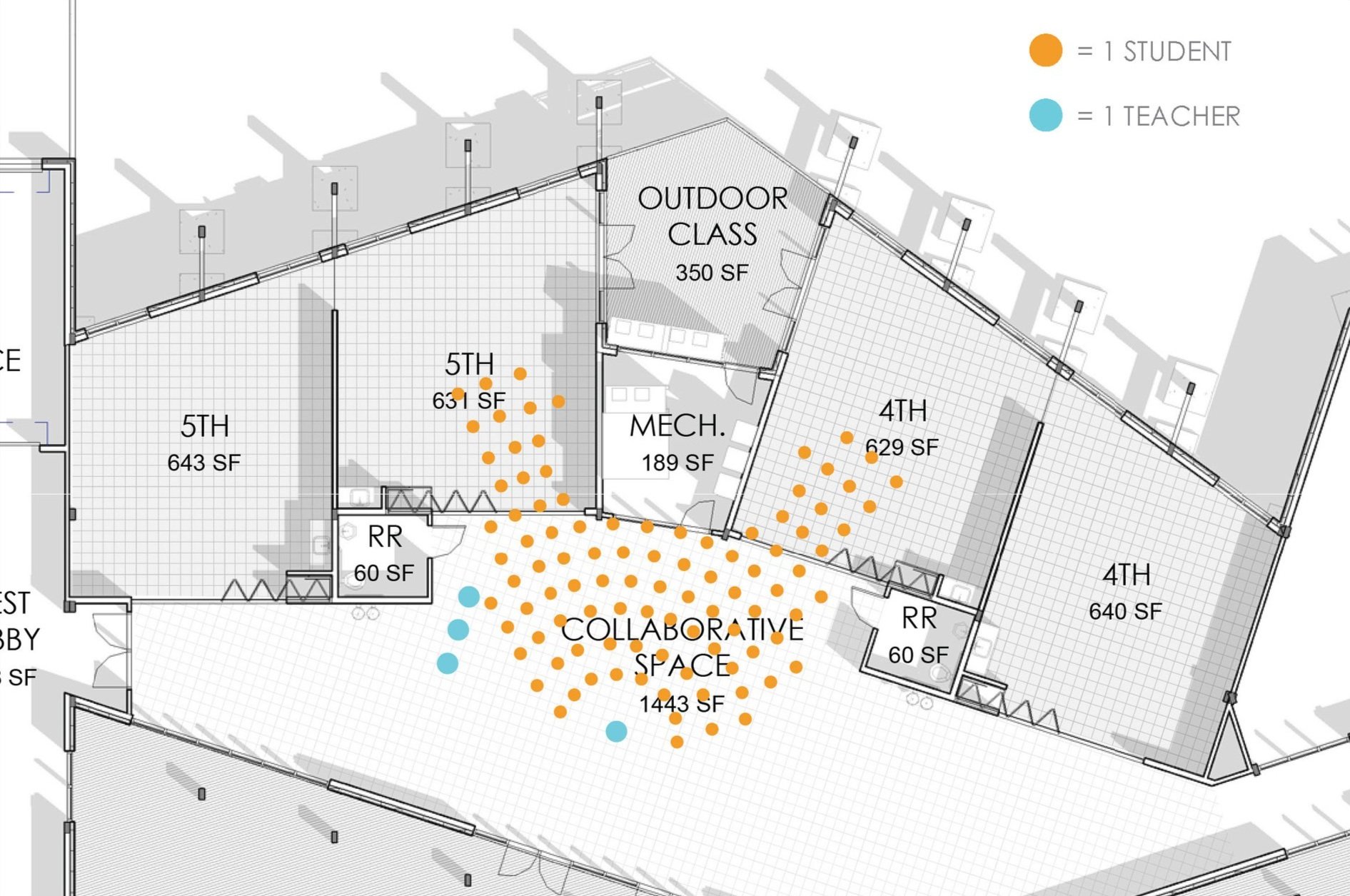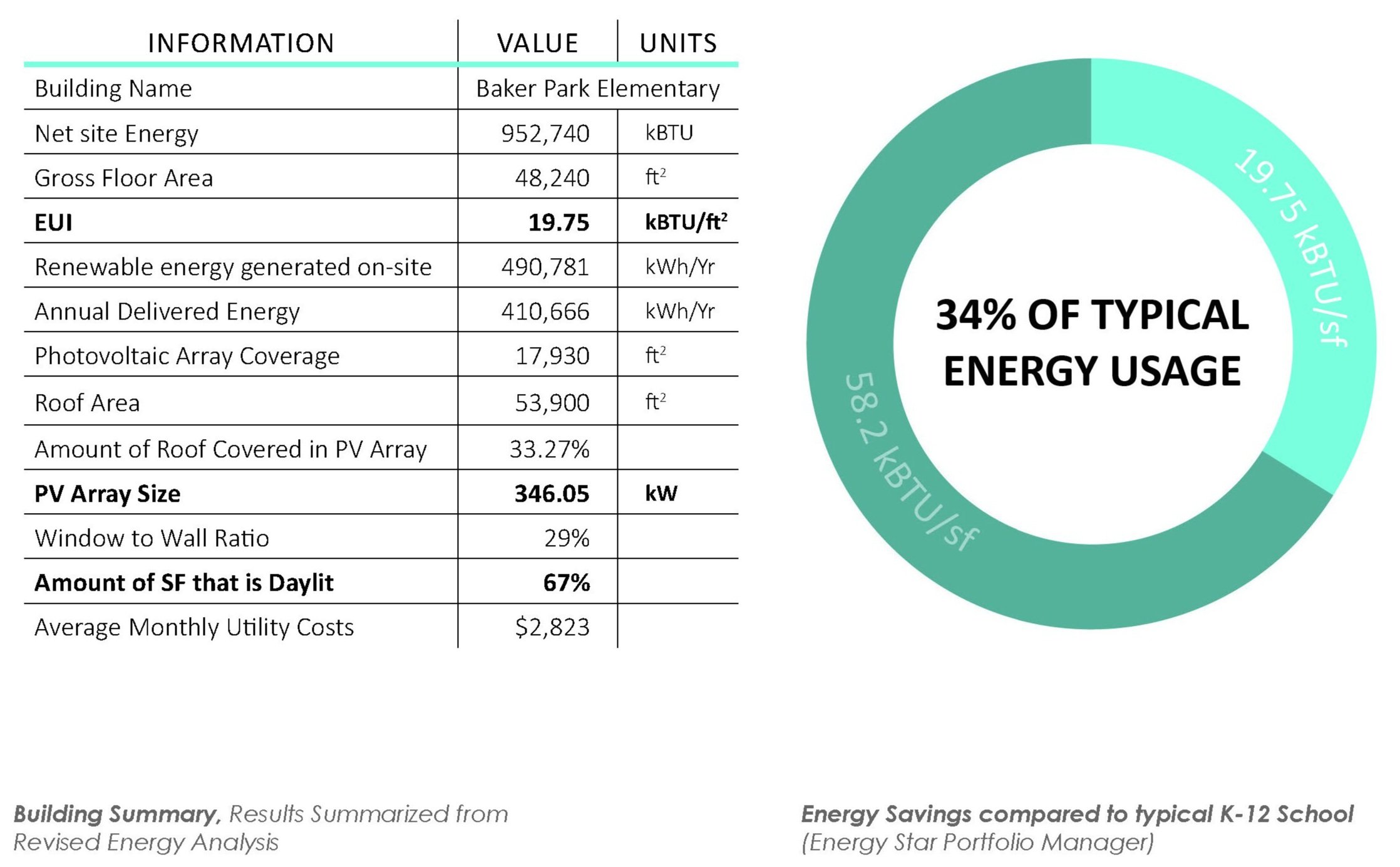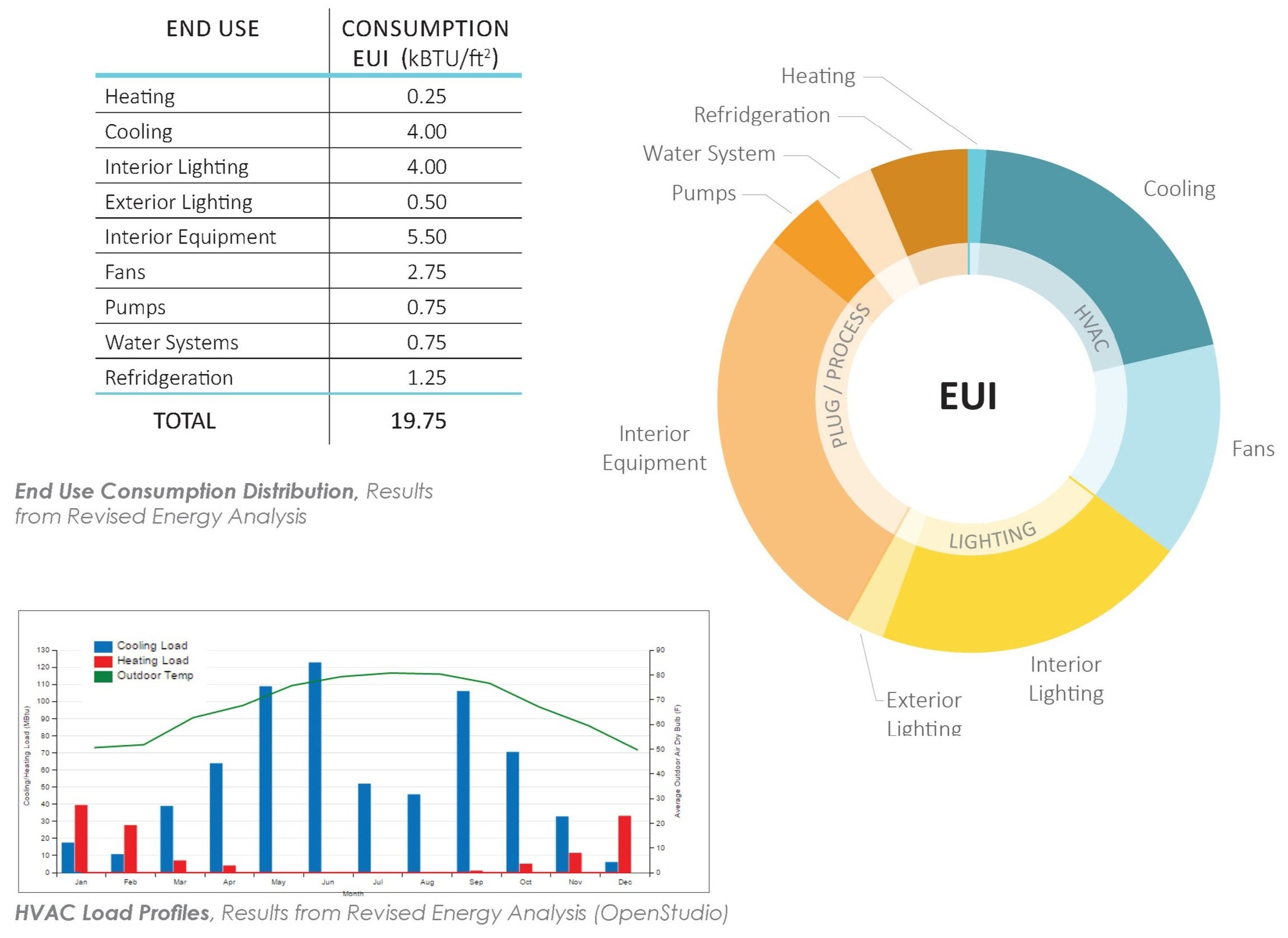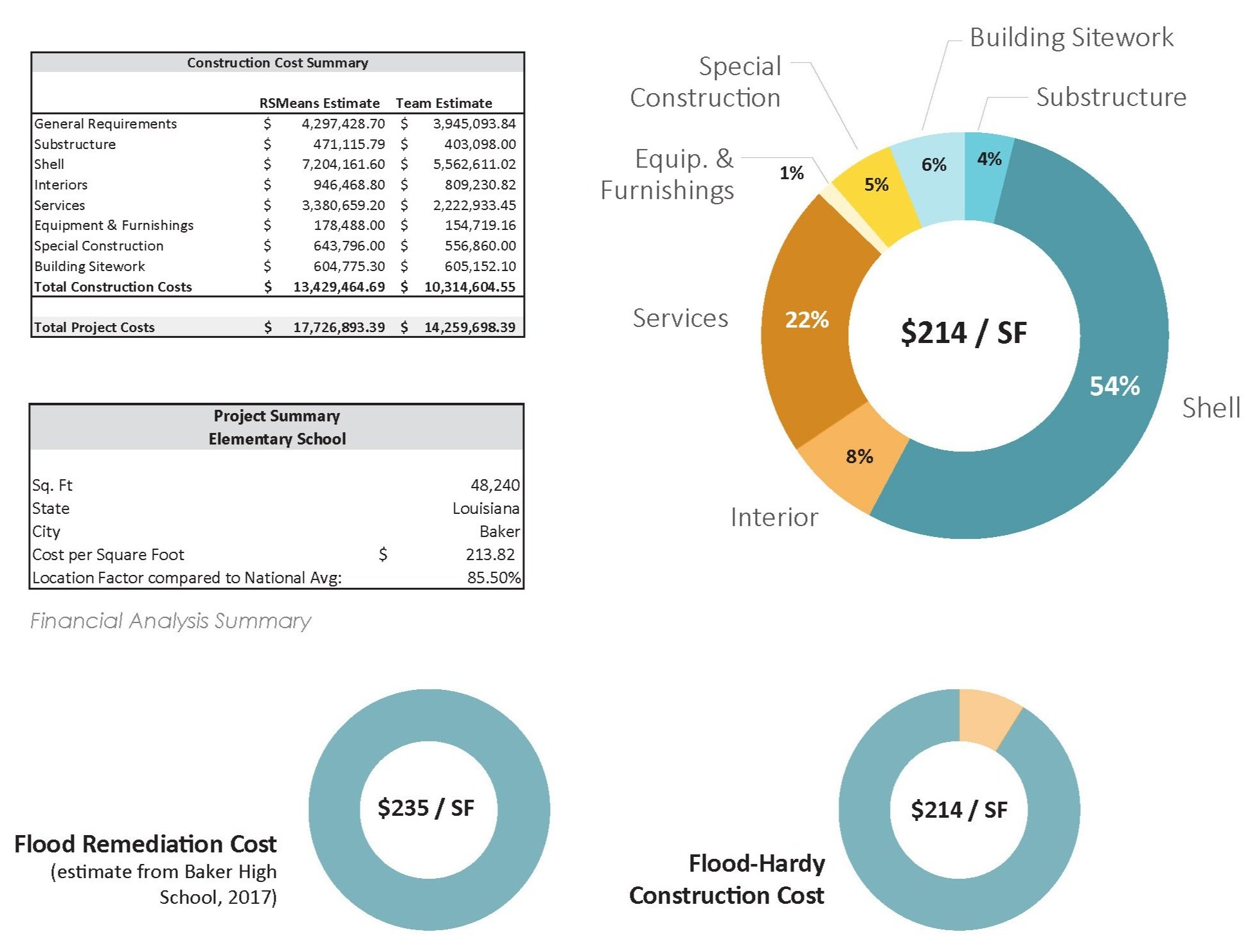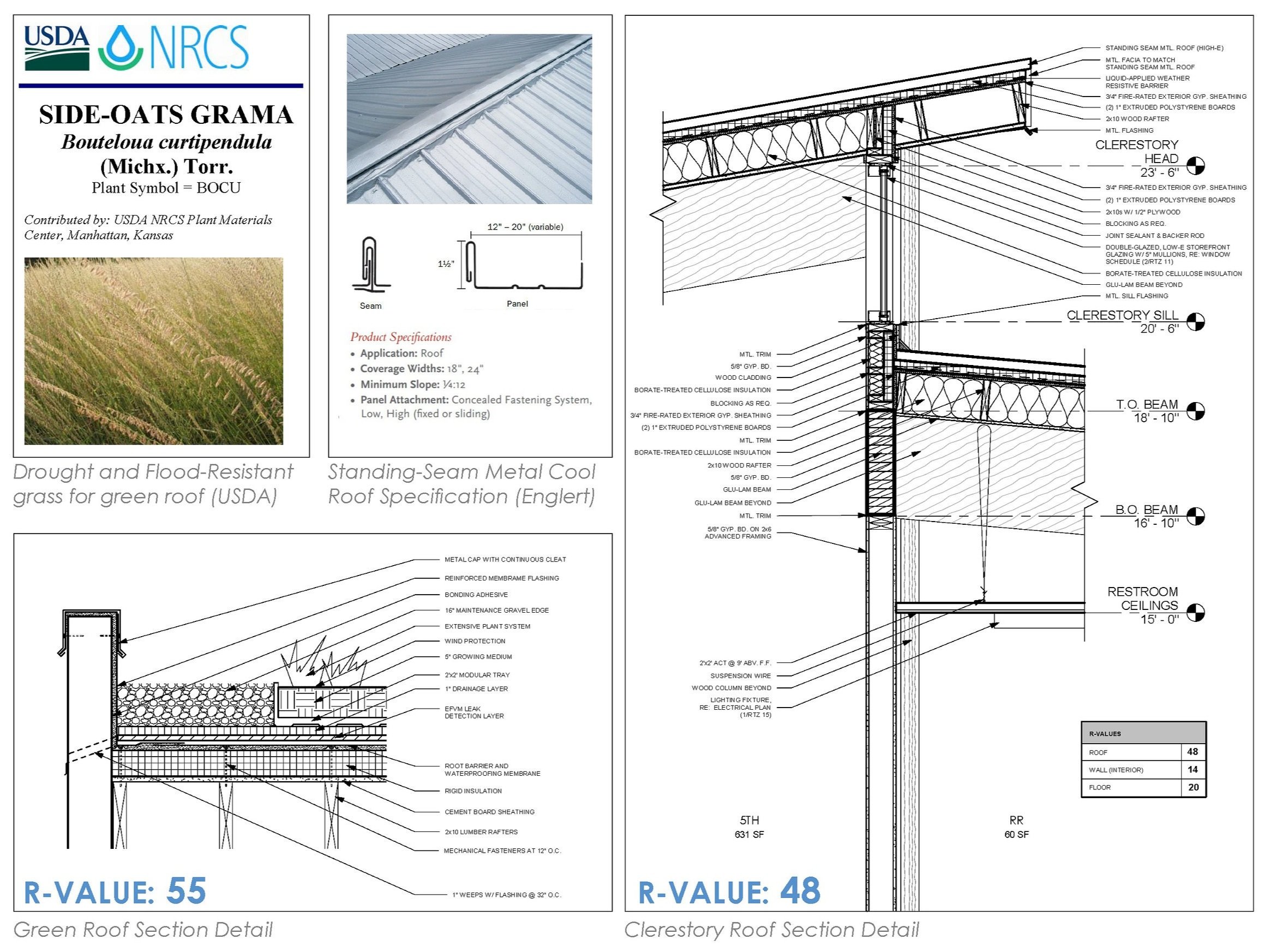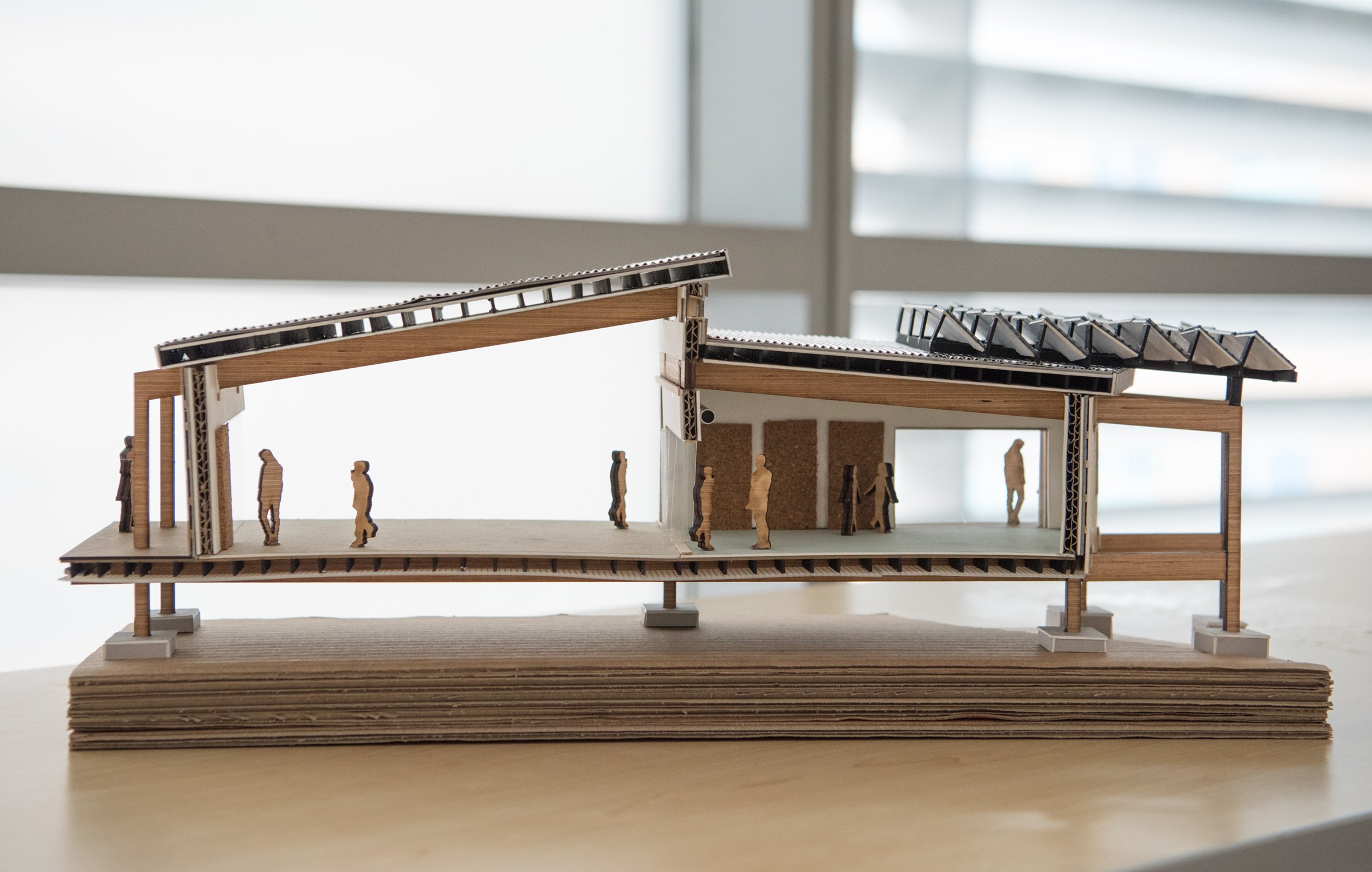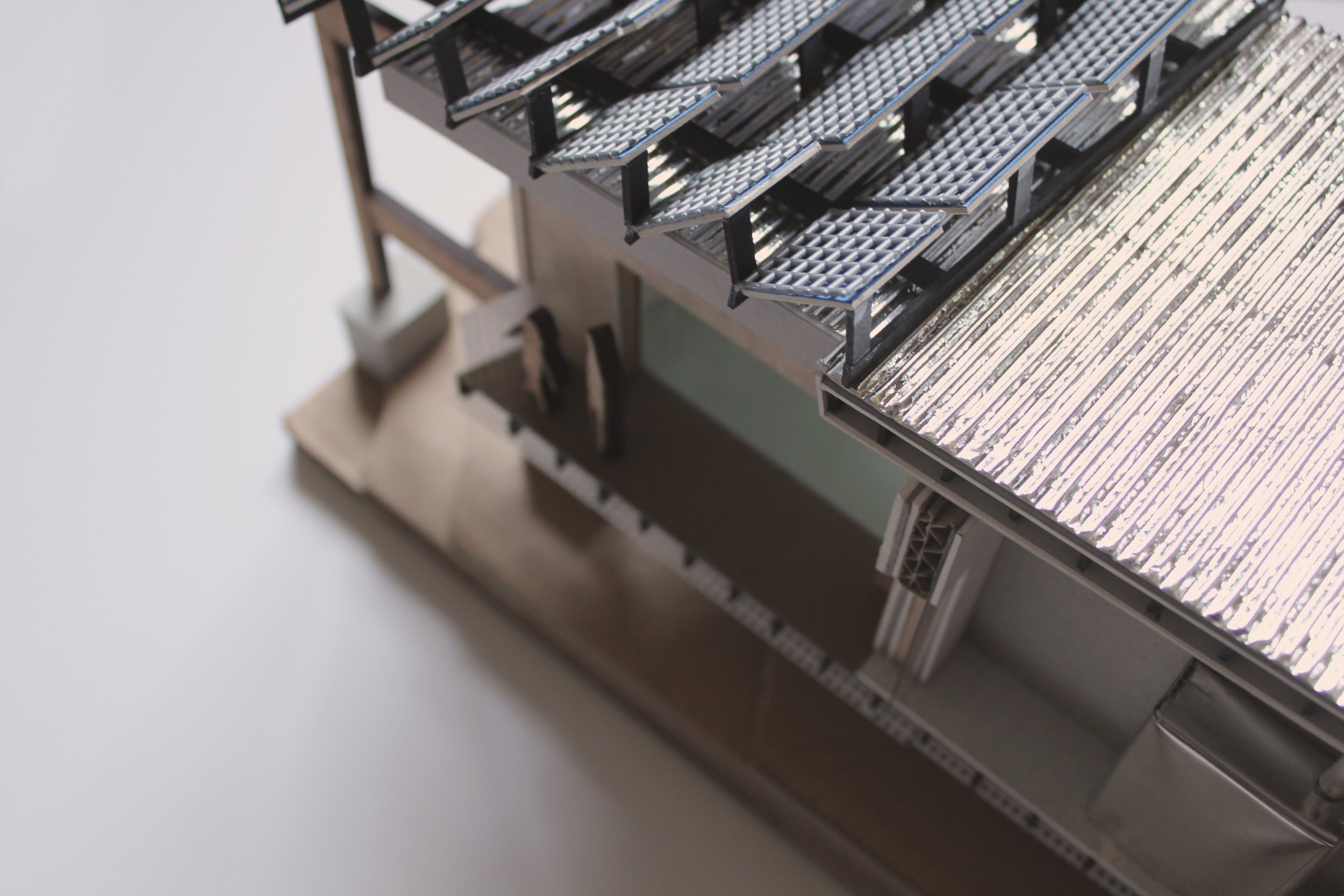FIRST YEAR DESIGN STUDIO - FALL 2013, SPRING 2014
- LSU School of Architecture First Year Academic Achievement Award
These images represent a broad range of explorations into drawing, modeling, and composition - foundations in architectural design. Below are conclusions and lessons learned from this formative year in my design education. For a comprehensive portfolio of this studio's work, click here.
"The expectation of arriving at some final conclusion at the end of a term in design school is false and misleading. Learning occurs in the process of designing and making, so attempting to impose finality on the work strips away any opportunity for it to shape the designer. The projects contained in this portfolio continue indefinitely, always allowing room for improvement and refinement. So rather than claim mastery over the work produced during this foundational year, naiveté is embraced as a motivation to continue creating and growing. The lessons learned this year come not from an observation of the final product, but from an observation of the work that reached towards that goal. Furthermore, these lessons apply to all projects, spanning from the compositional studies at the beginning of the year to the exploration of site construction.
The first characteristic of the design process that revealed itself is the variance of scale. There is a constant oscillation between the fine details and the gross aggregation while working. For example, as the plaster casts were placed into the model landscape, its relationship to the material it touched in immediate proximity was considered simultaneously with its relationship to the rest of the landscape. Every drawing was created in a similar fashion, focusing on a specific moment and its qualities, then stepping back to view the image as a whole. Just as a camera zooms in on its subject, so the focus of the work zooms in and out.
The second characteristic is the value of hierarchical emphasis. By placing emphasis on a part of a composition, its importance is increased, and it registers as a signal in the field of noise. For instance, the wire armature that was used to define space in the final project employed this emphasis to draw the eye to specific relationships, namely the three lines of sight between the groups of plaster casts. Also, the design intent is expressed by the established hierarchy, placing an order on disjointed things and guiding the viewer to understand that order.
The final characteristic is the importance of a constant, rigorous analysis of reactions. Every line that is drawn, every layer of paint applied, every piece added, every word written, elicits a response from the field around it. In order to respect this phenomenon, the work must slow down. Each design decision must be carefully considered and respond to the previous decisions. In the final project, the material cut away from the landscape had to be placed elsewhere in the site, and that placement was a response to the cut that was just made. Similarly, every cast was positioned in response to the condition created by the existing casts.
These issues of scale, emphasis, and reaction are invaluable to the designer because they foster a more intentional pattern of work. Instead of structuring a specific outcome, the work is structured in such a way that great outcomes are possible."
